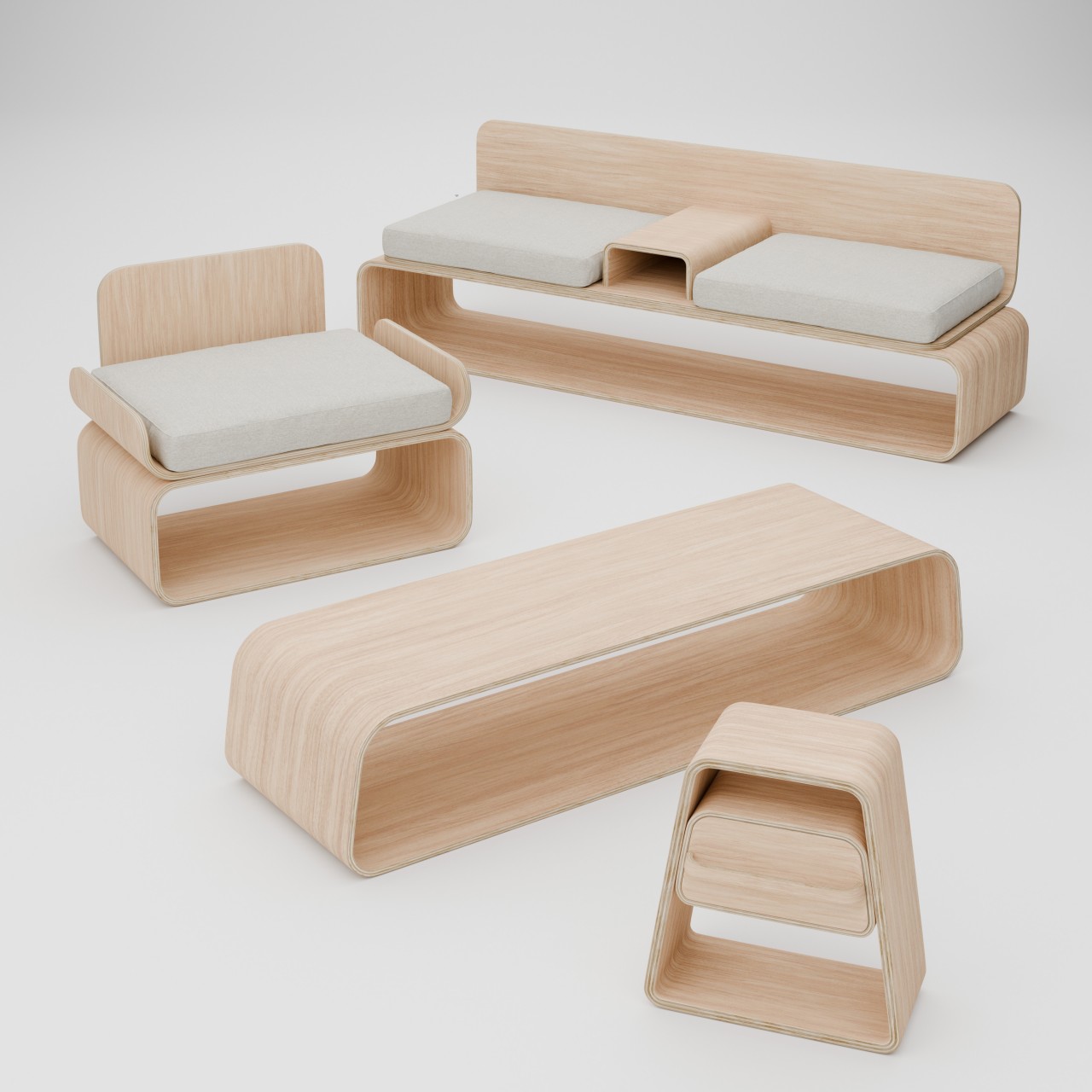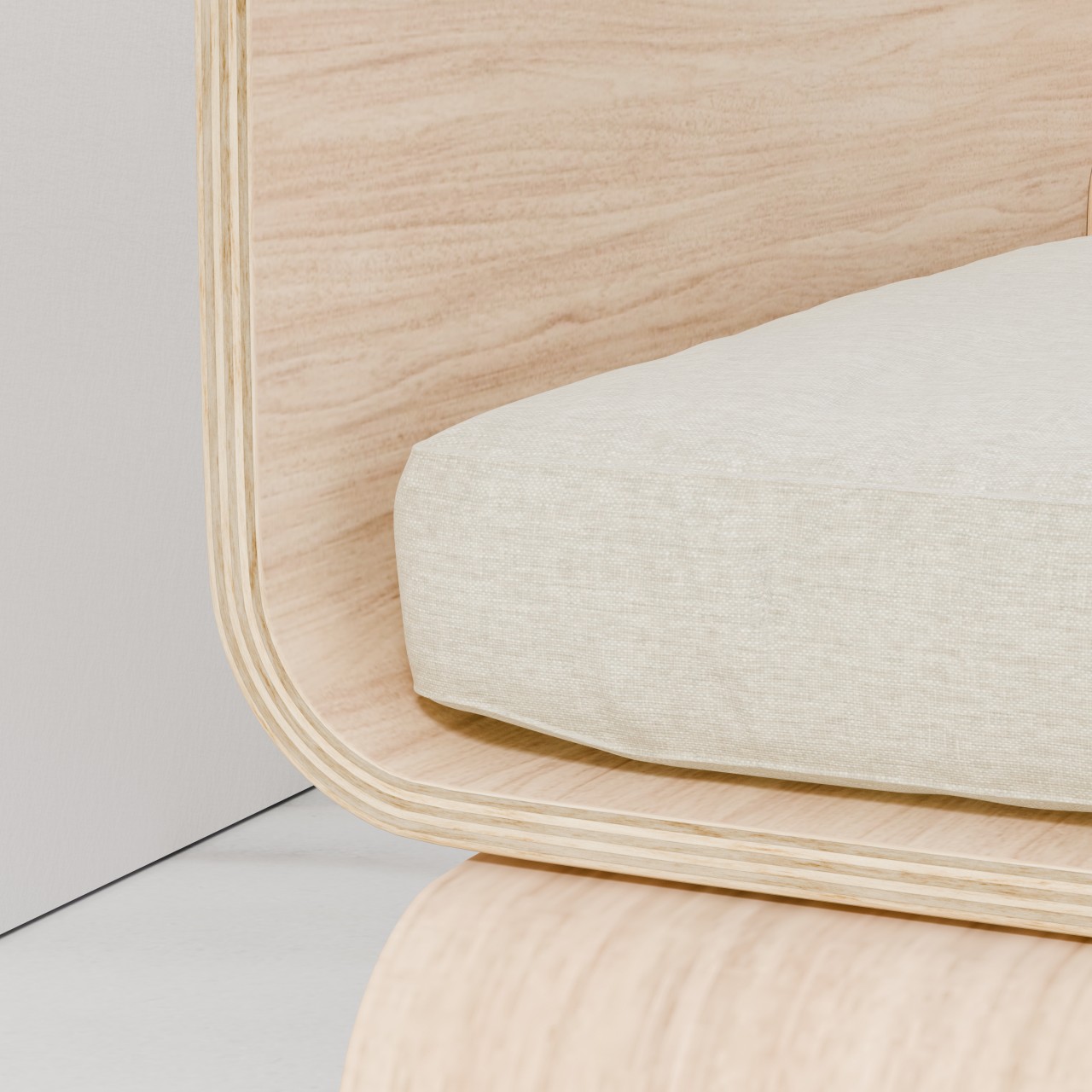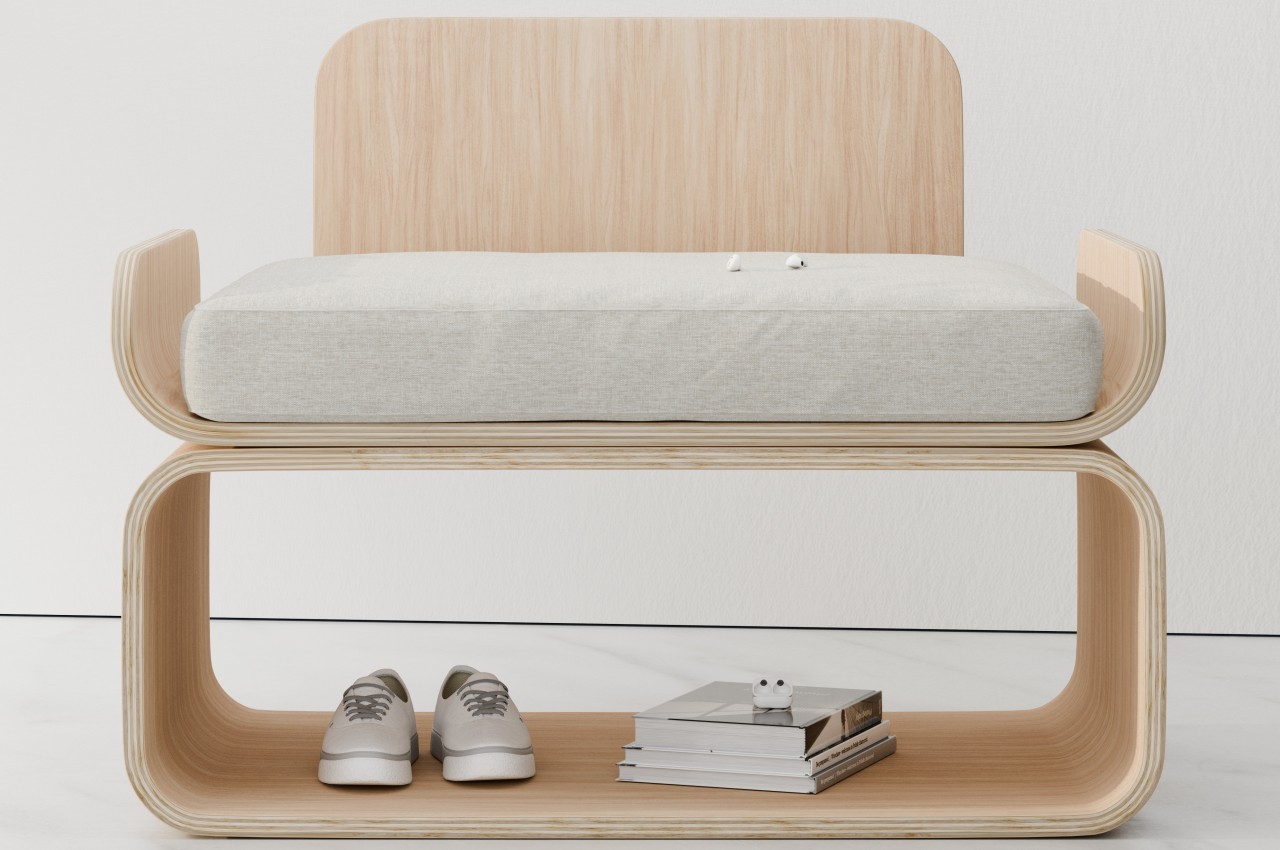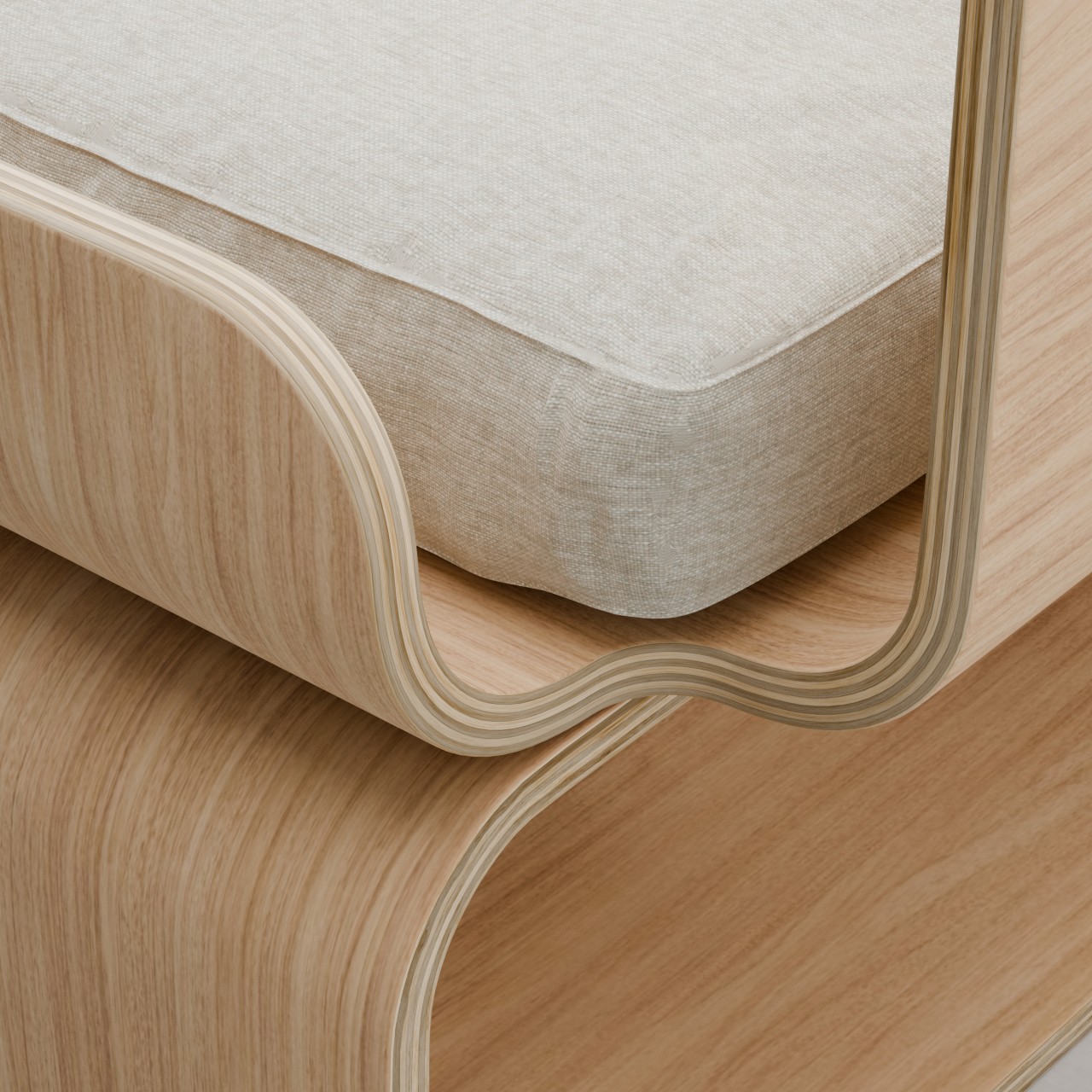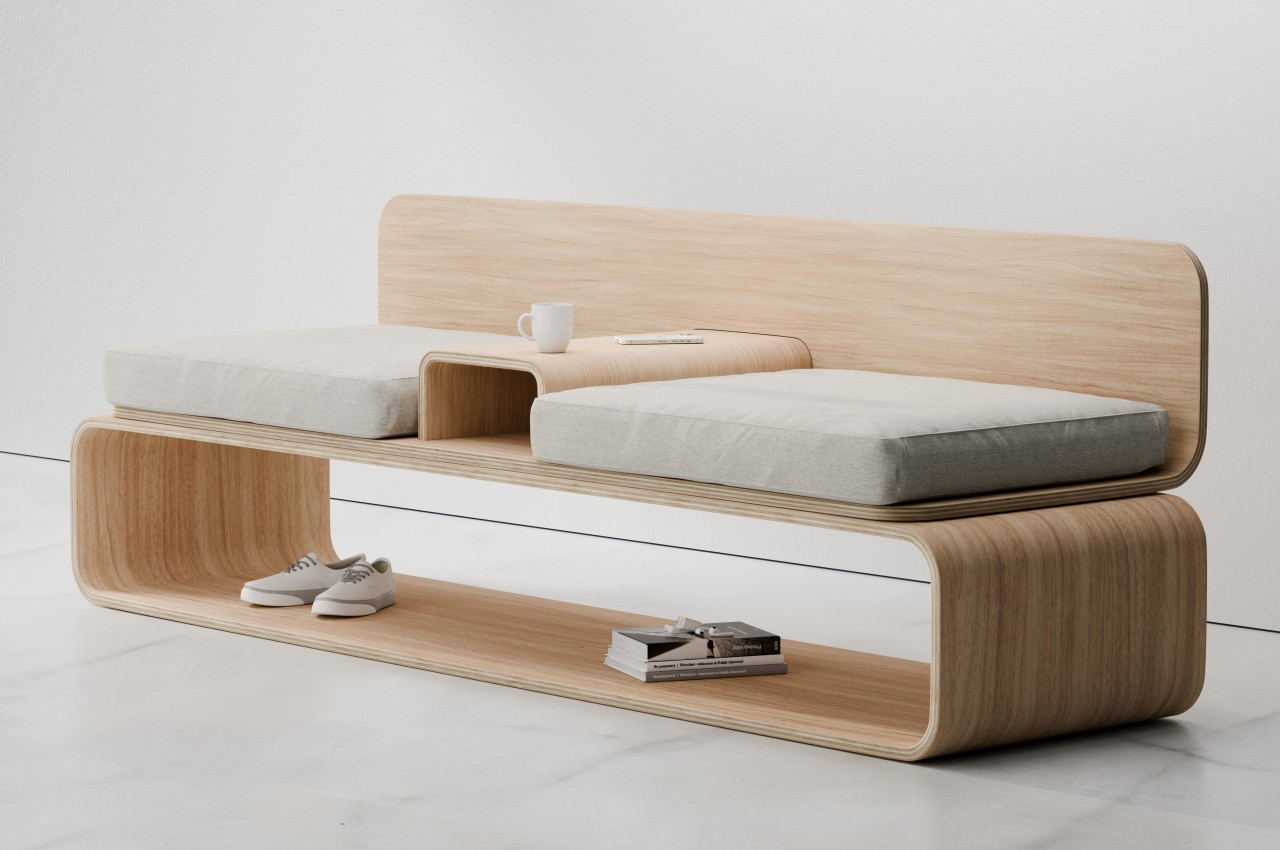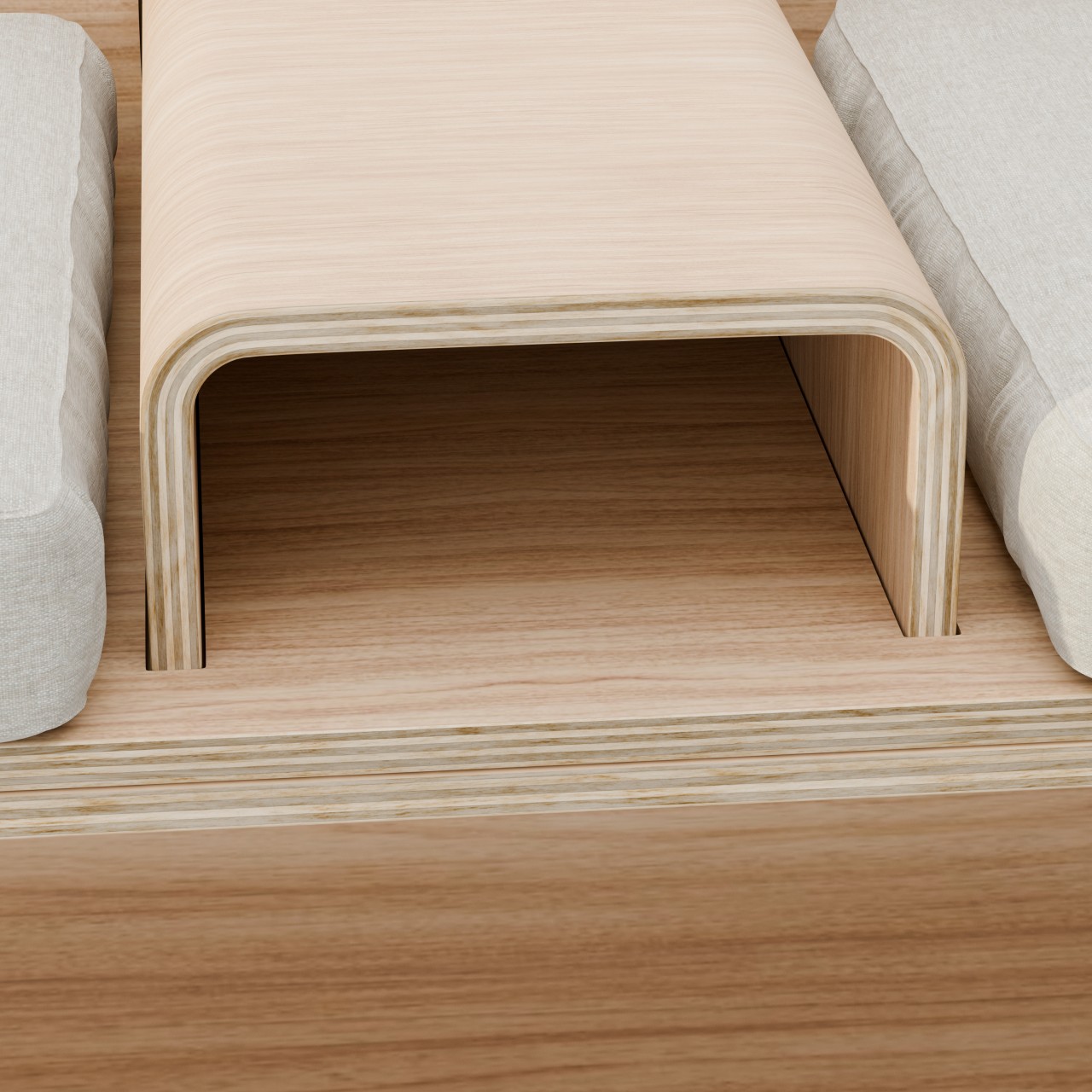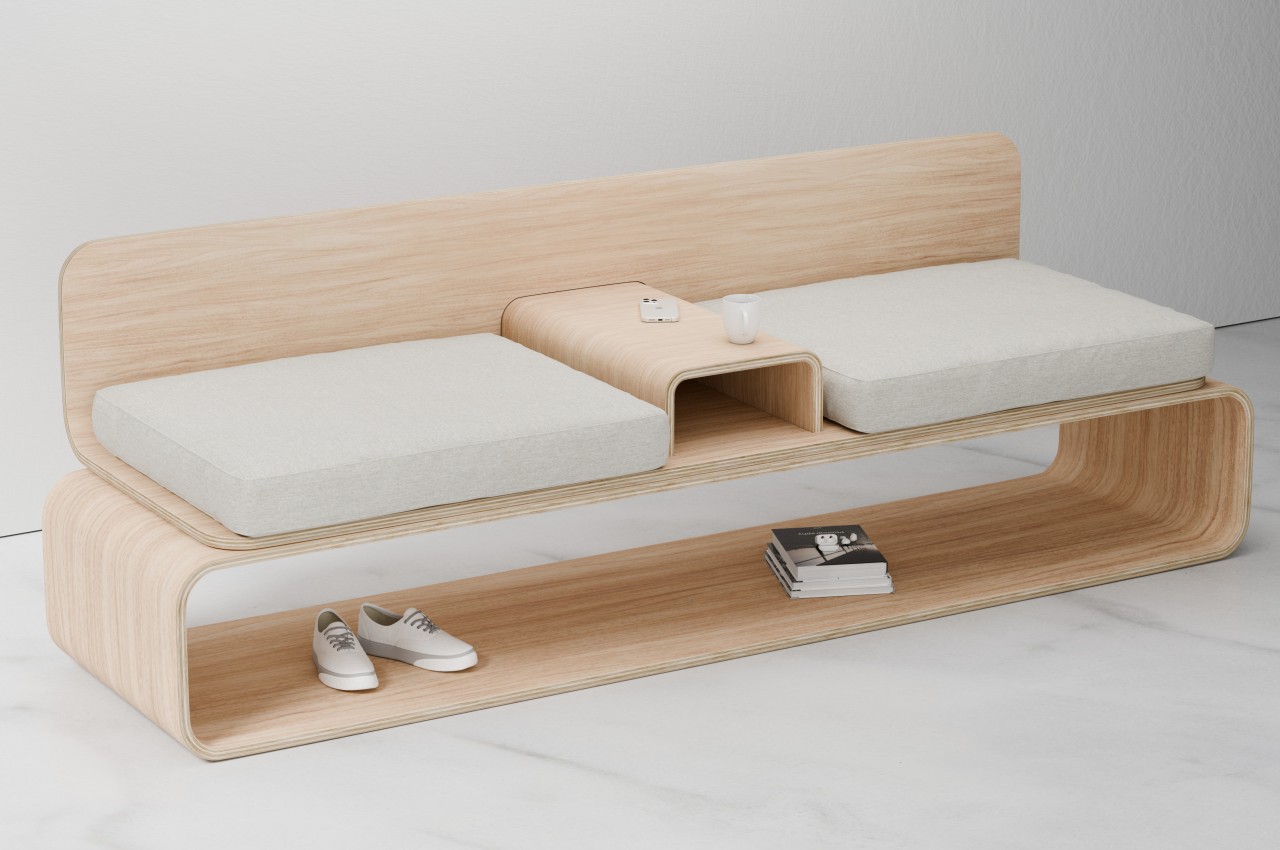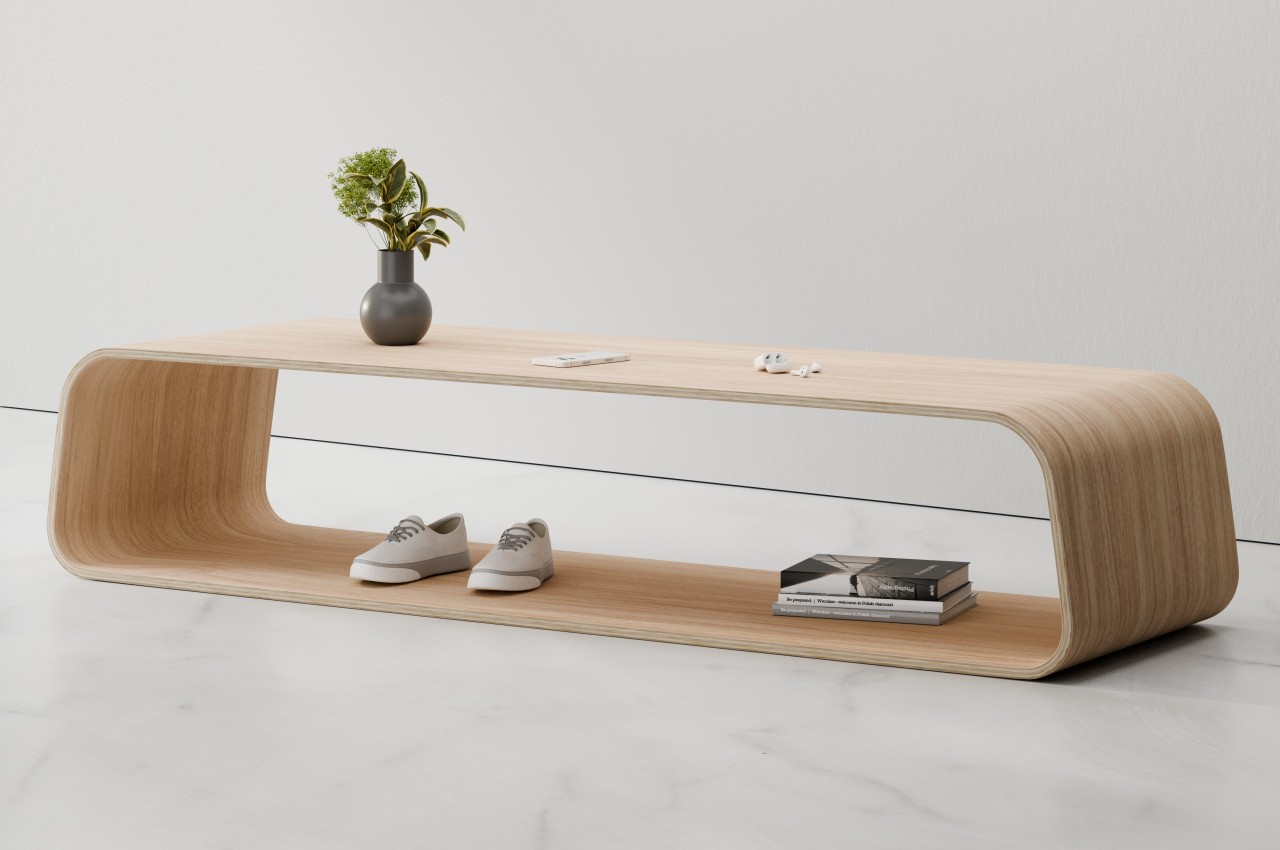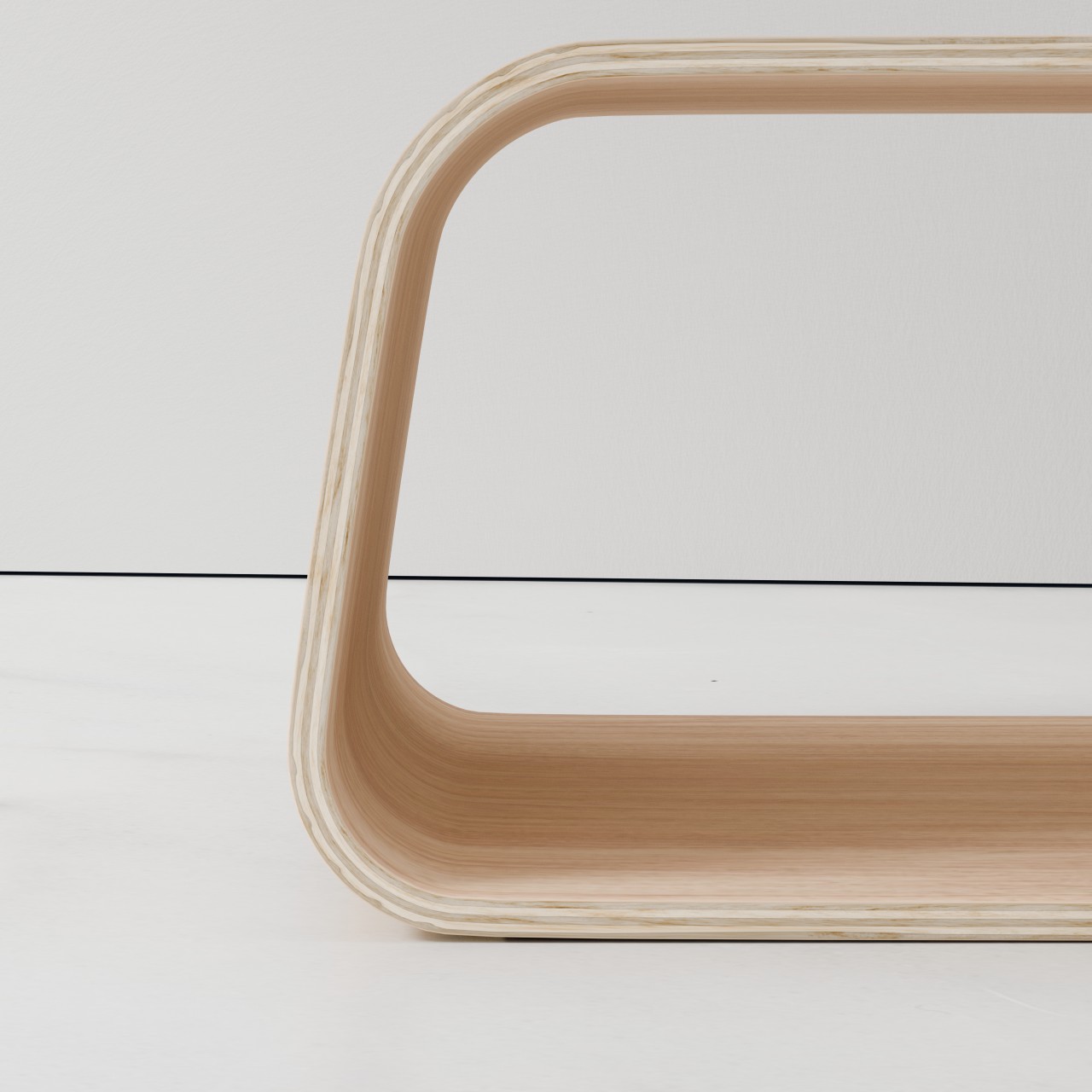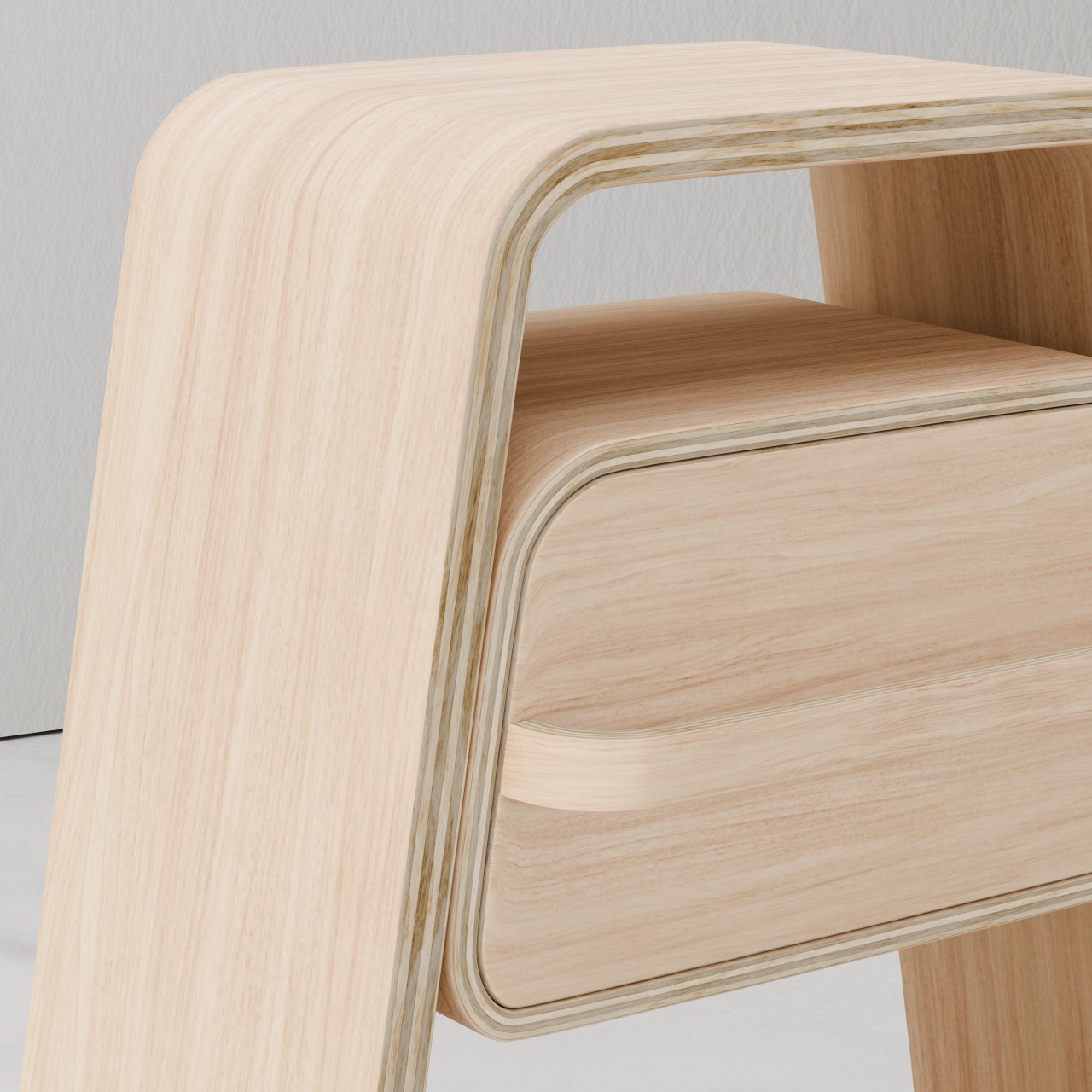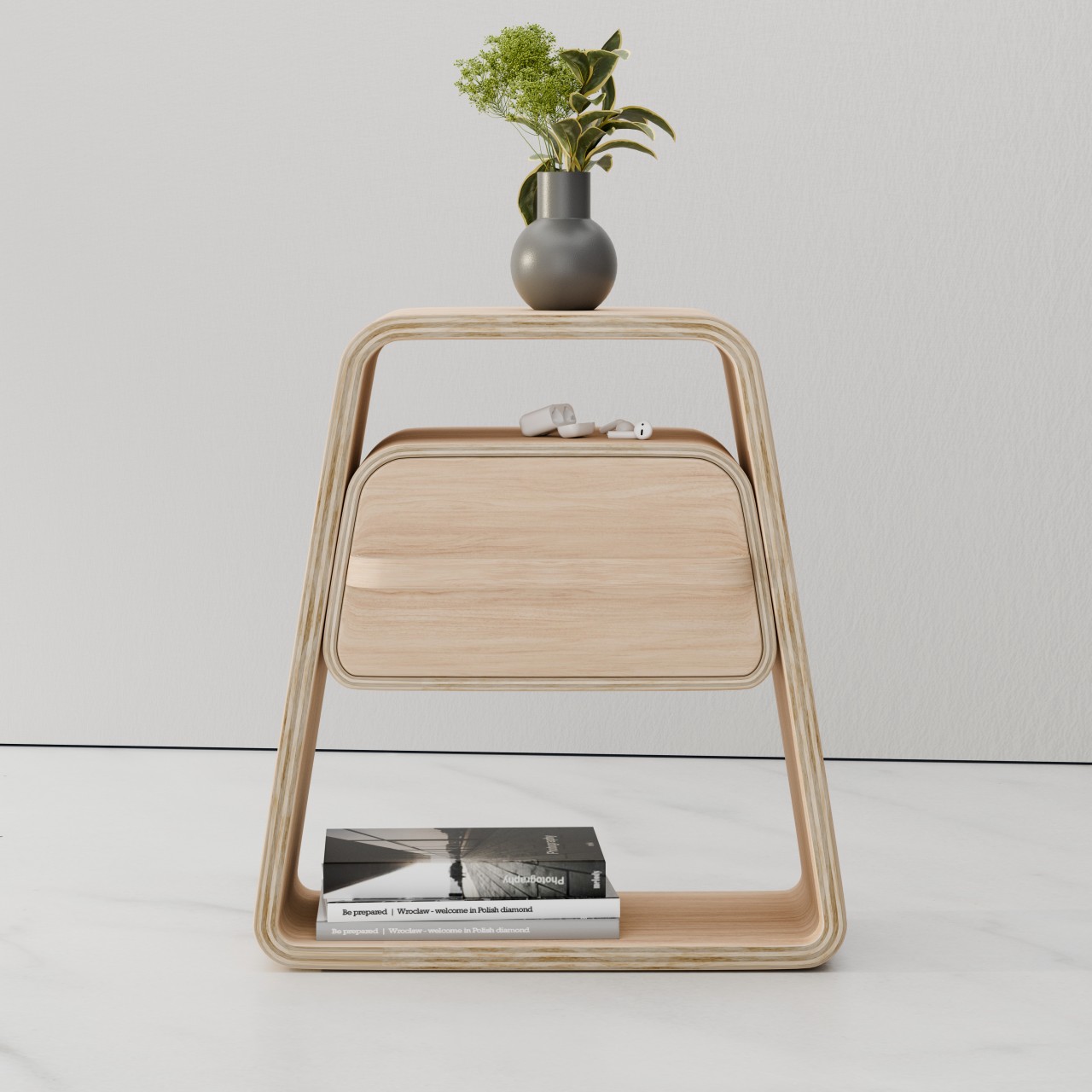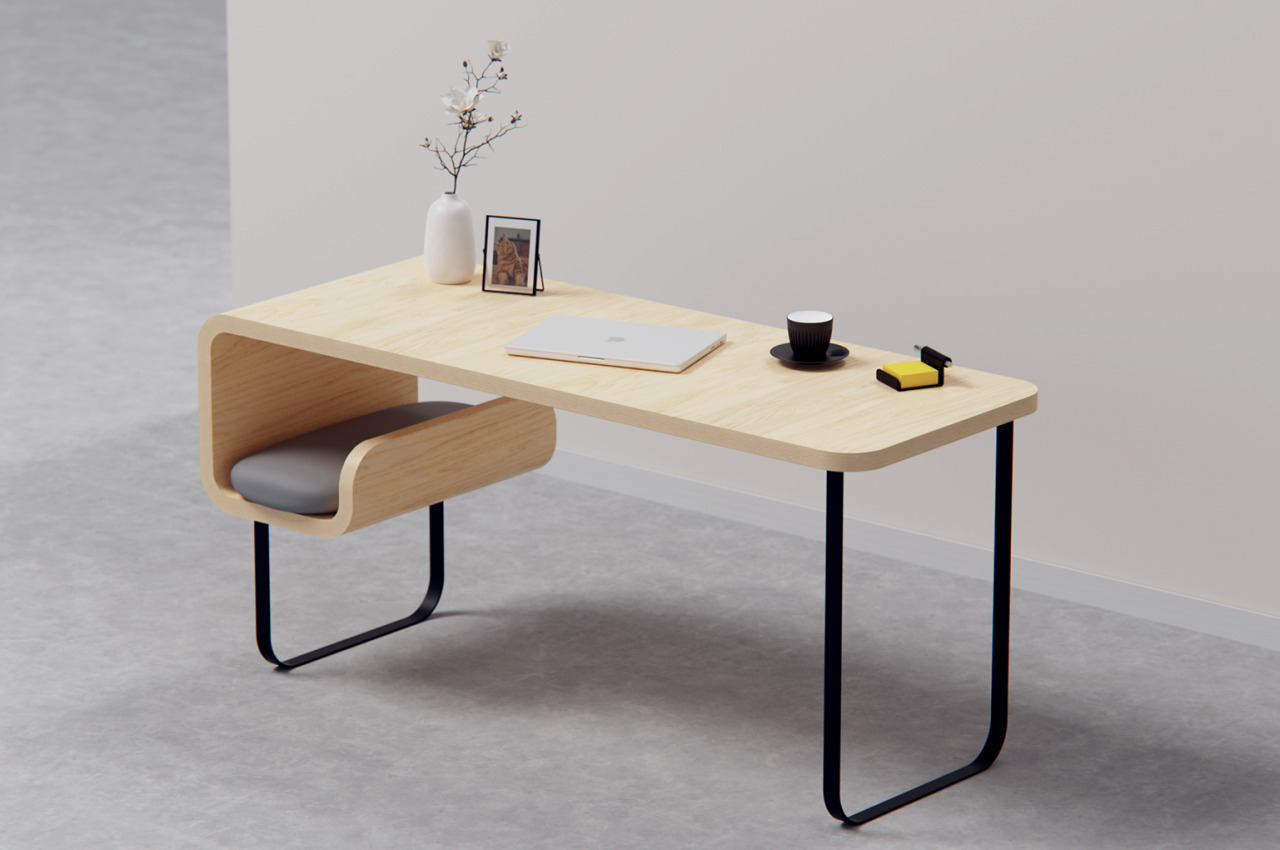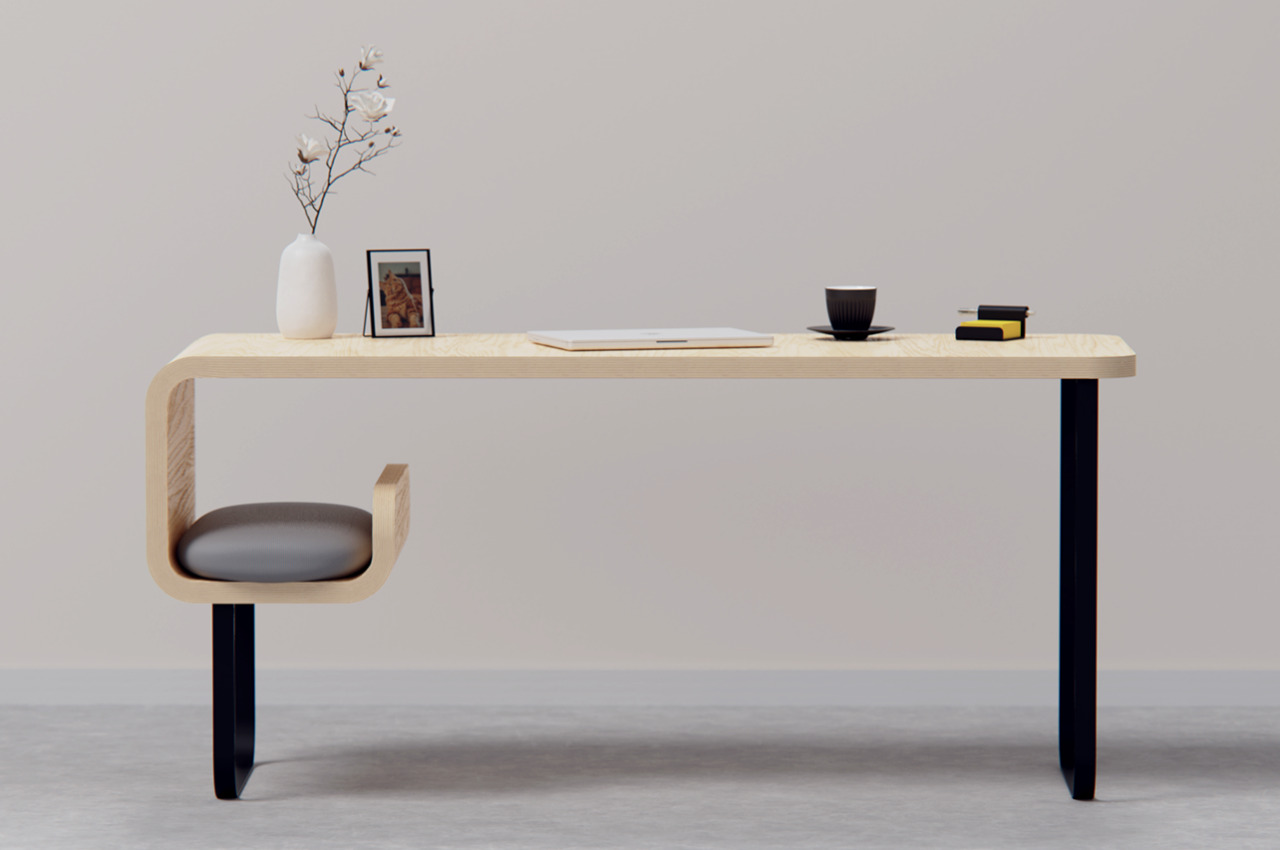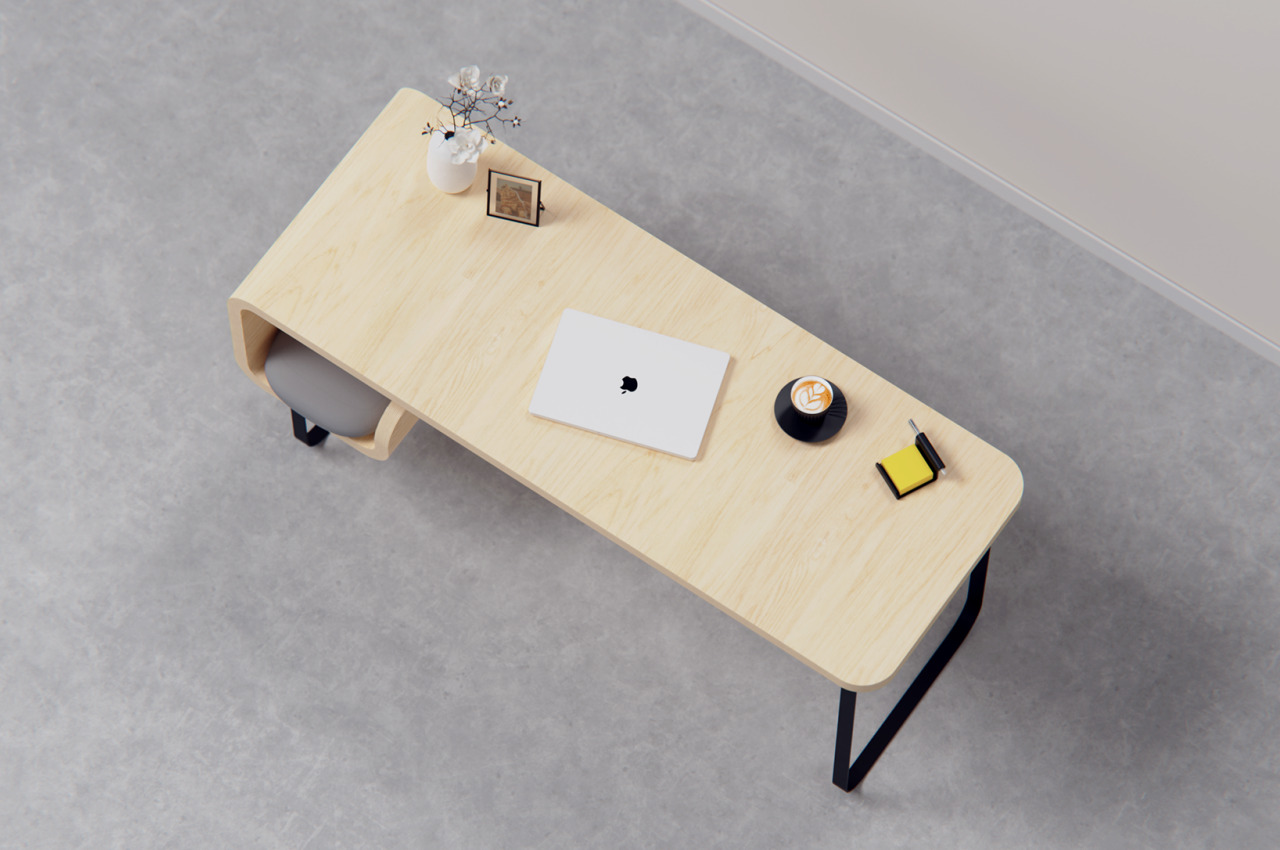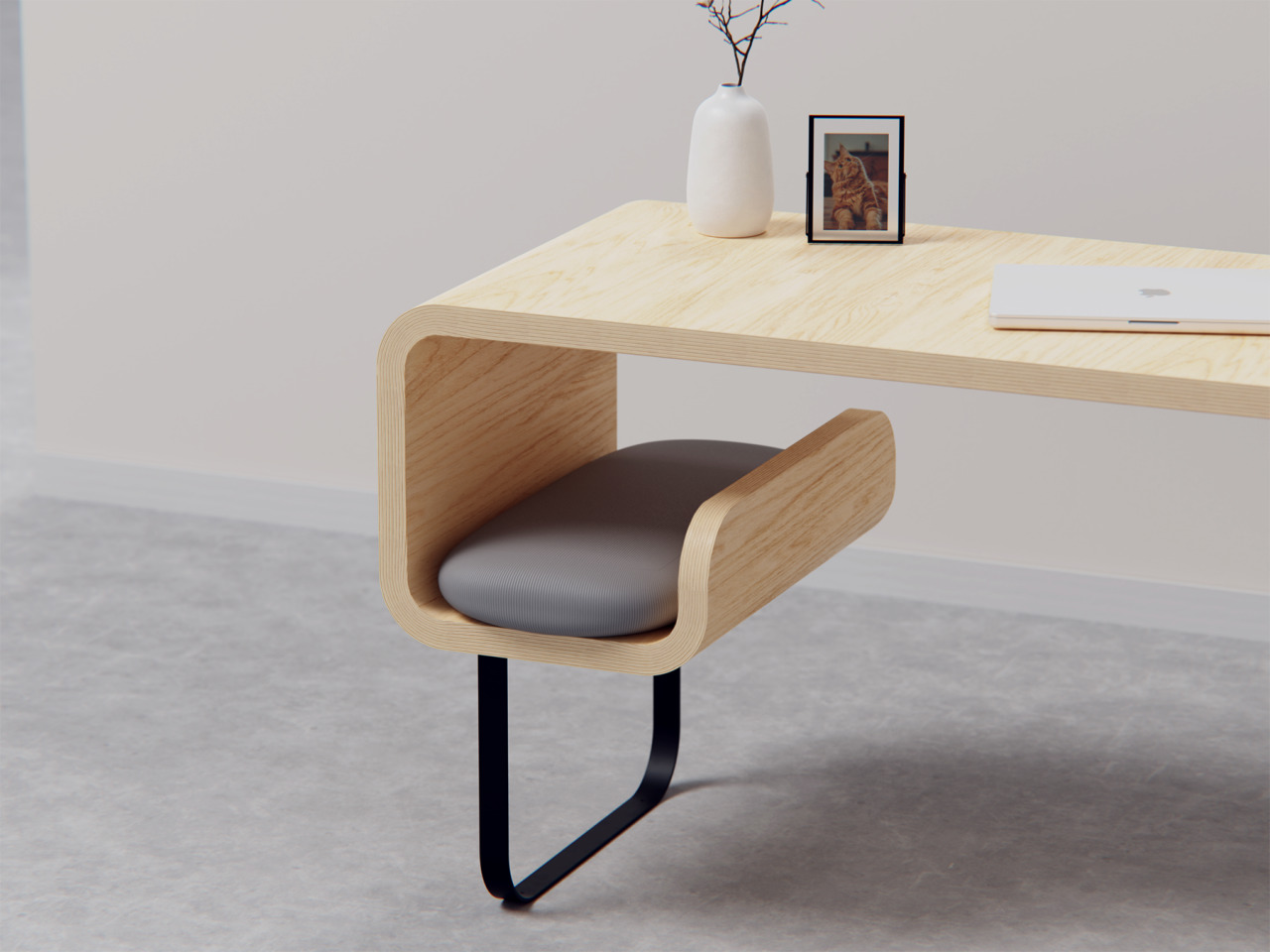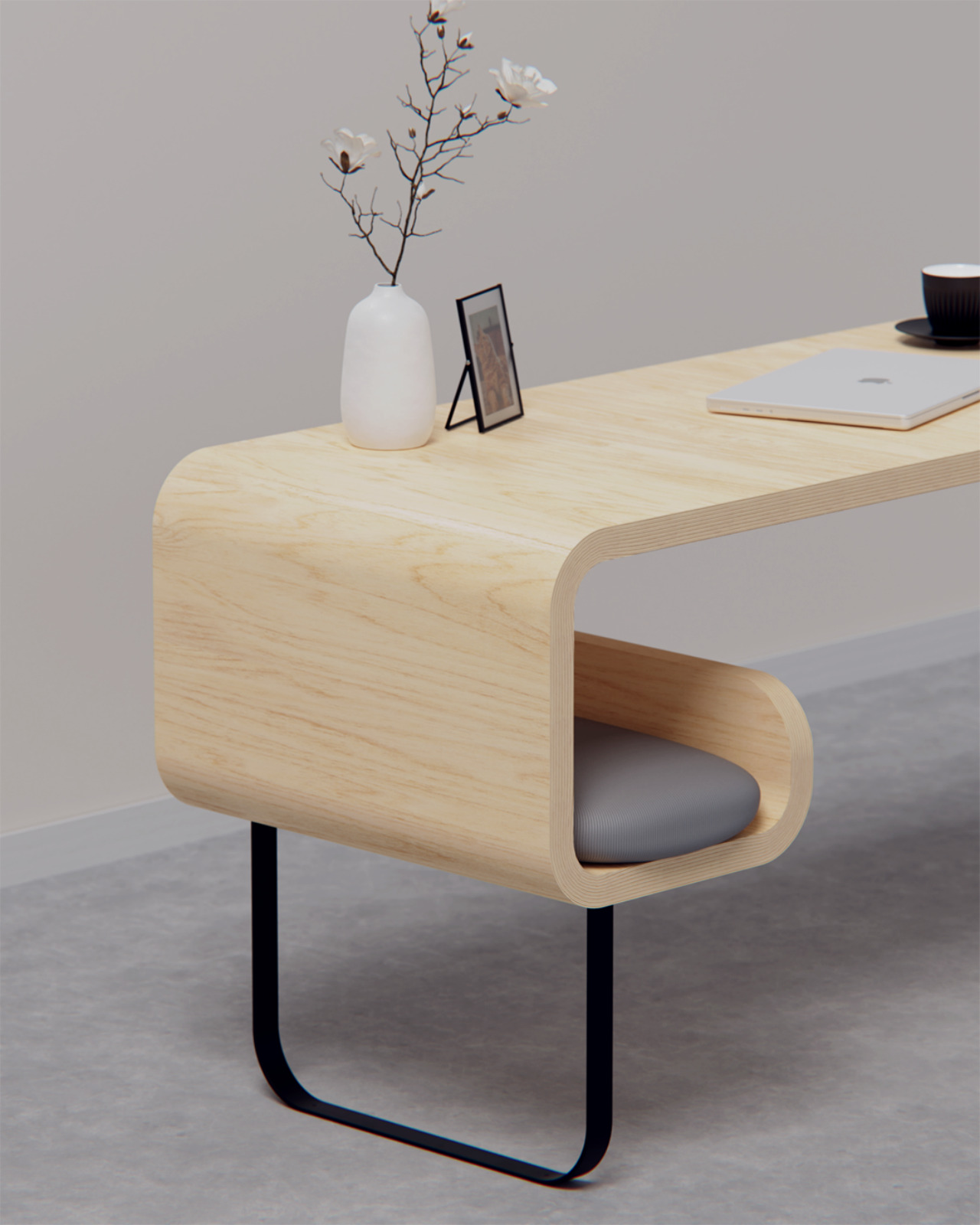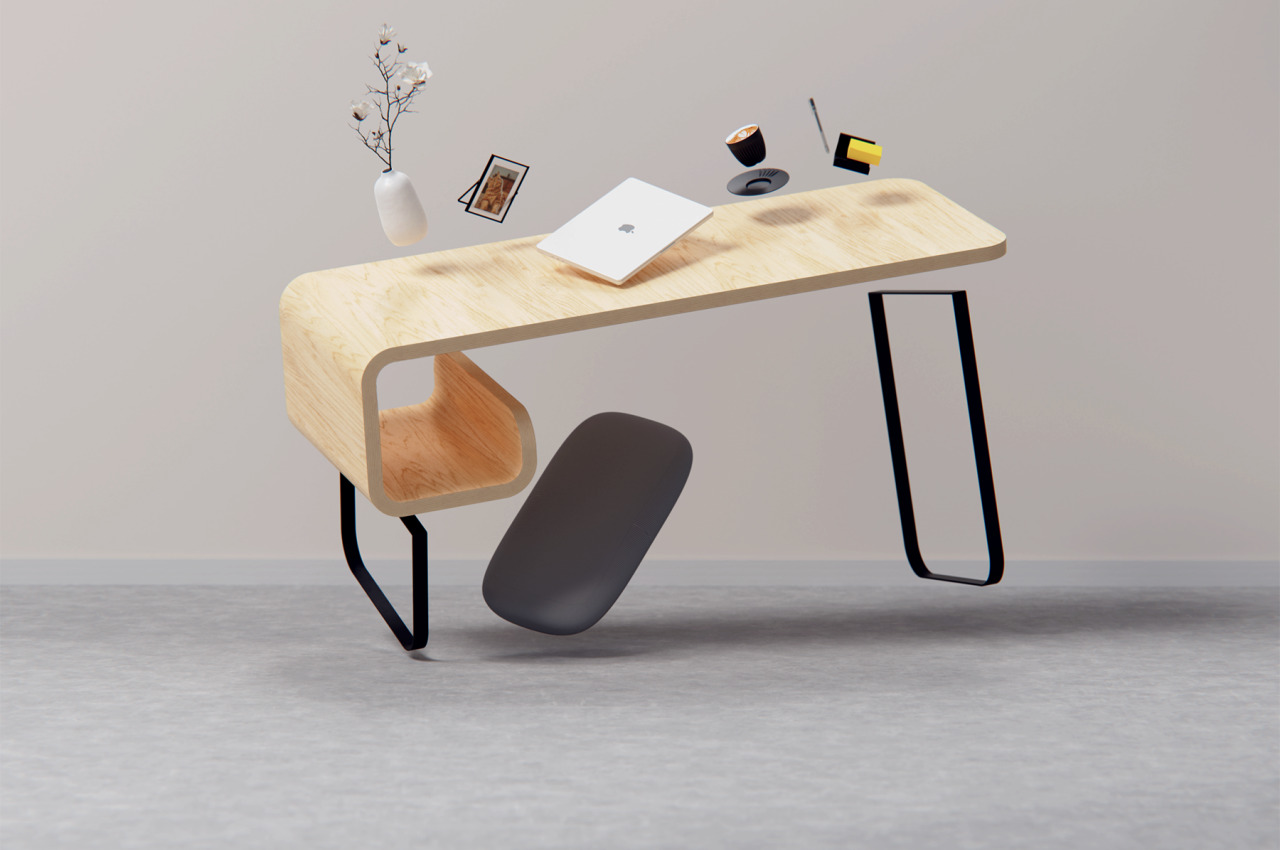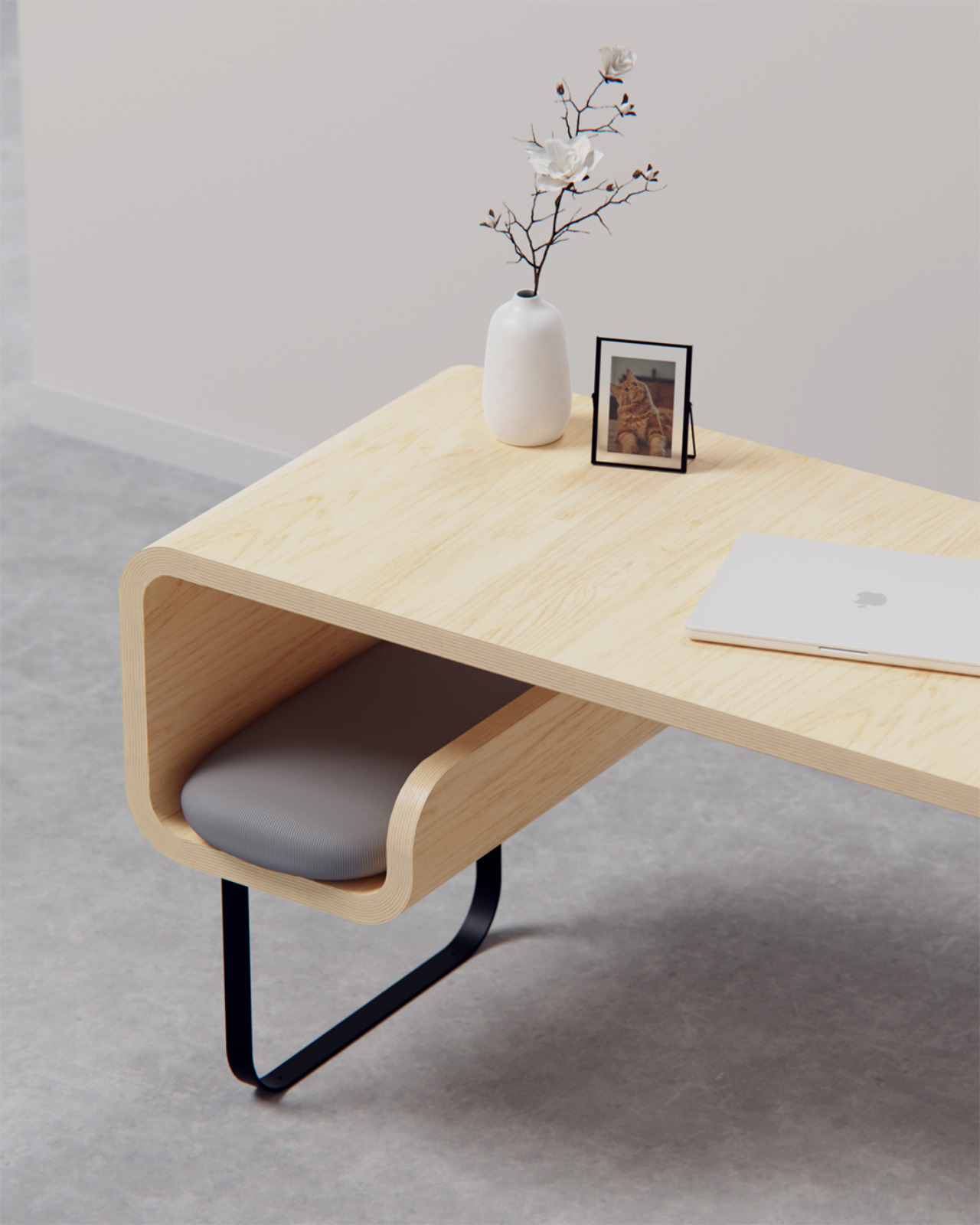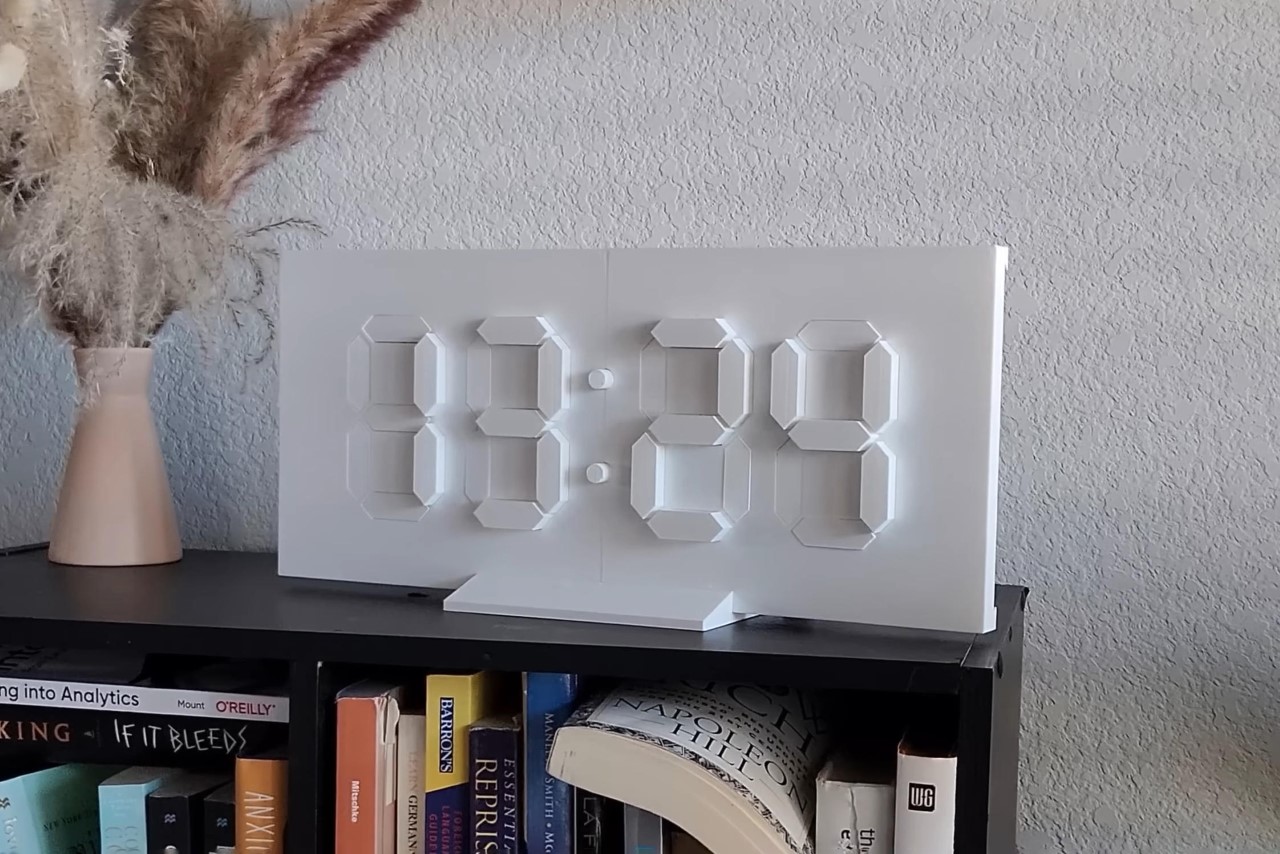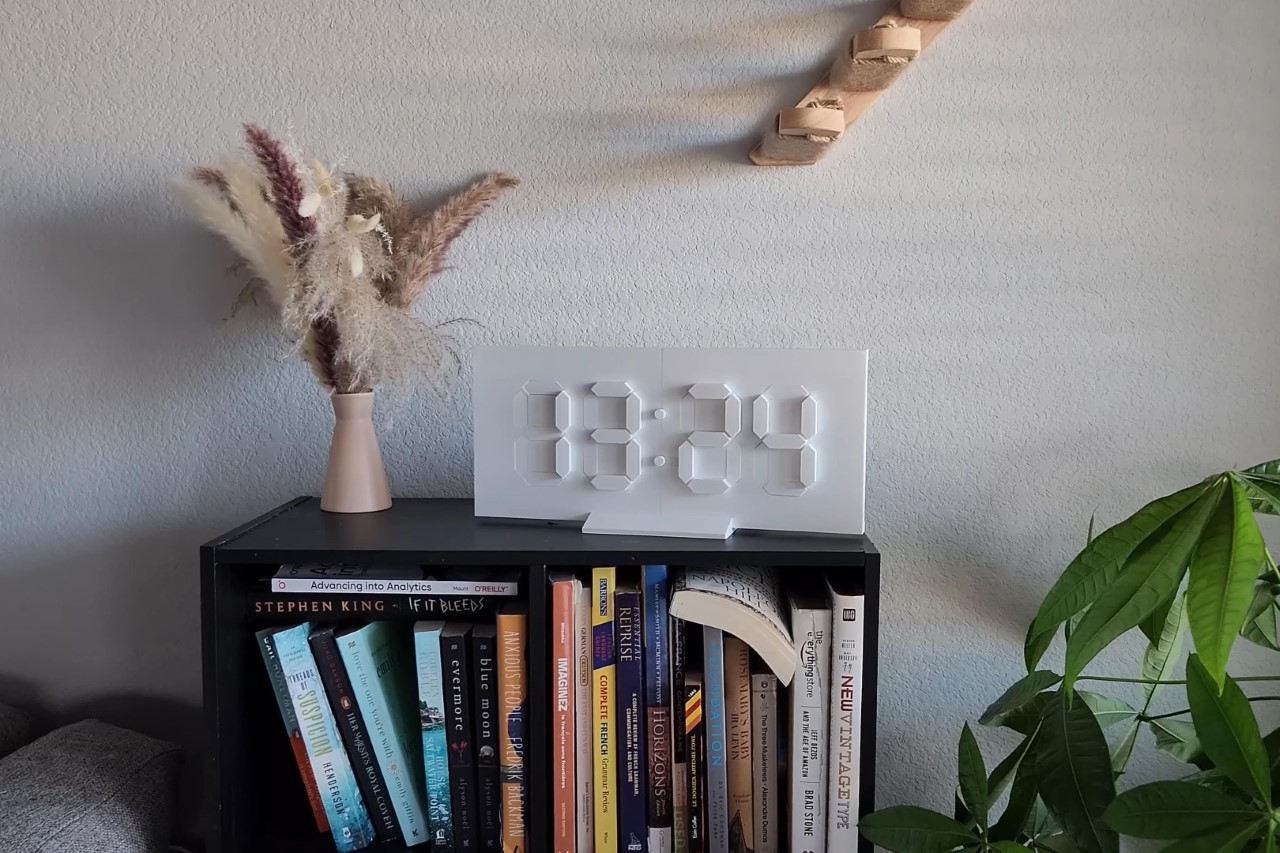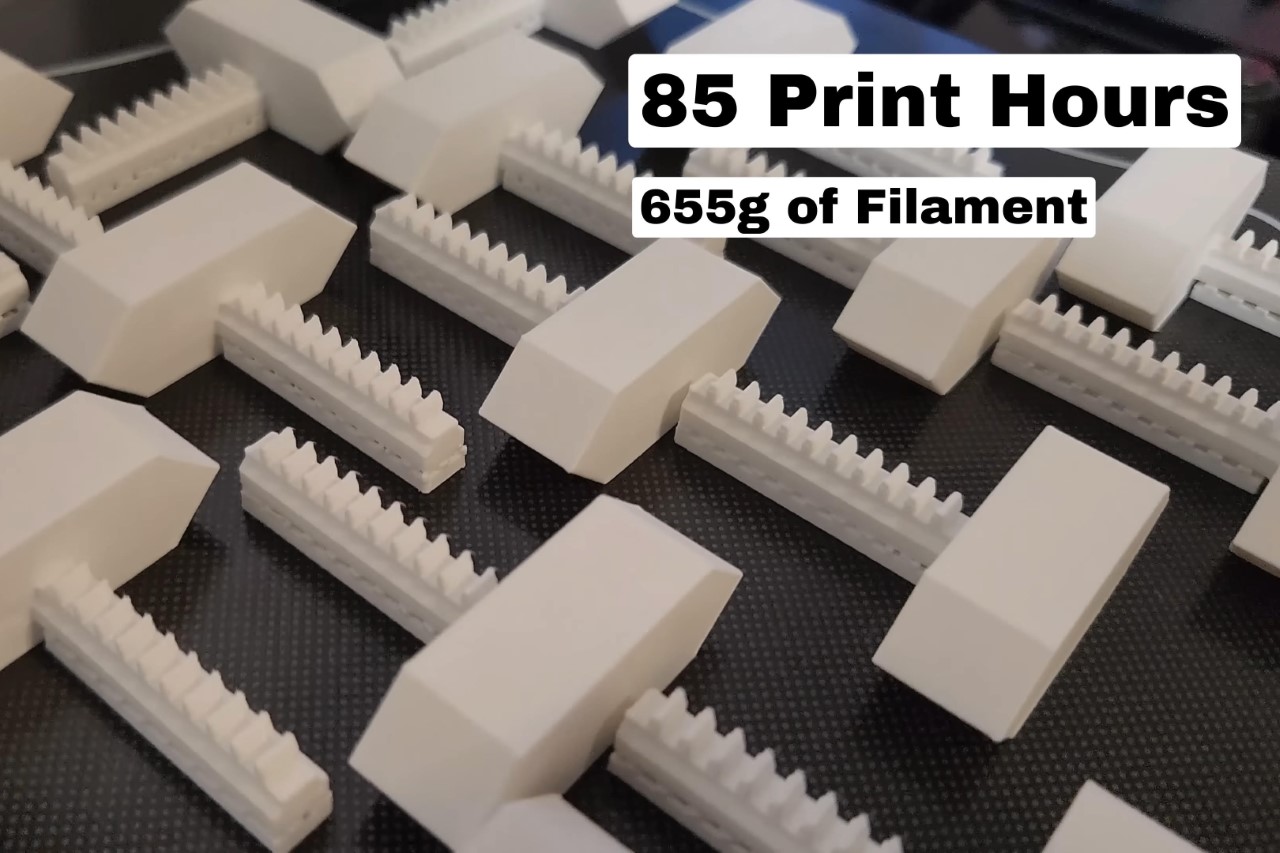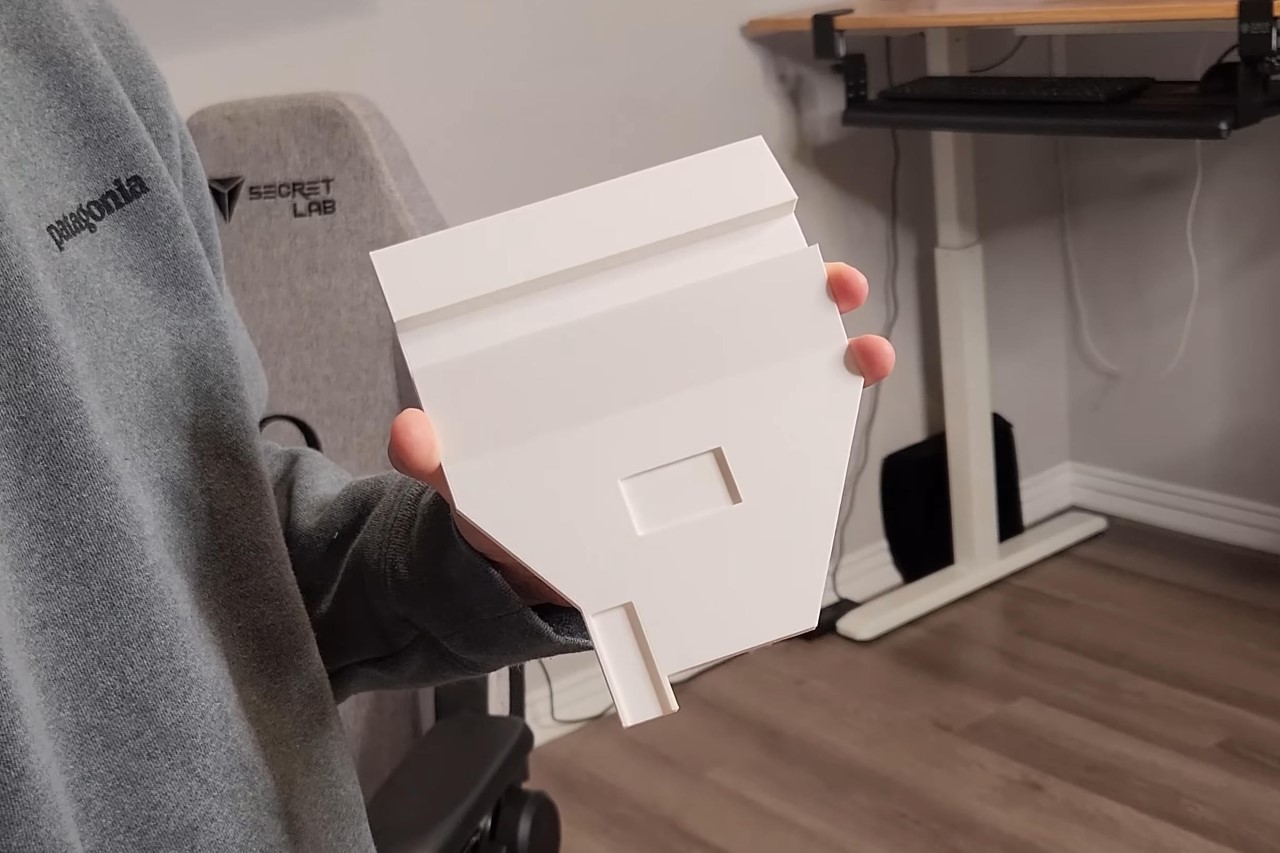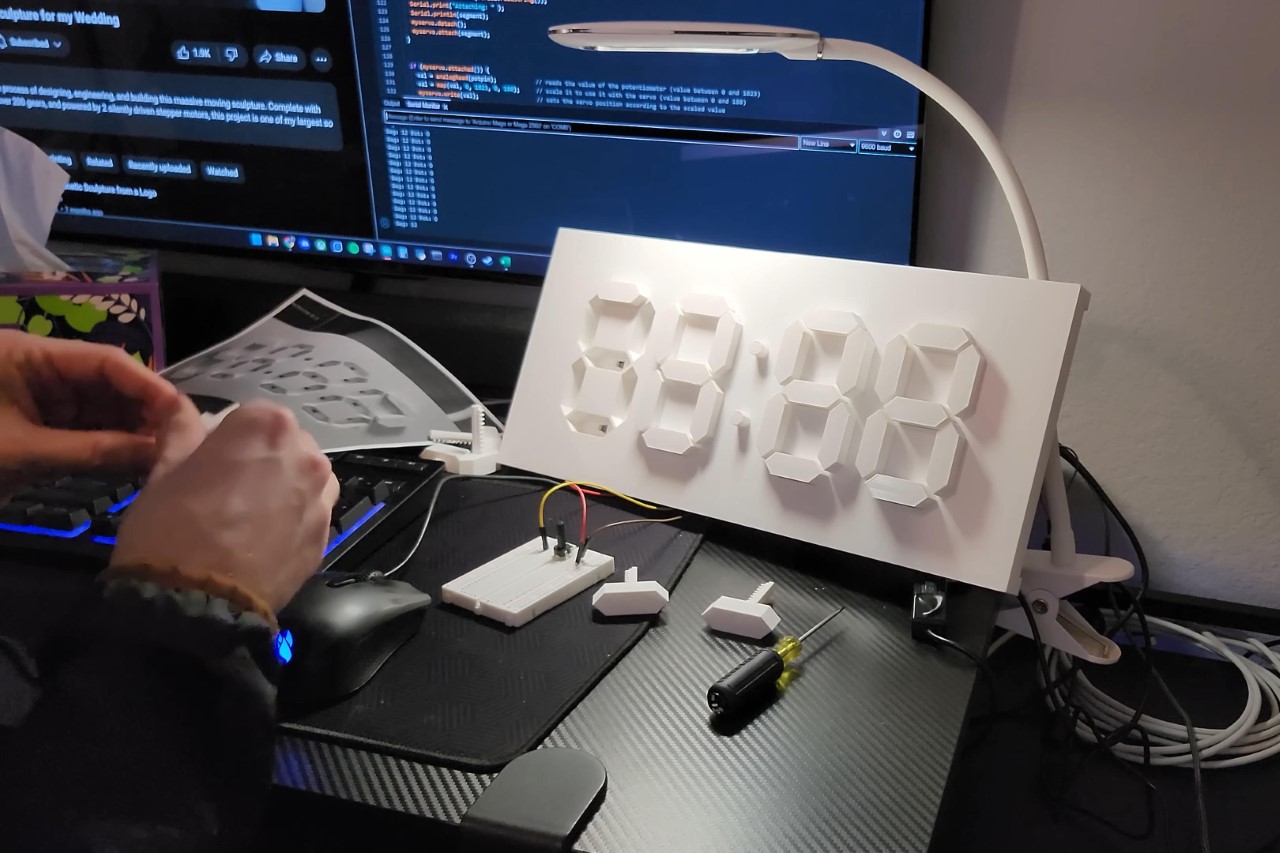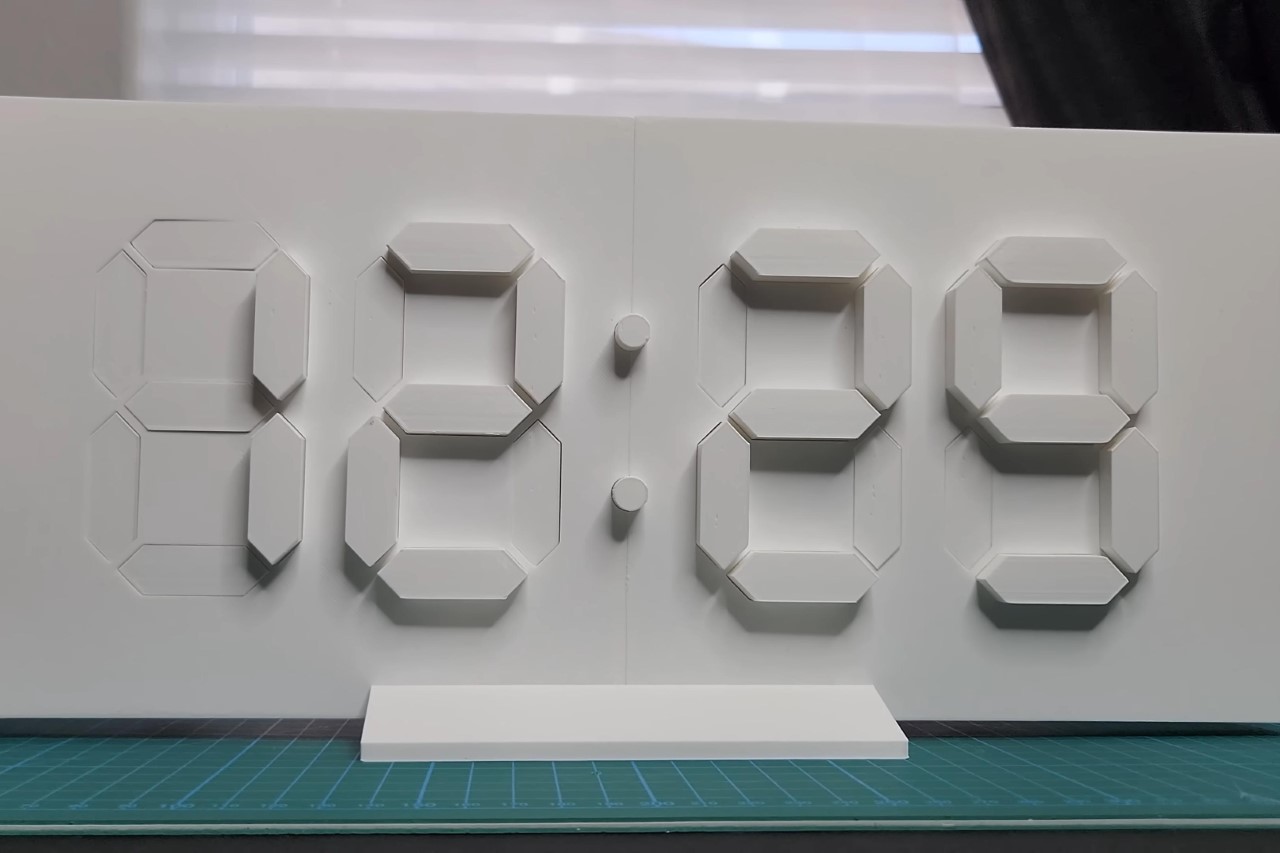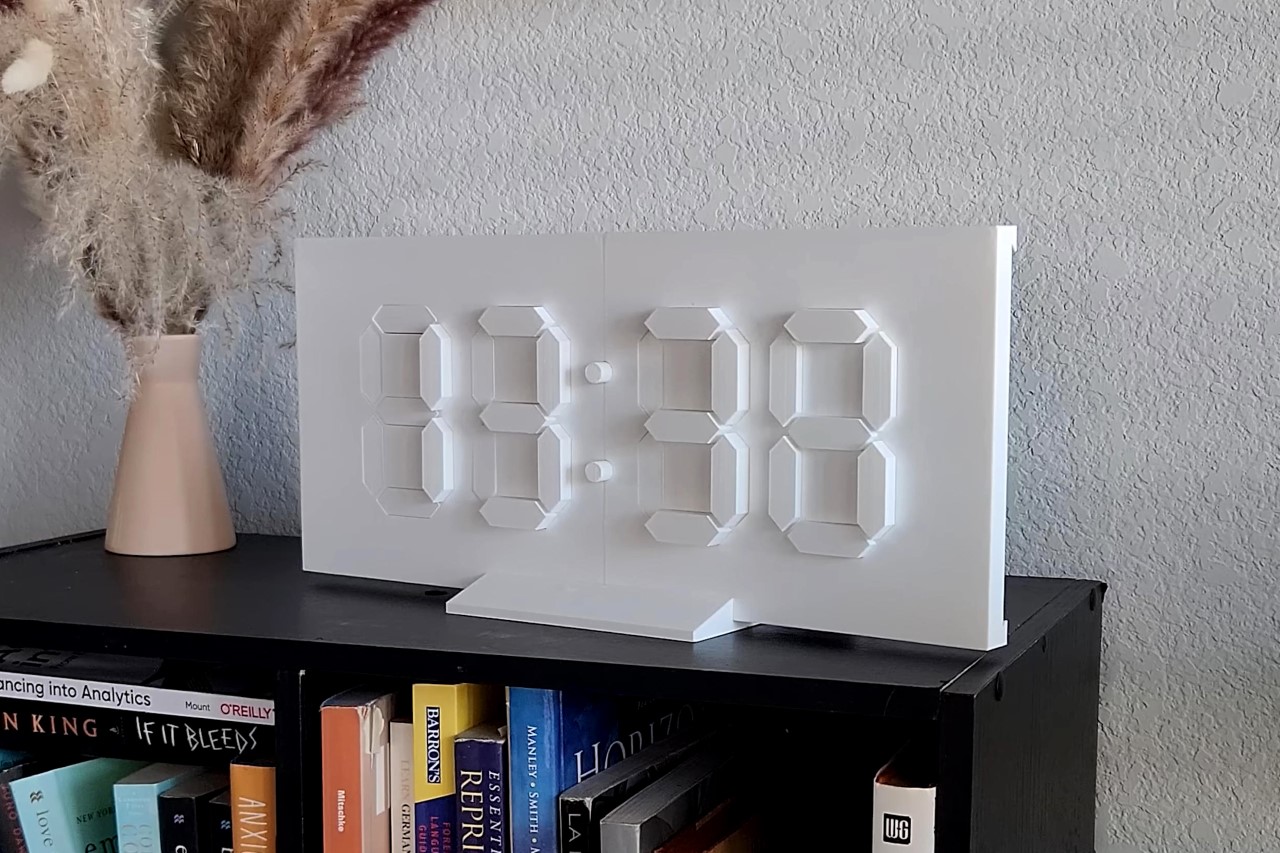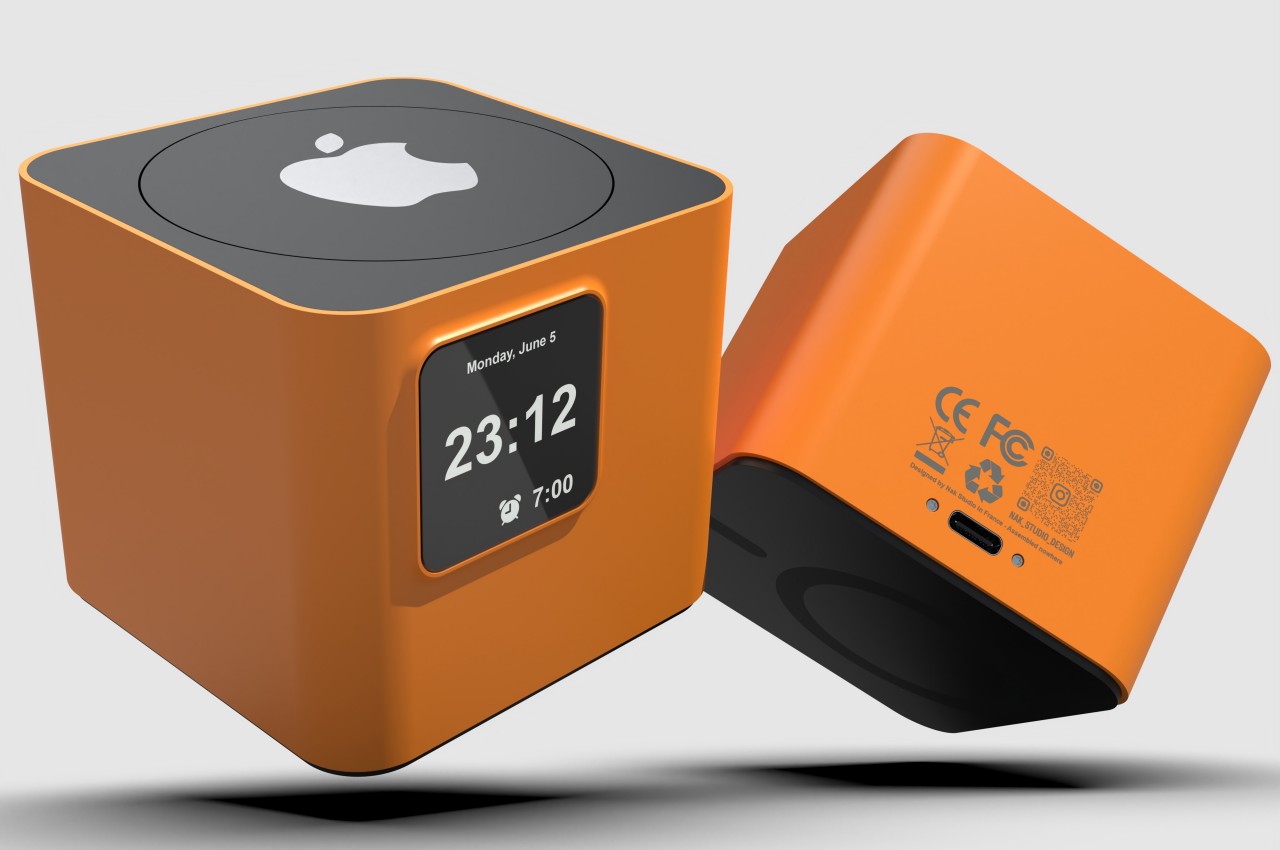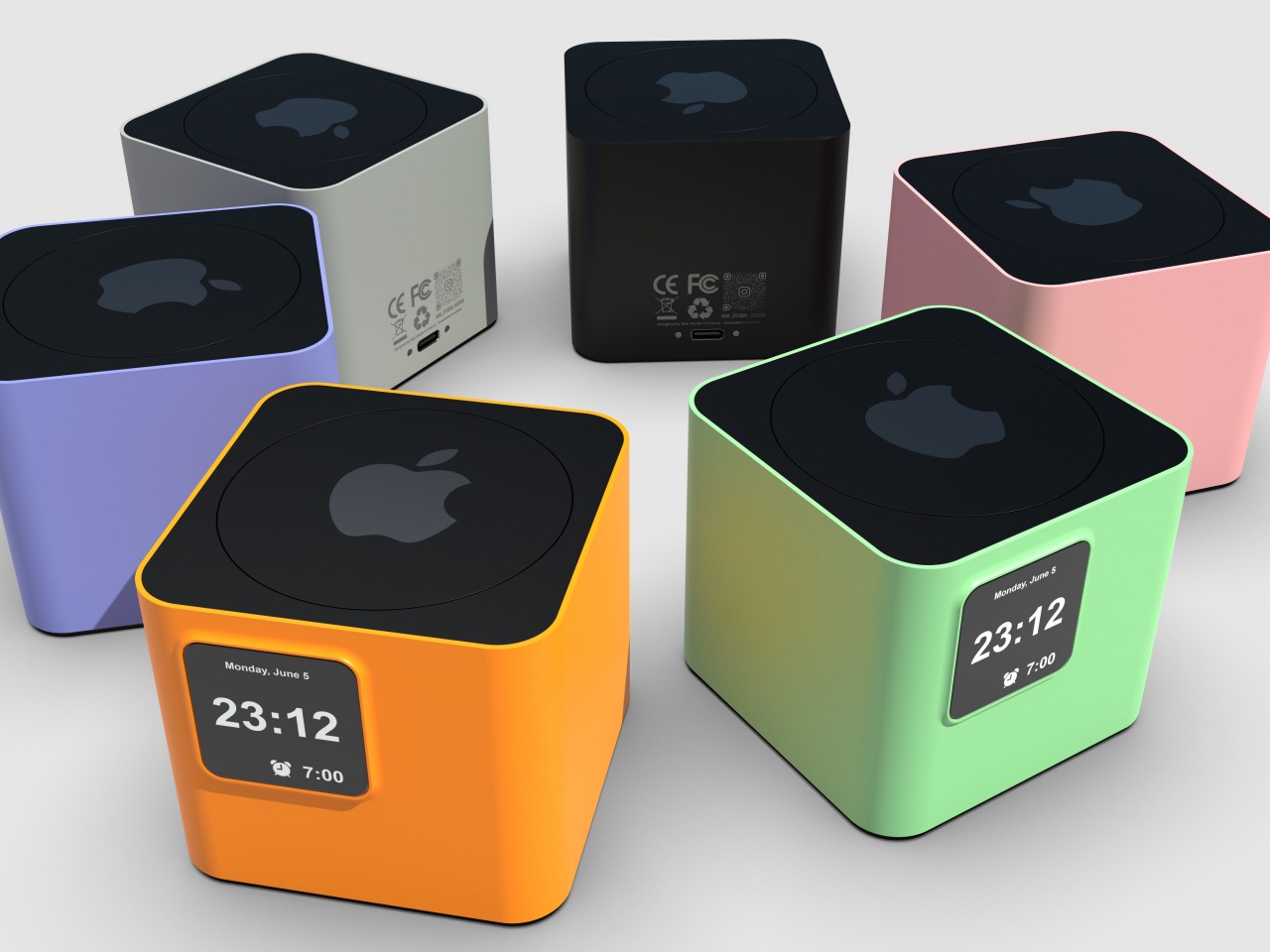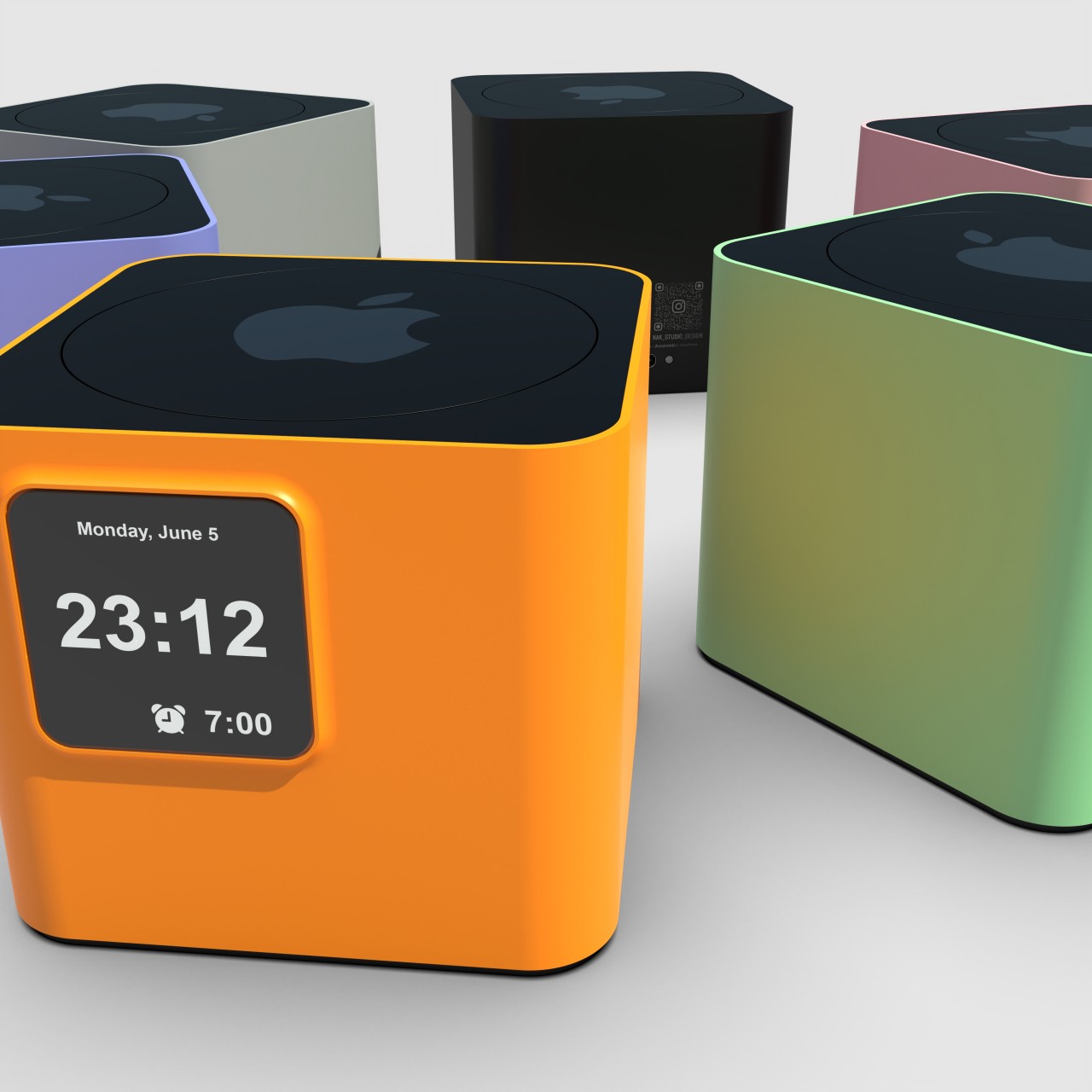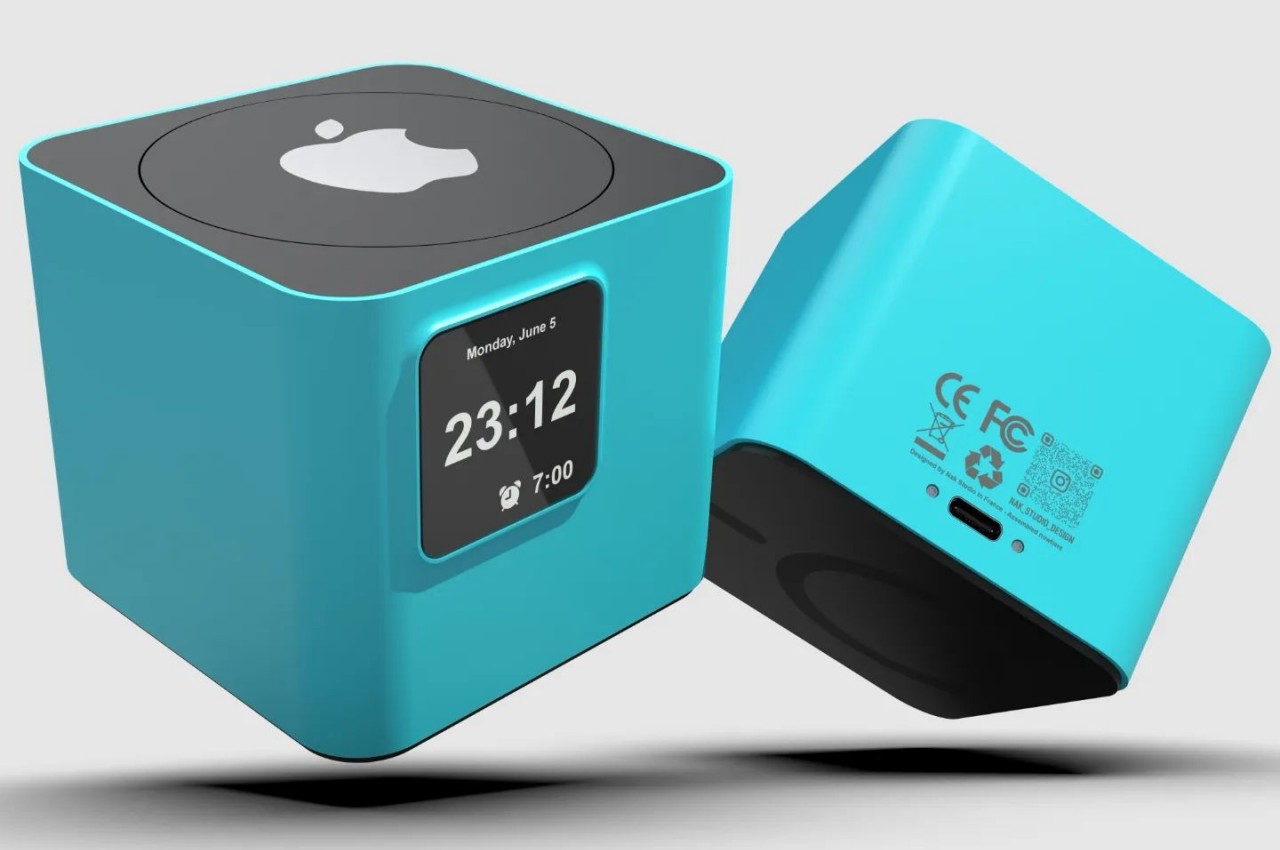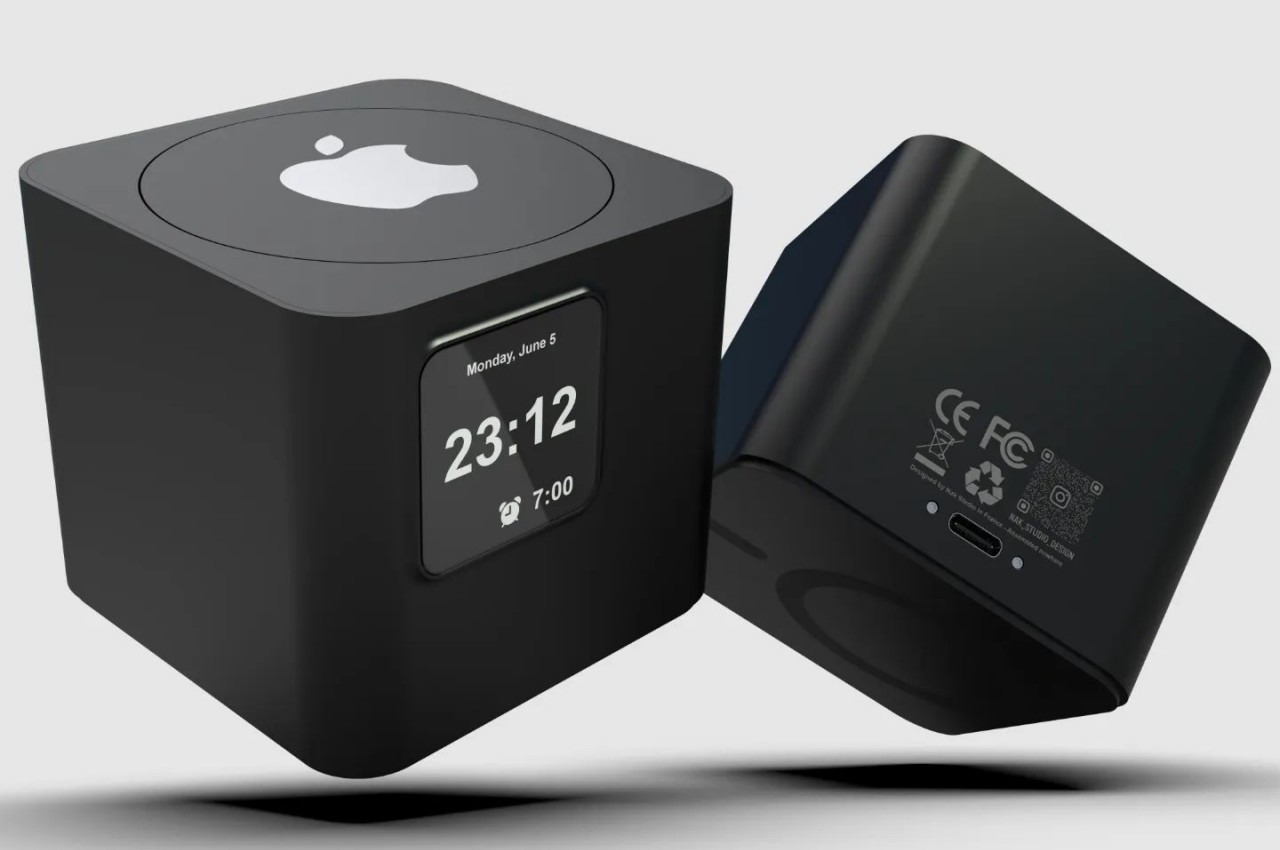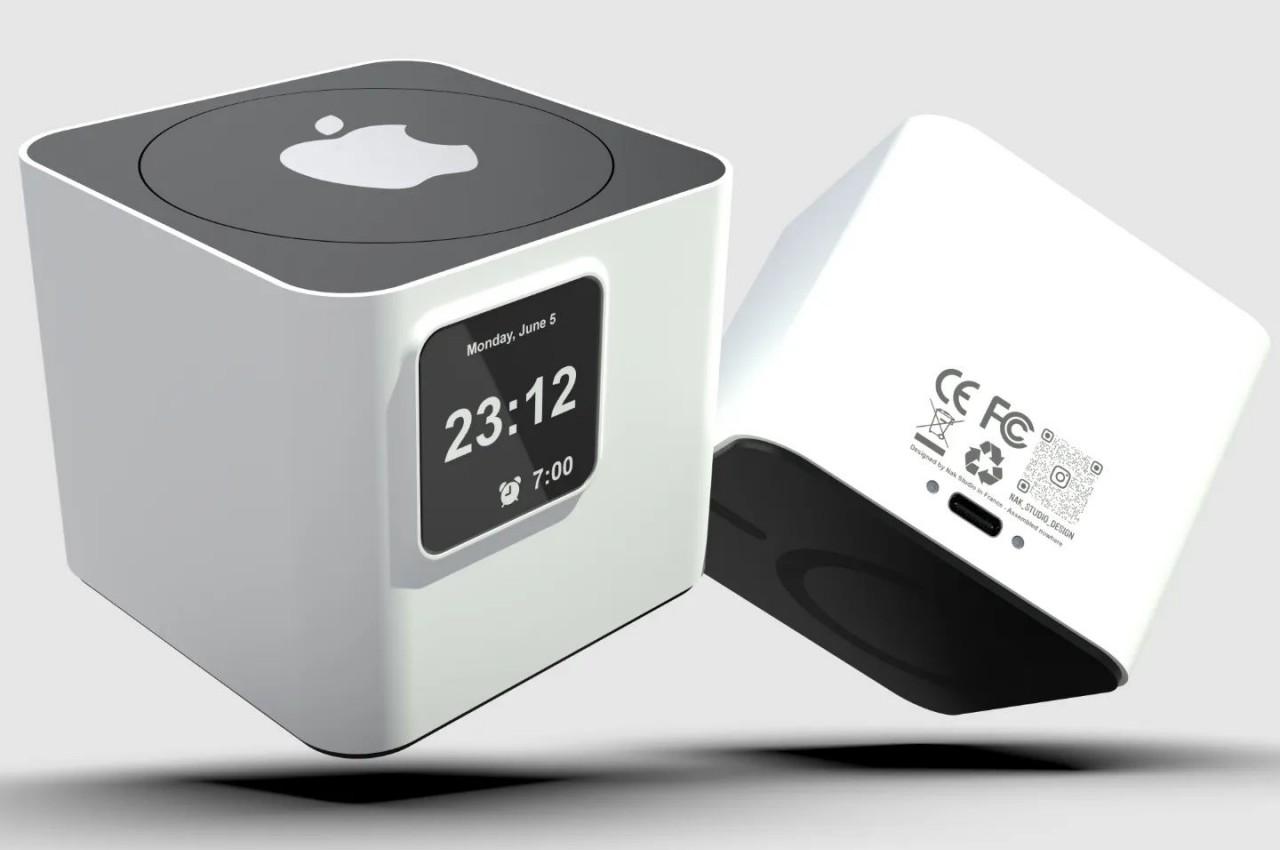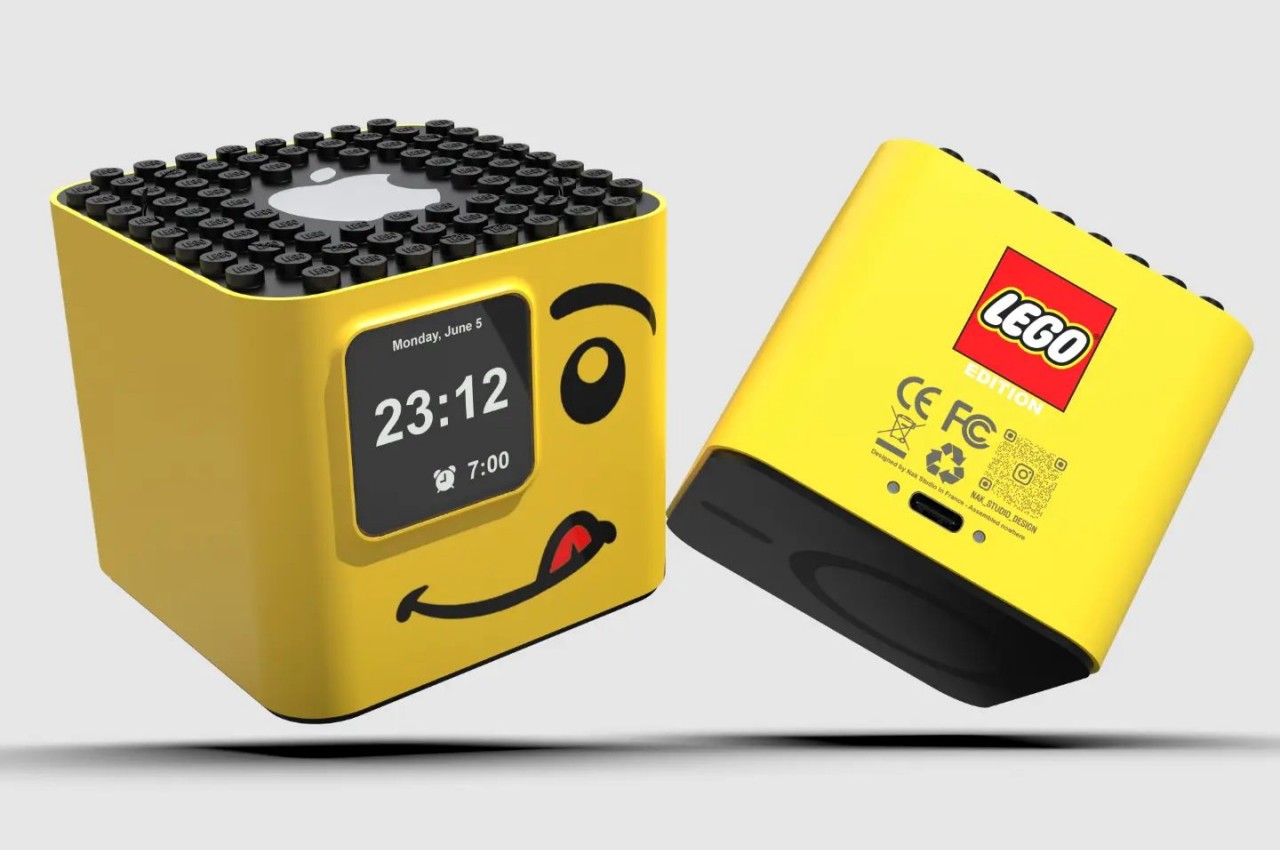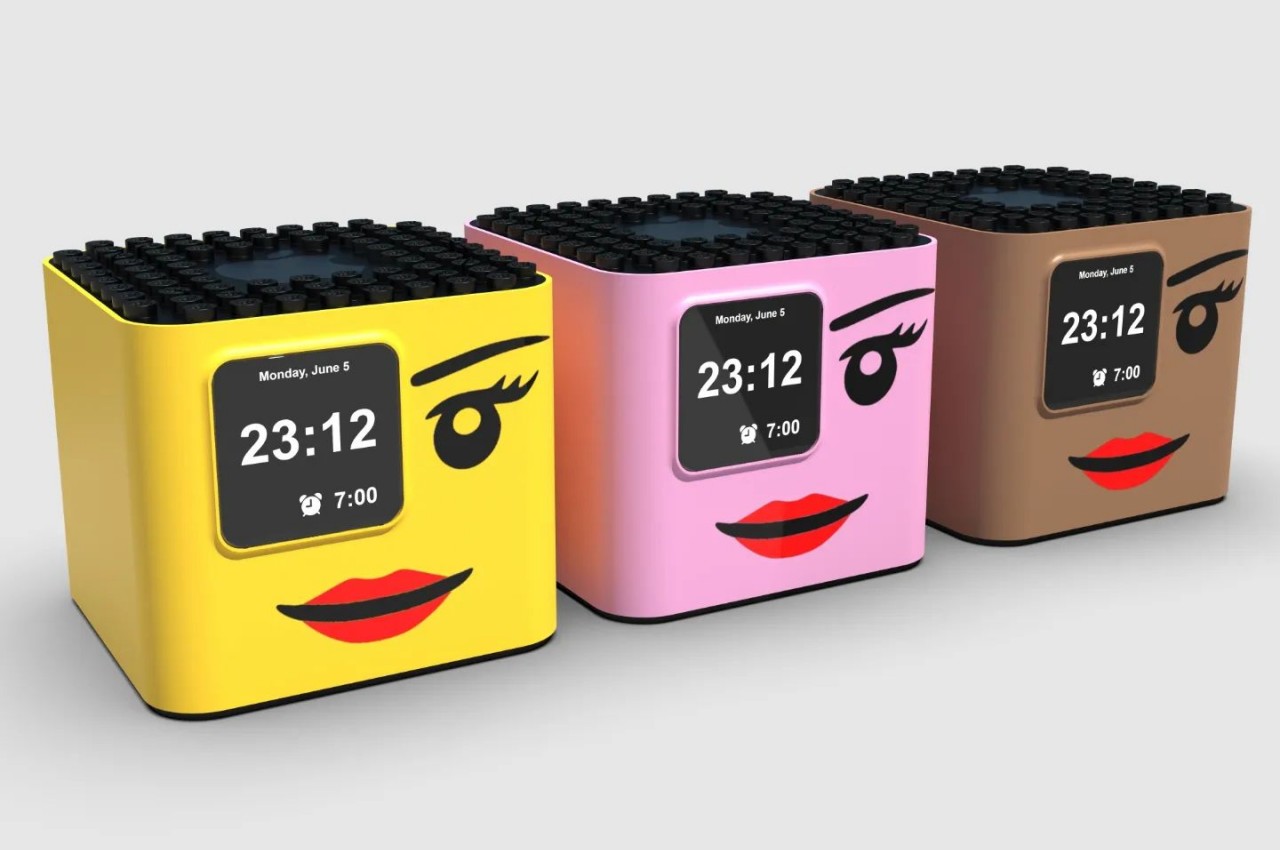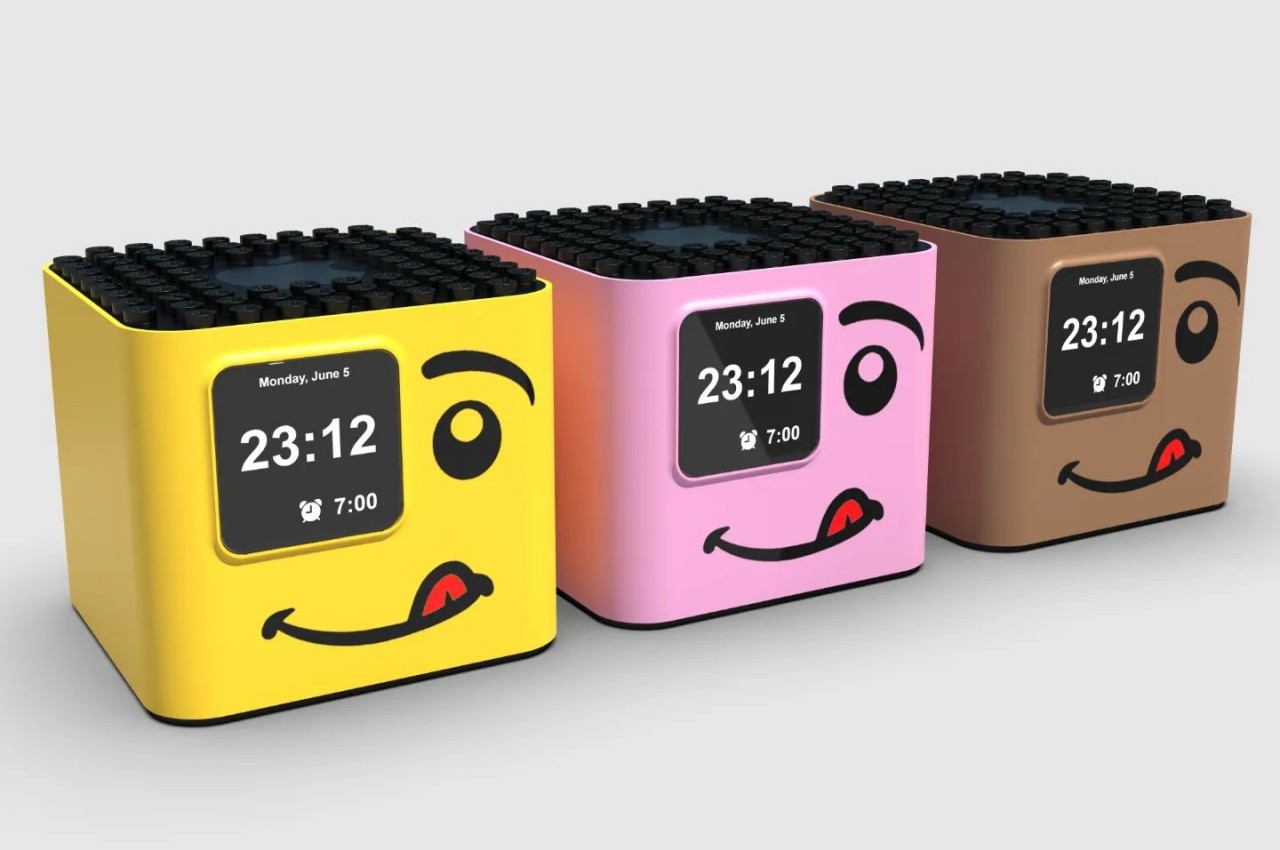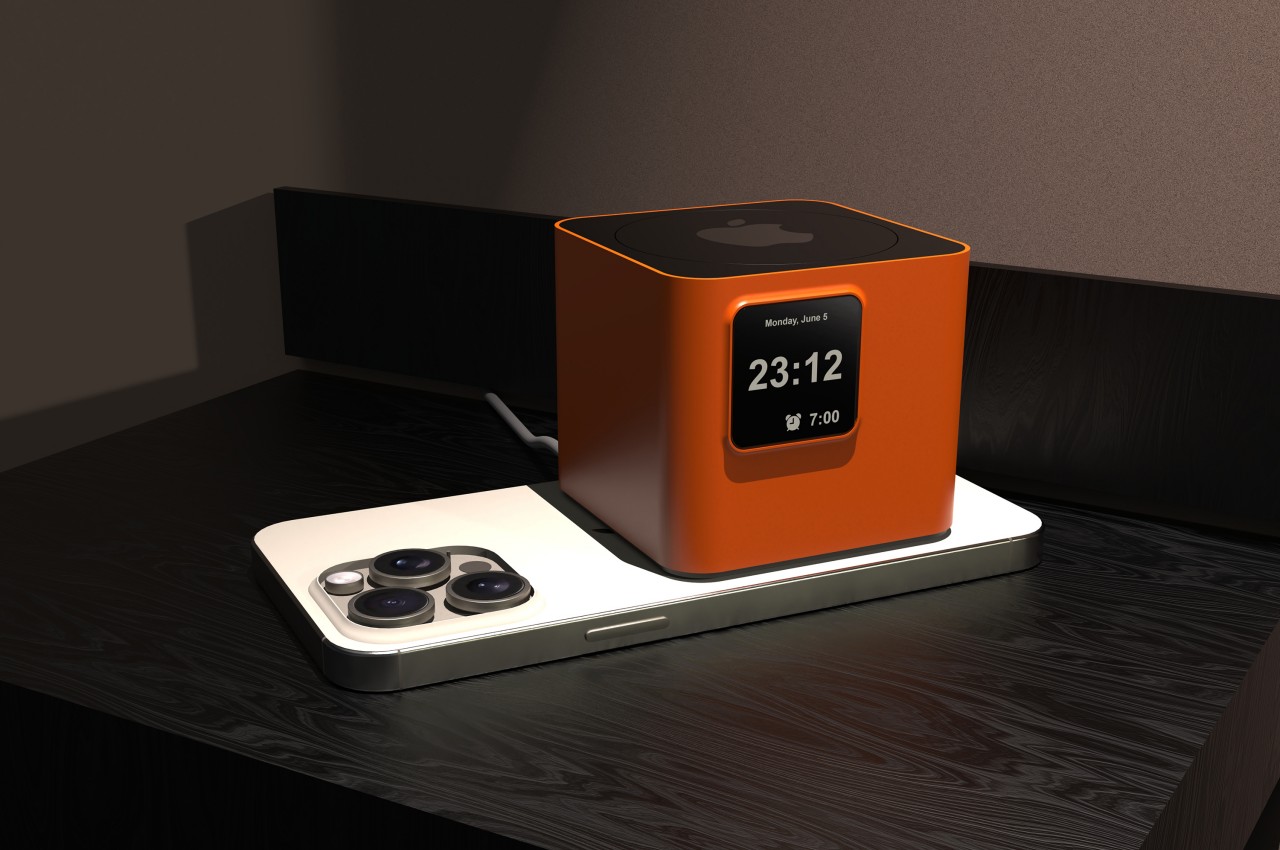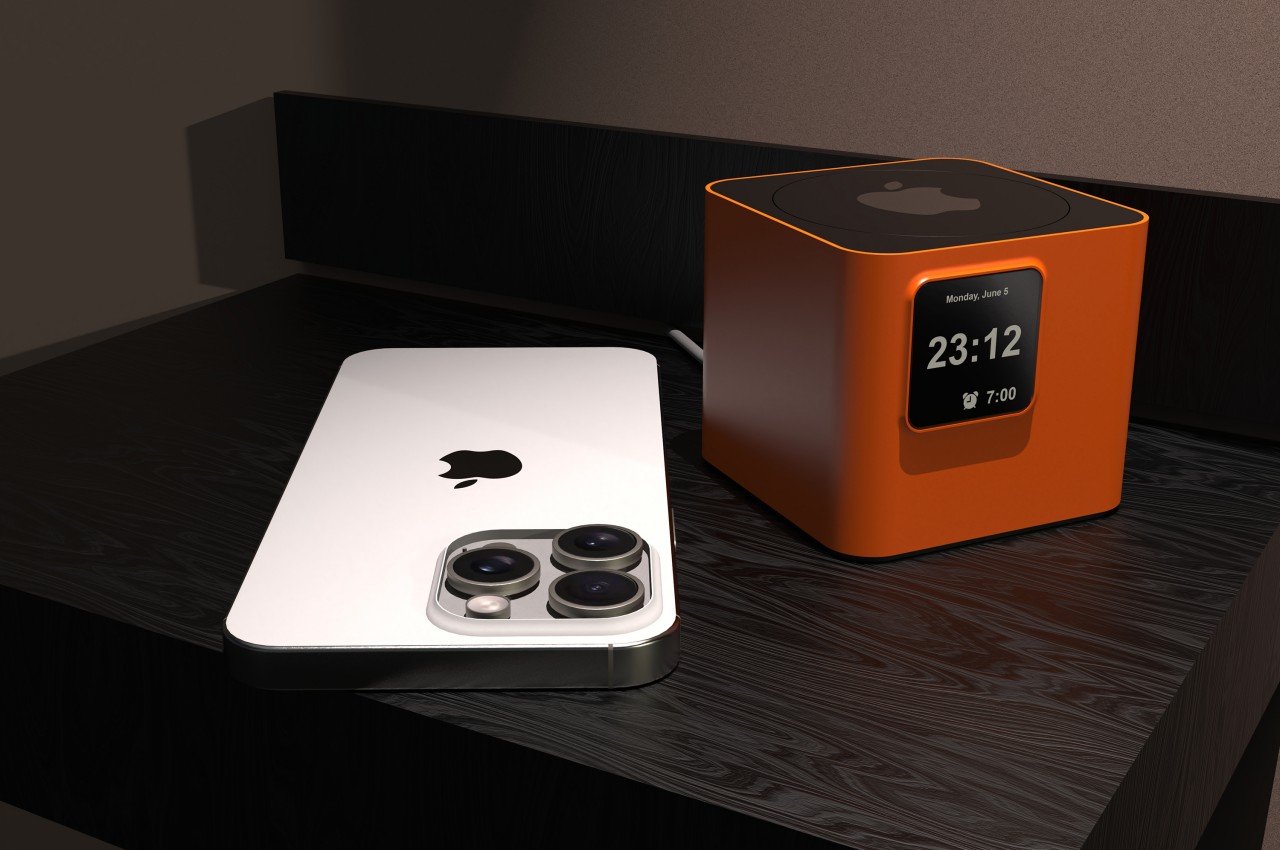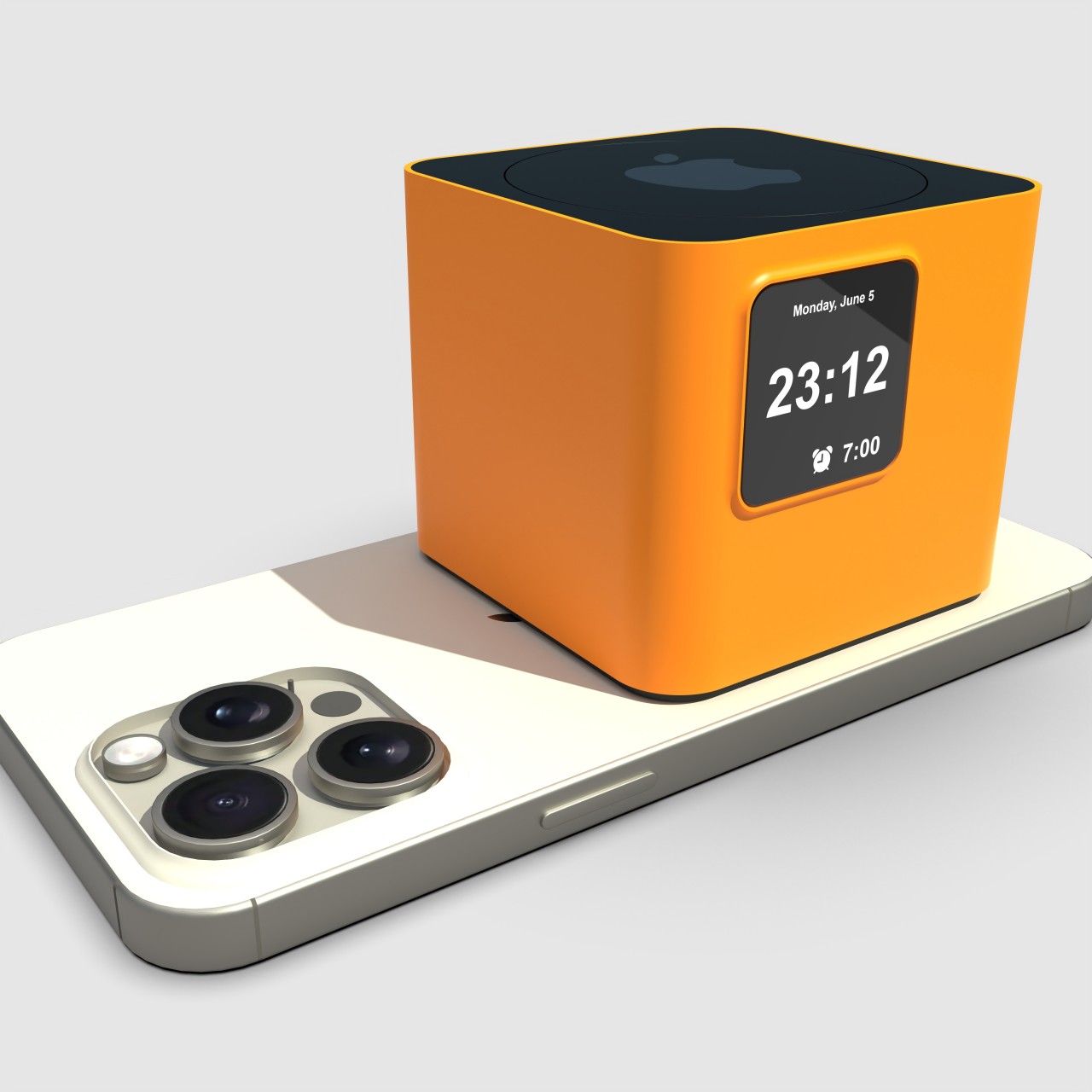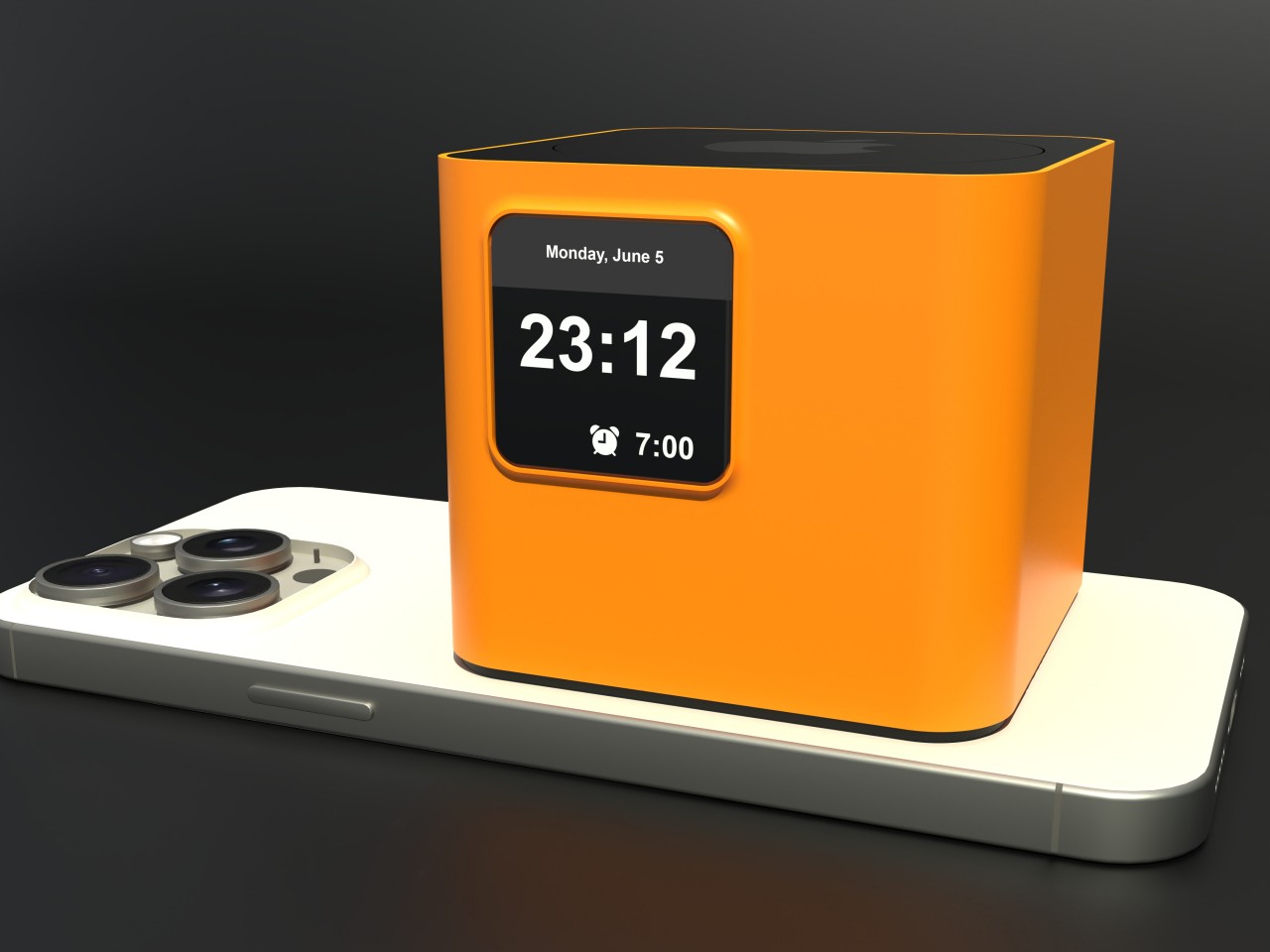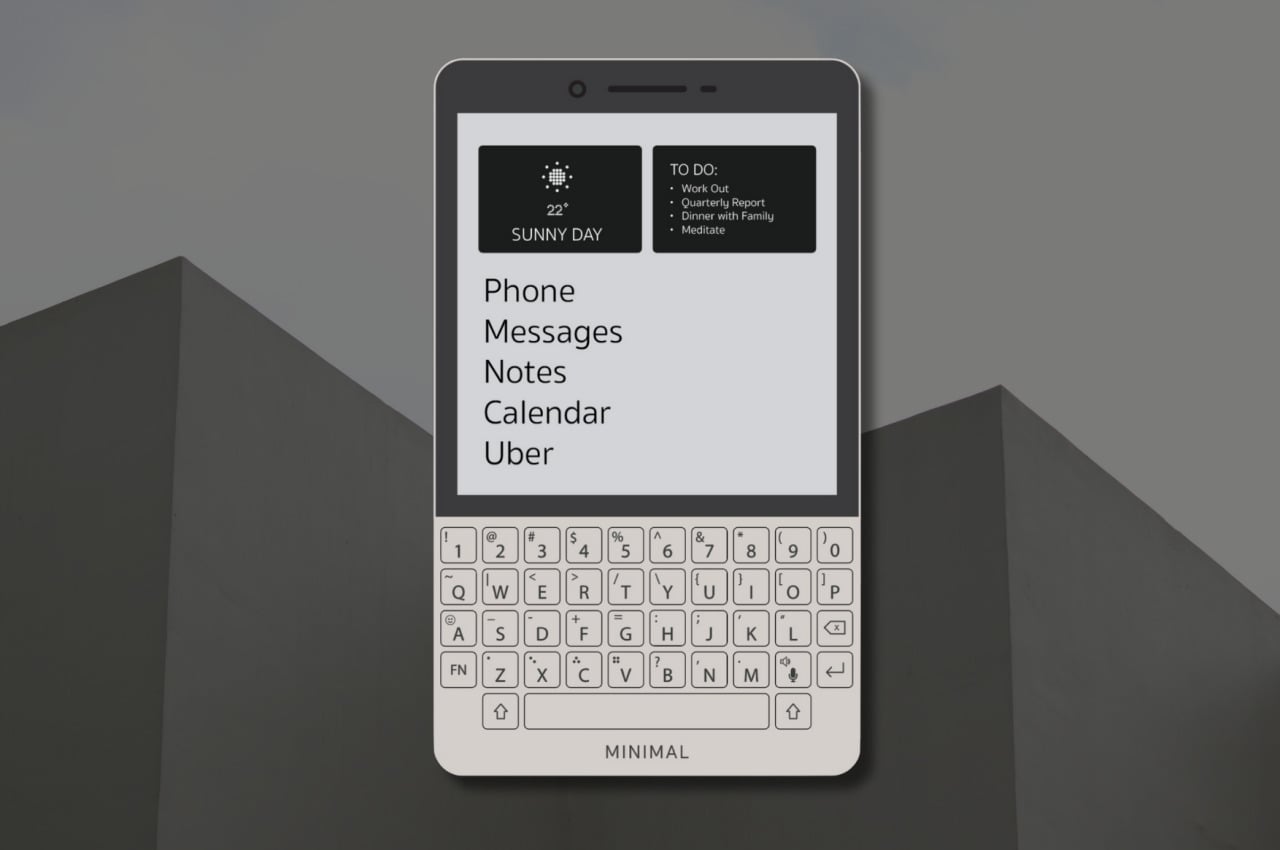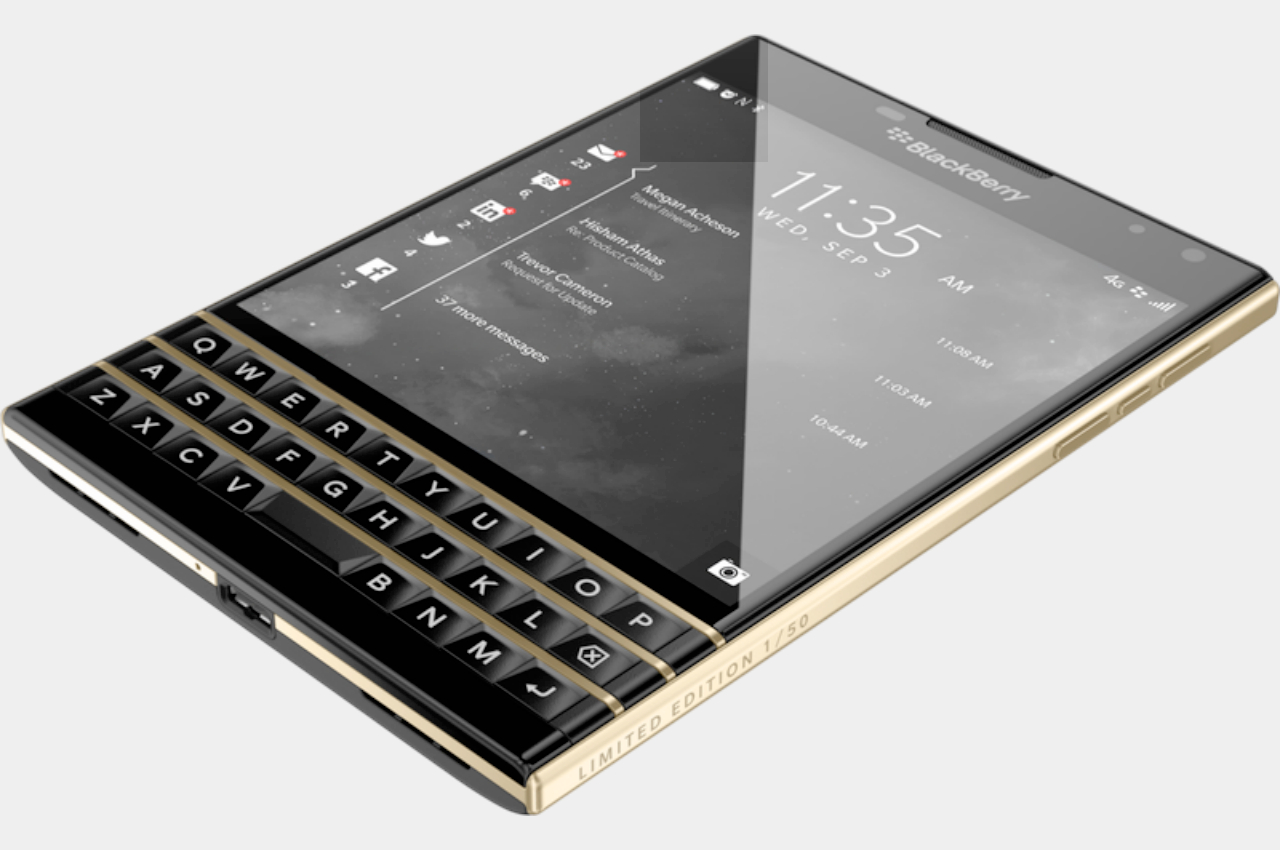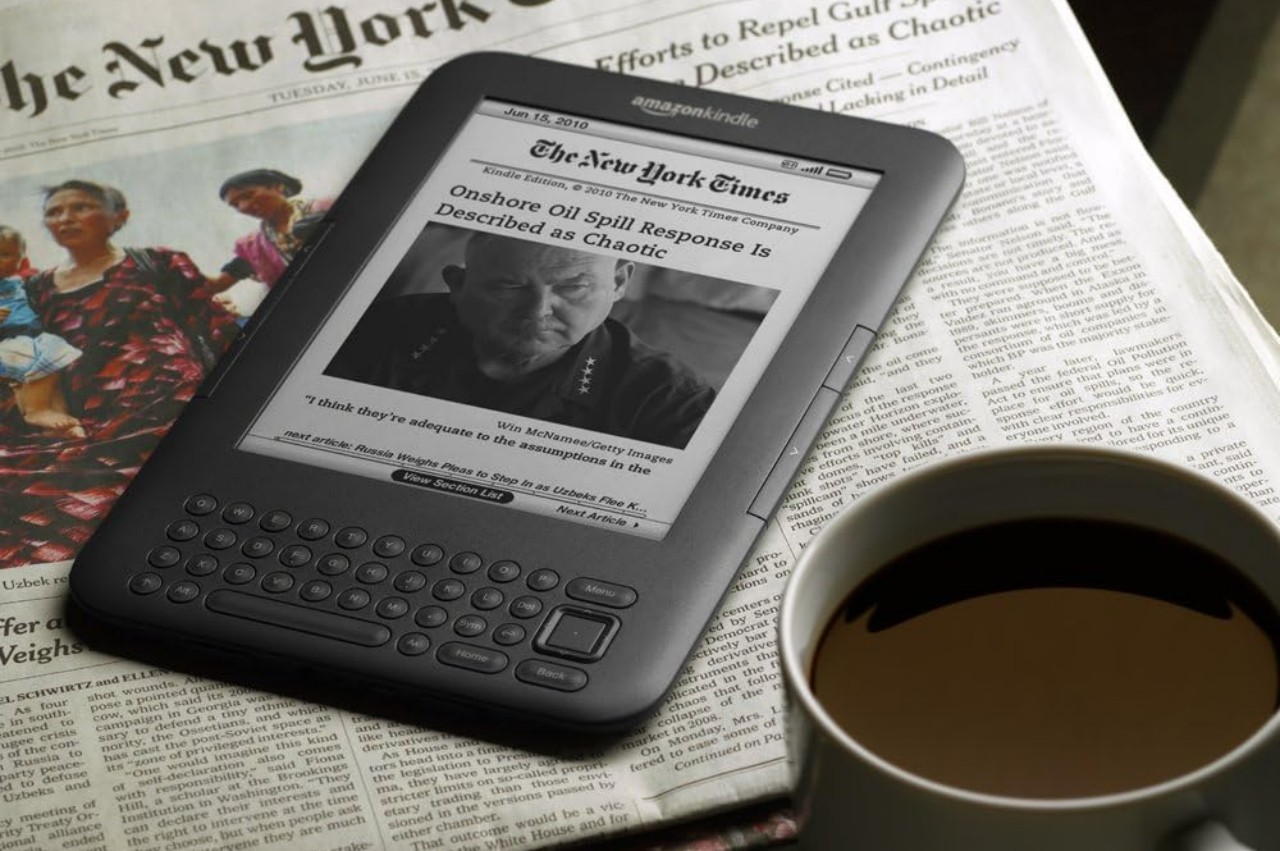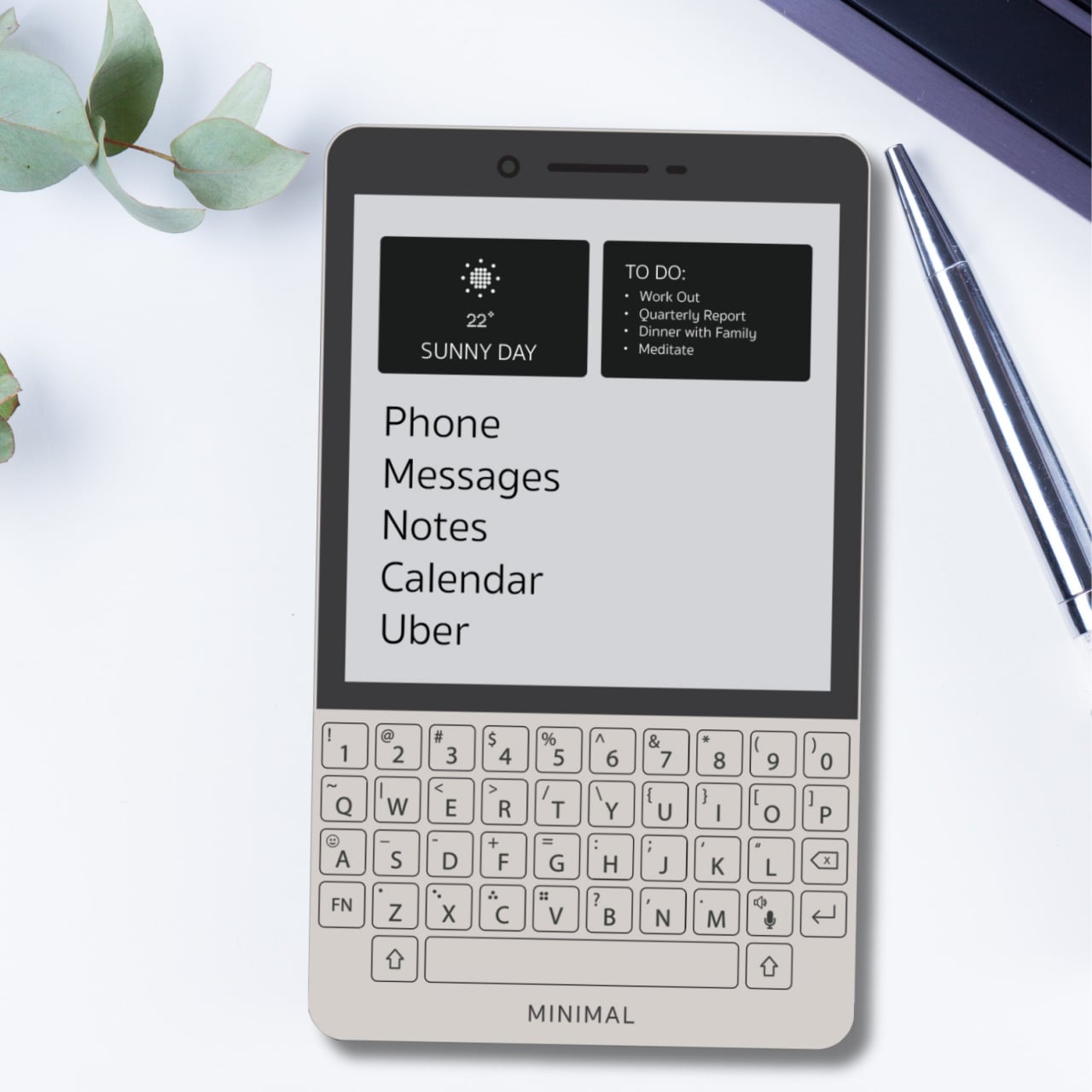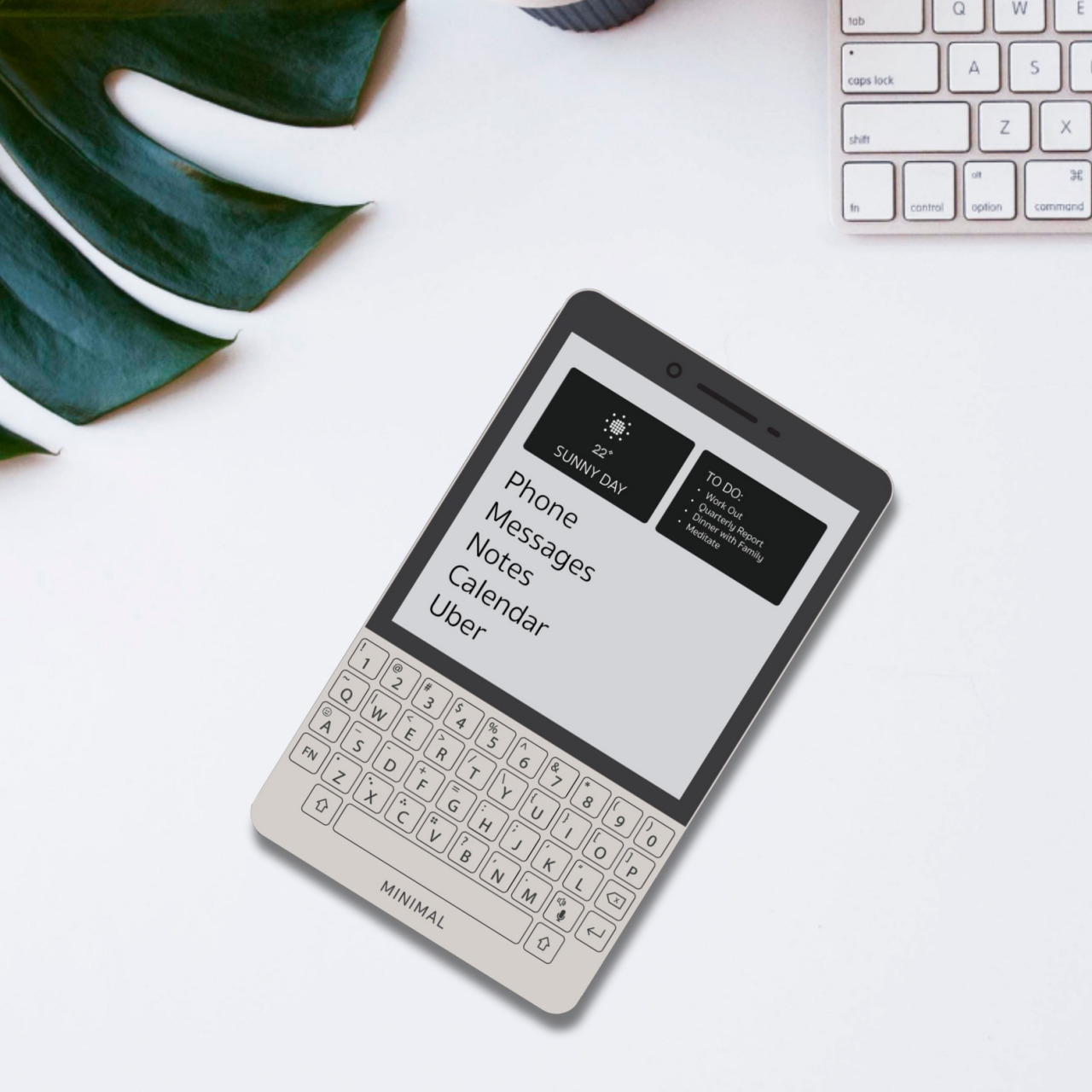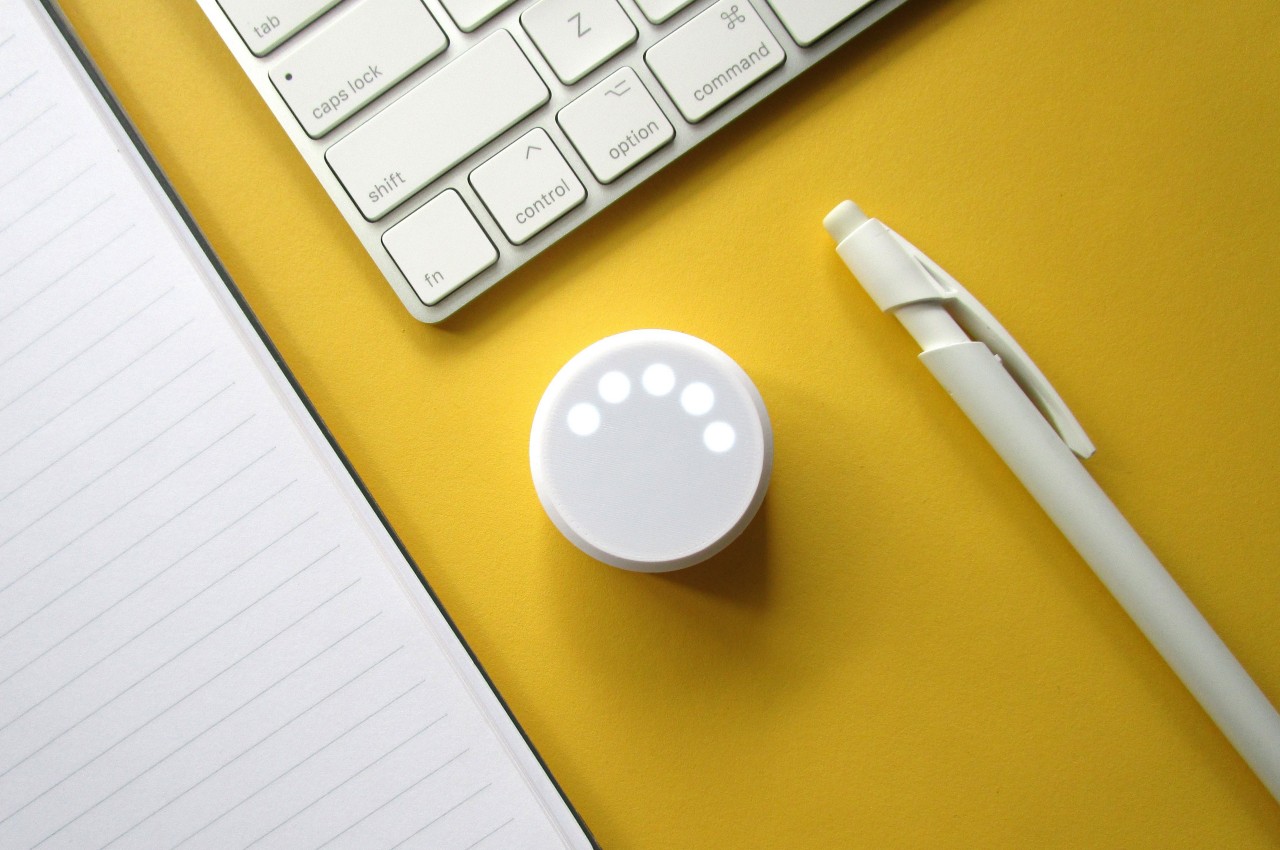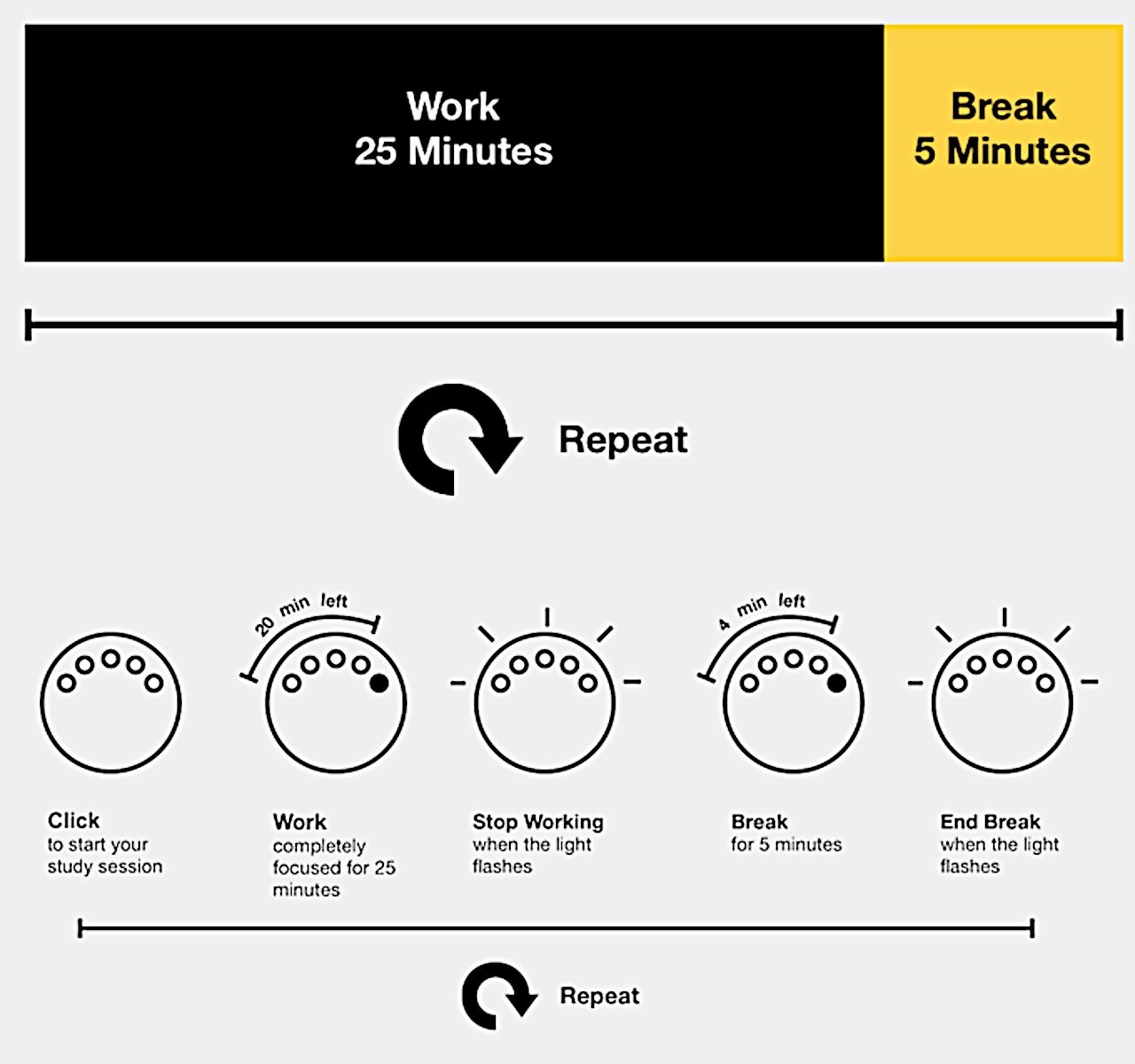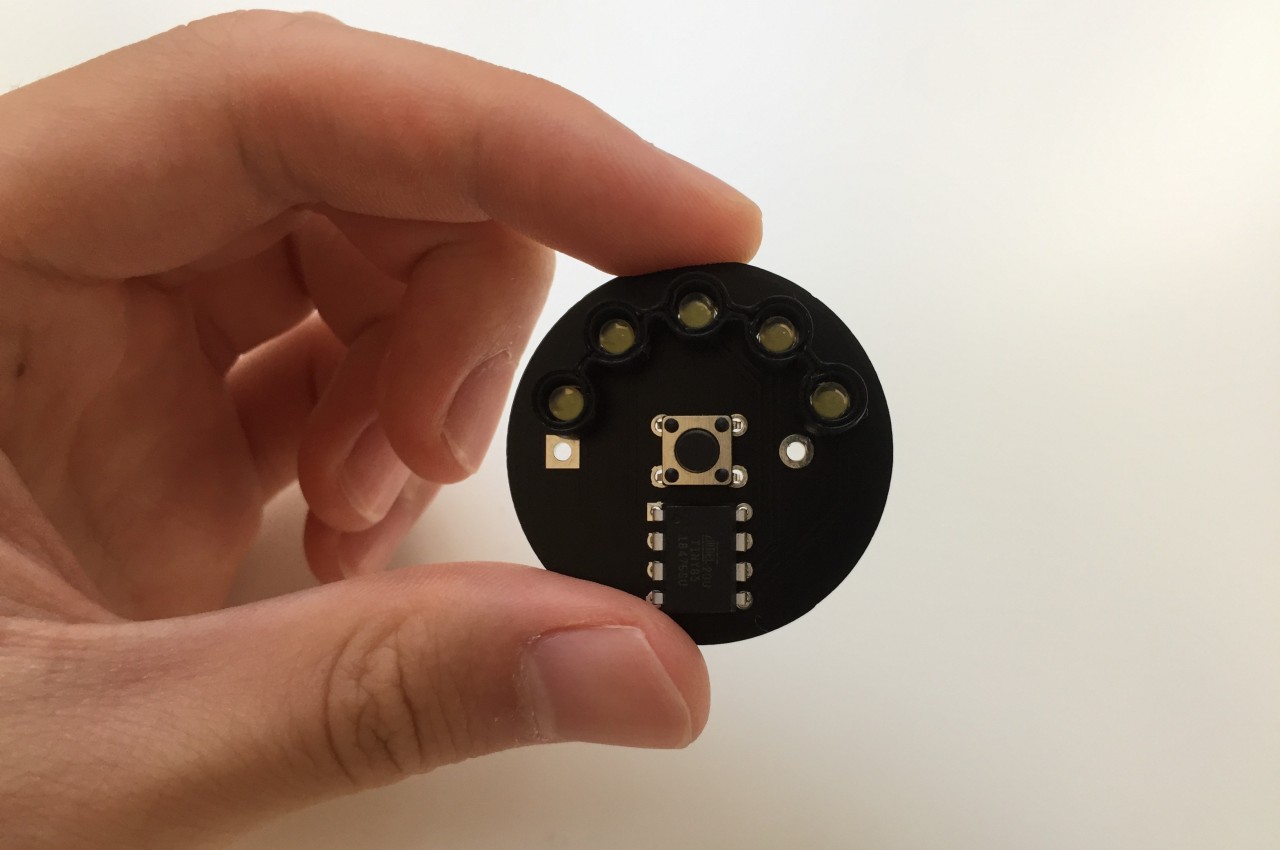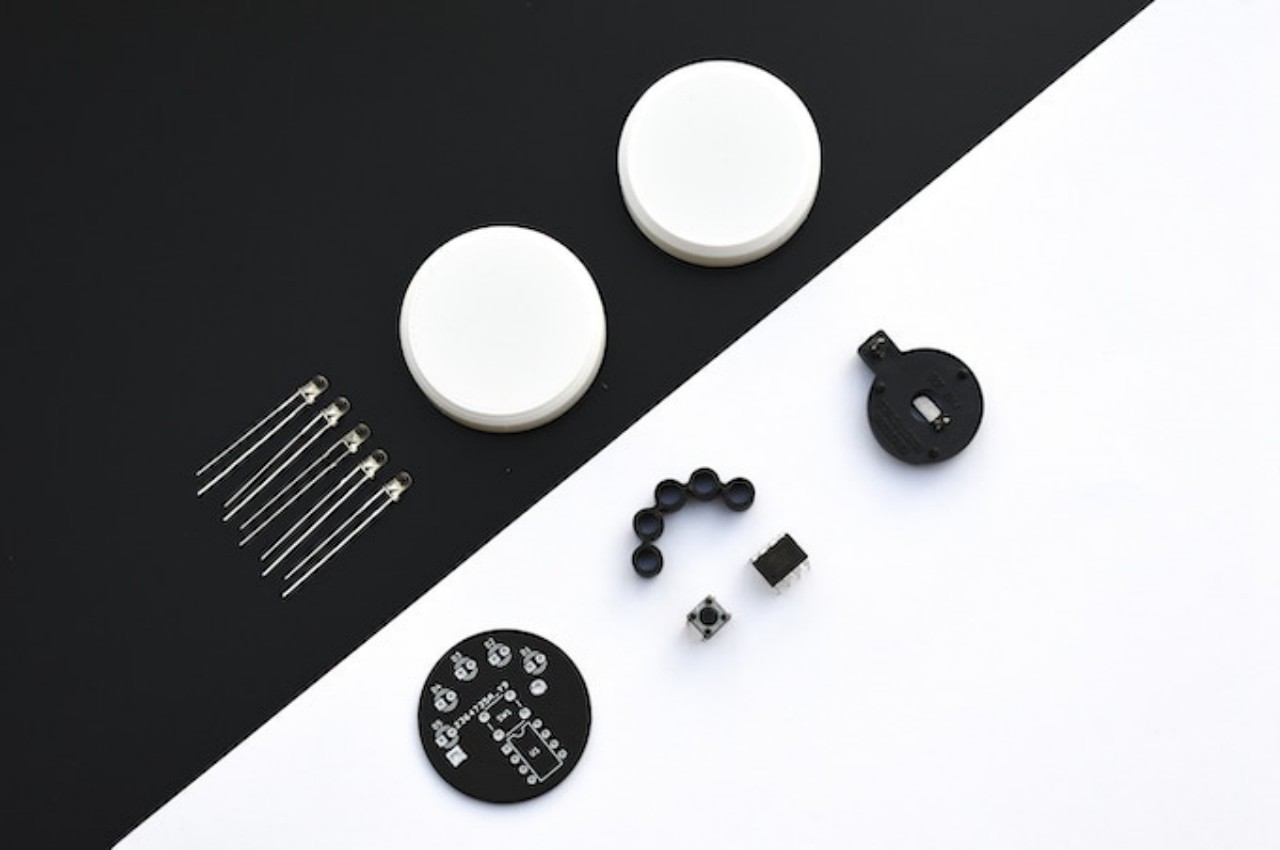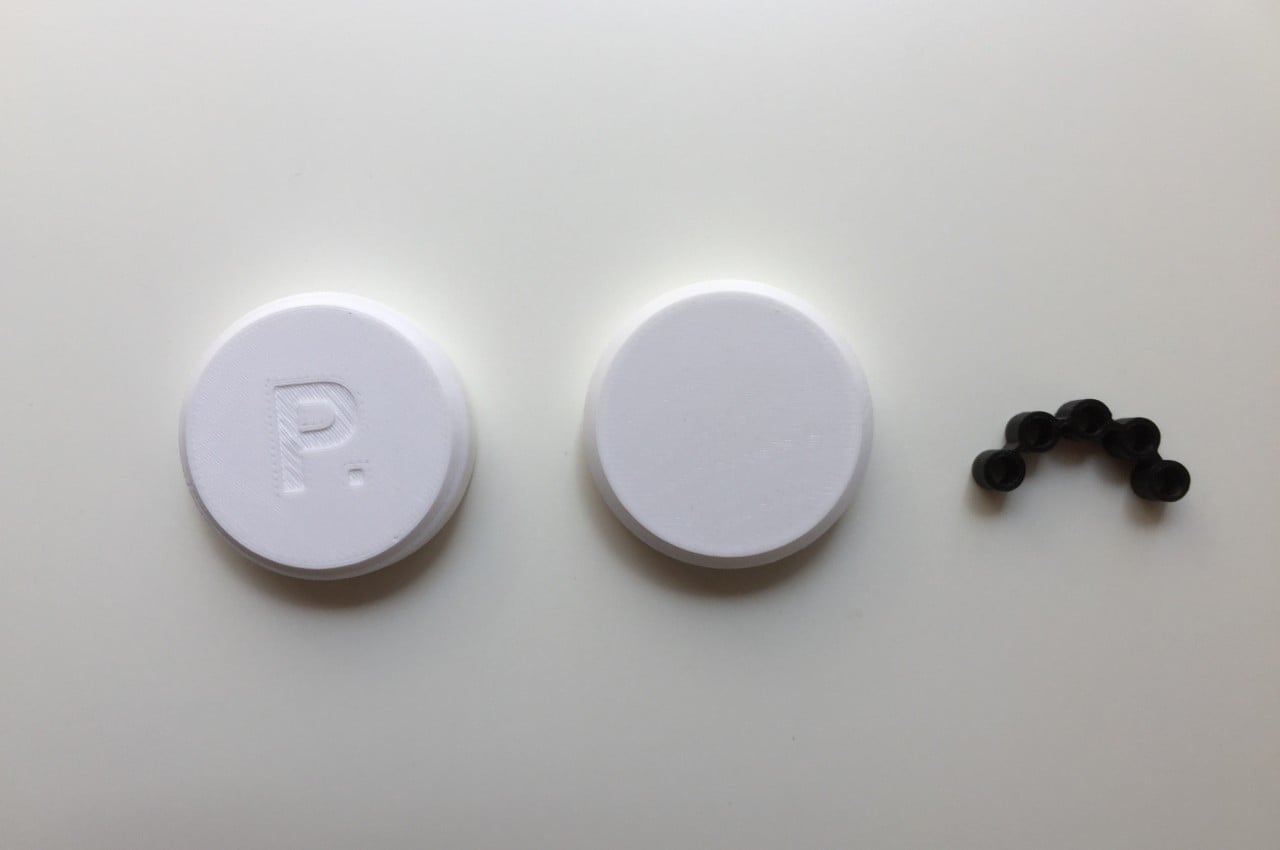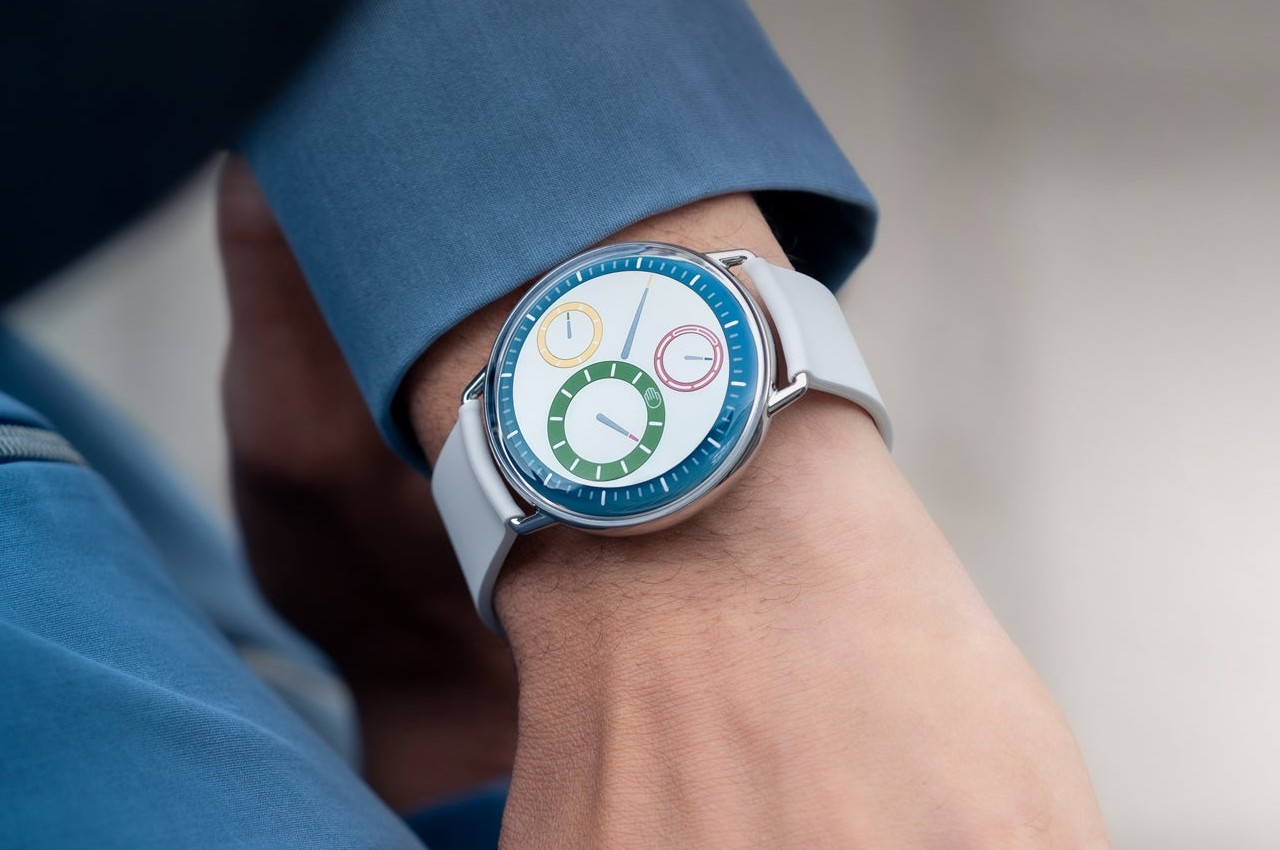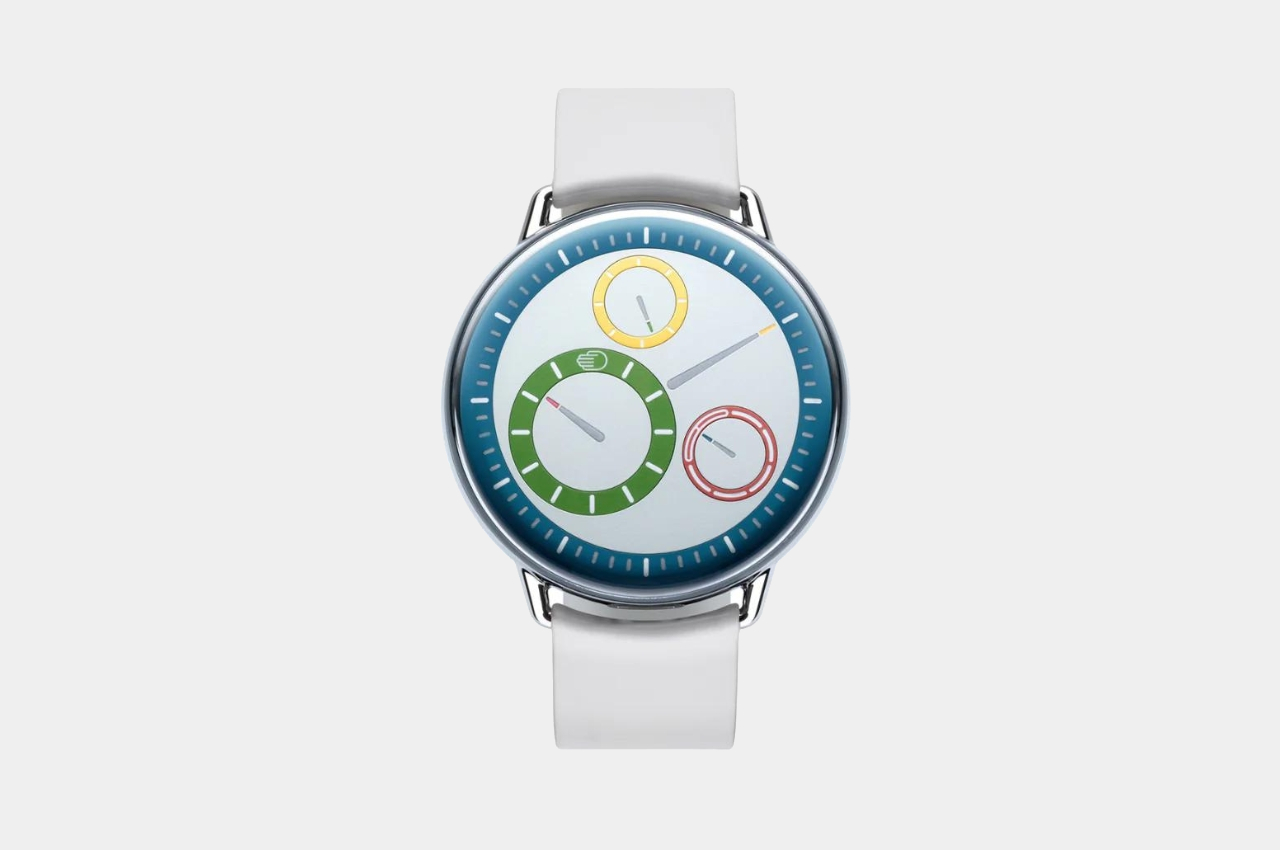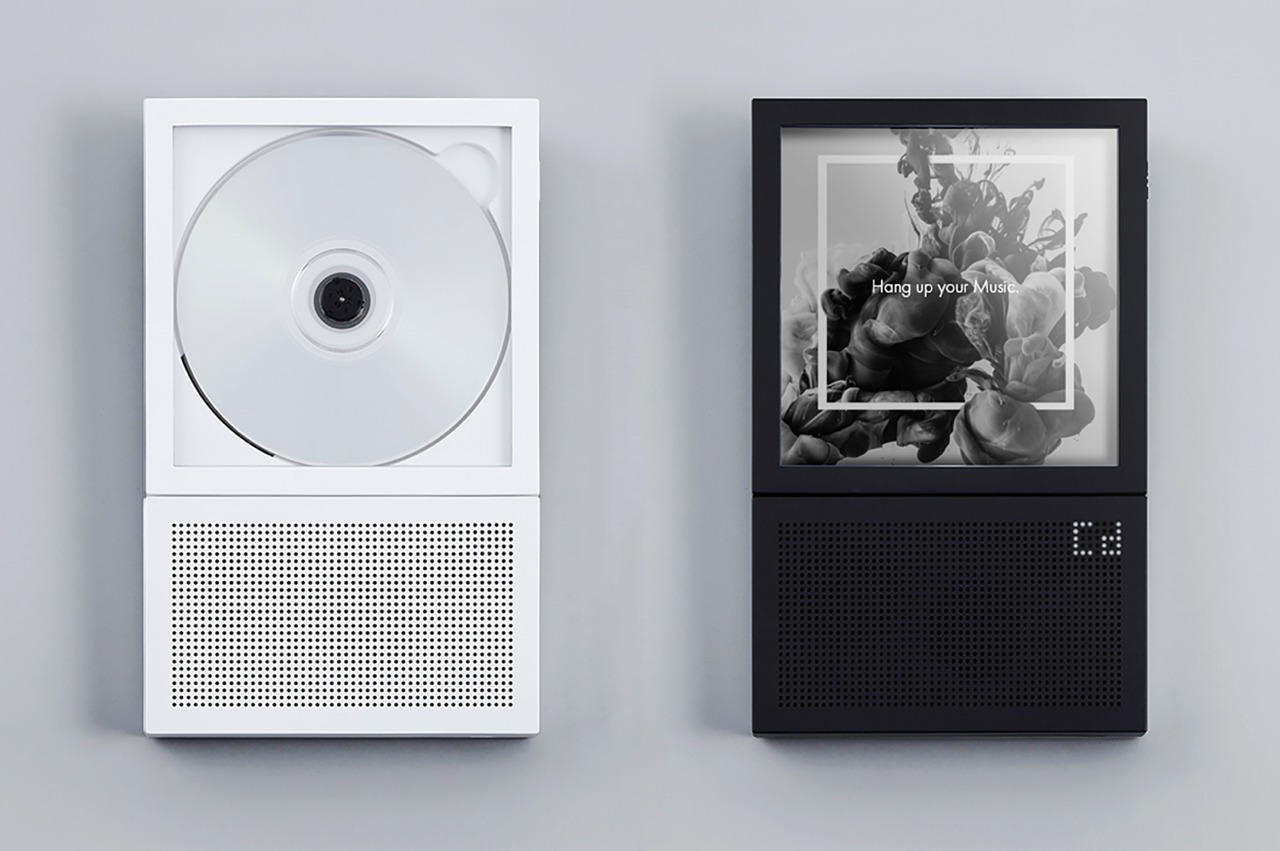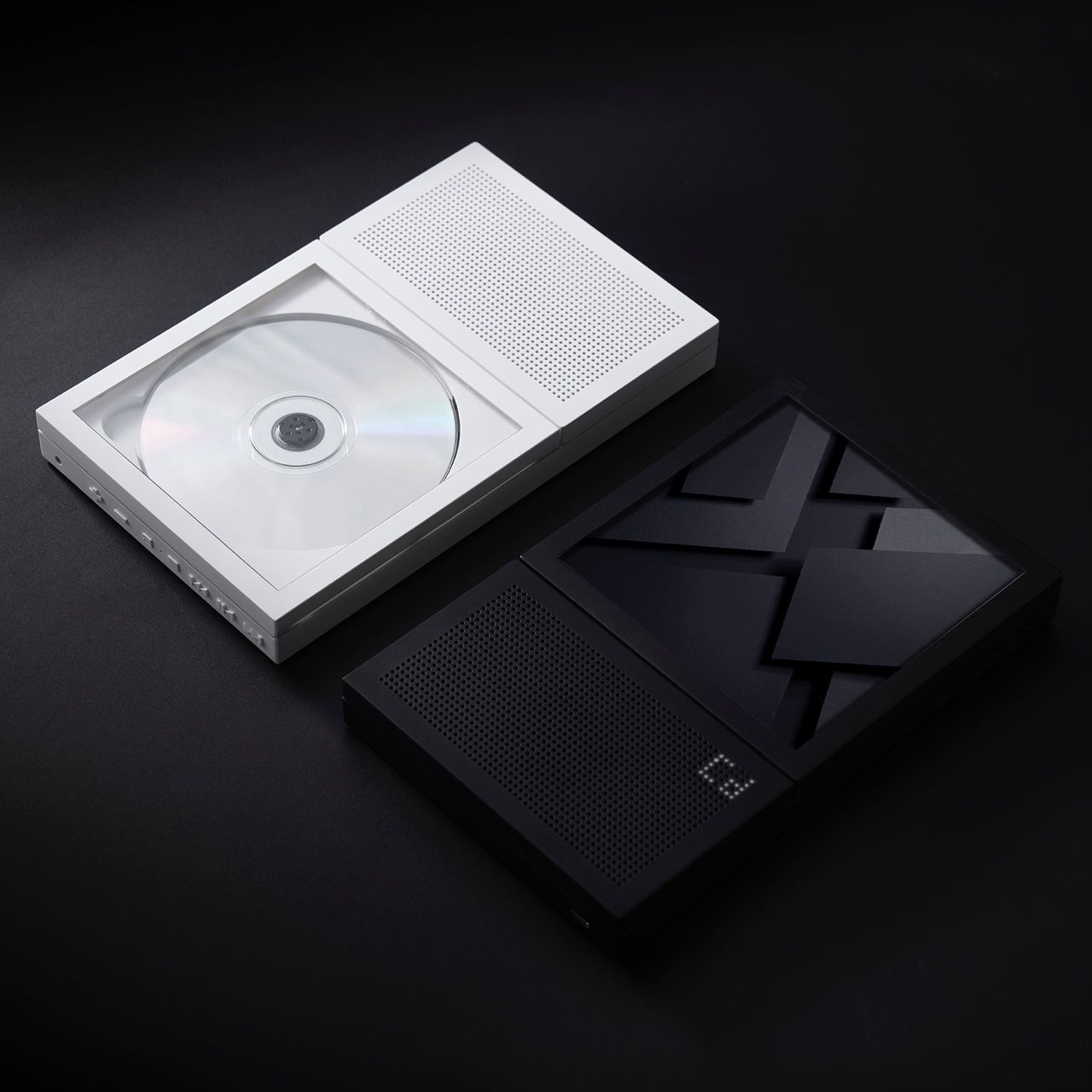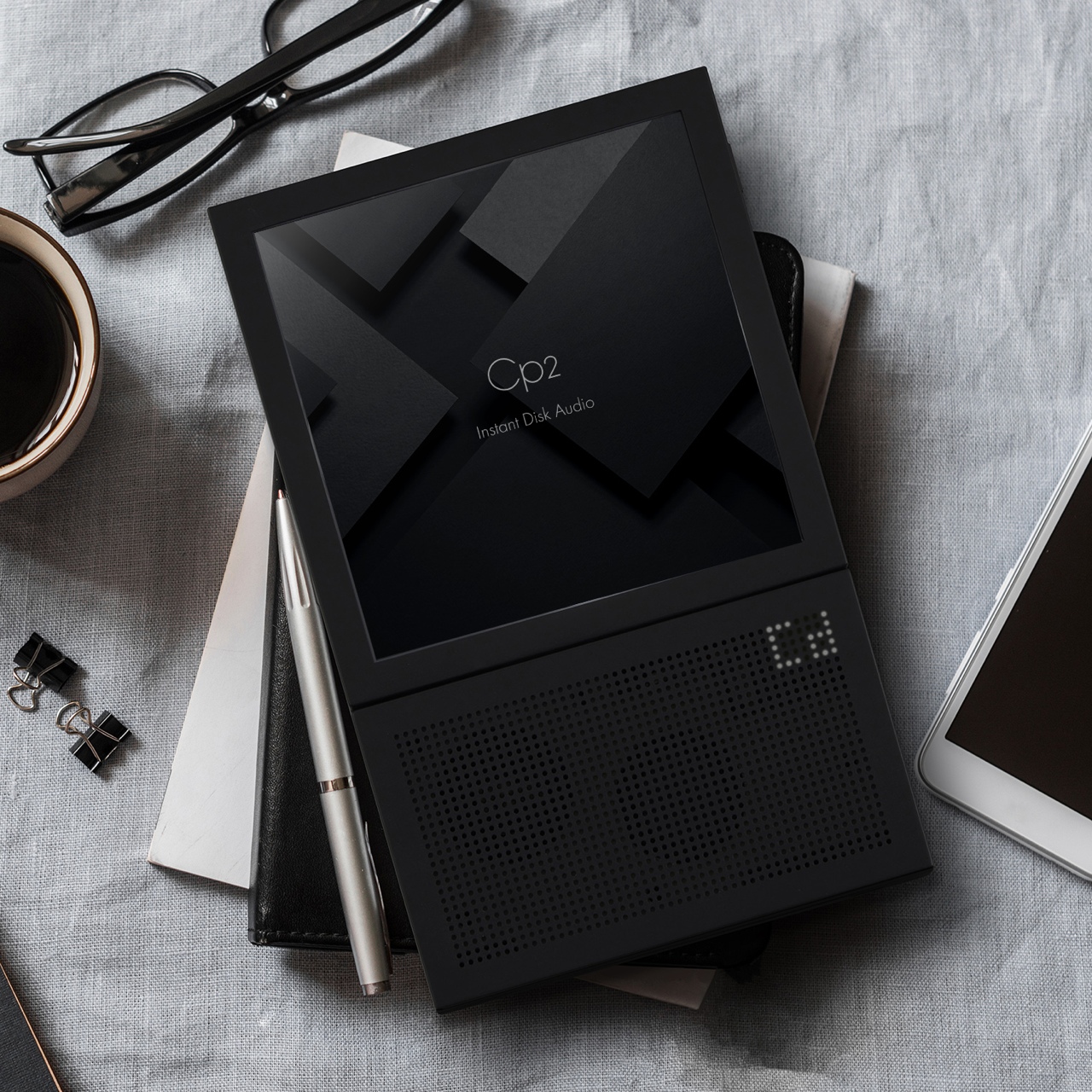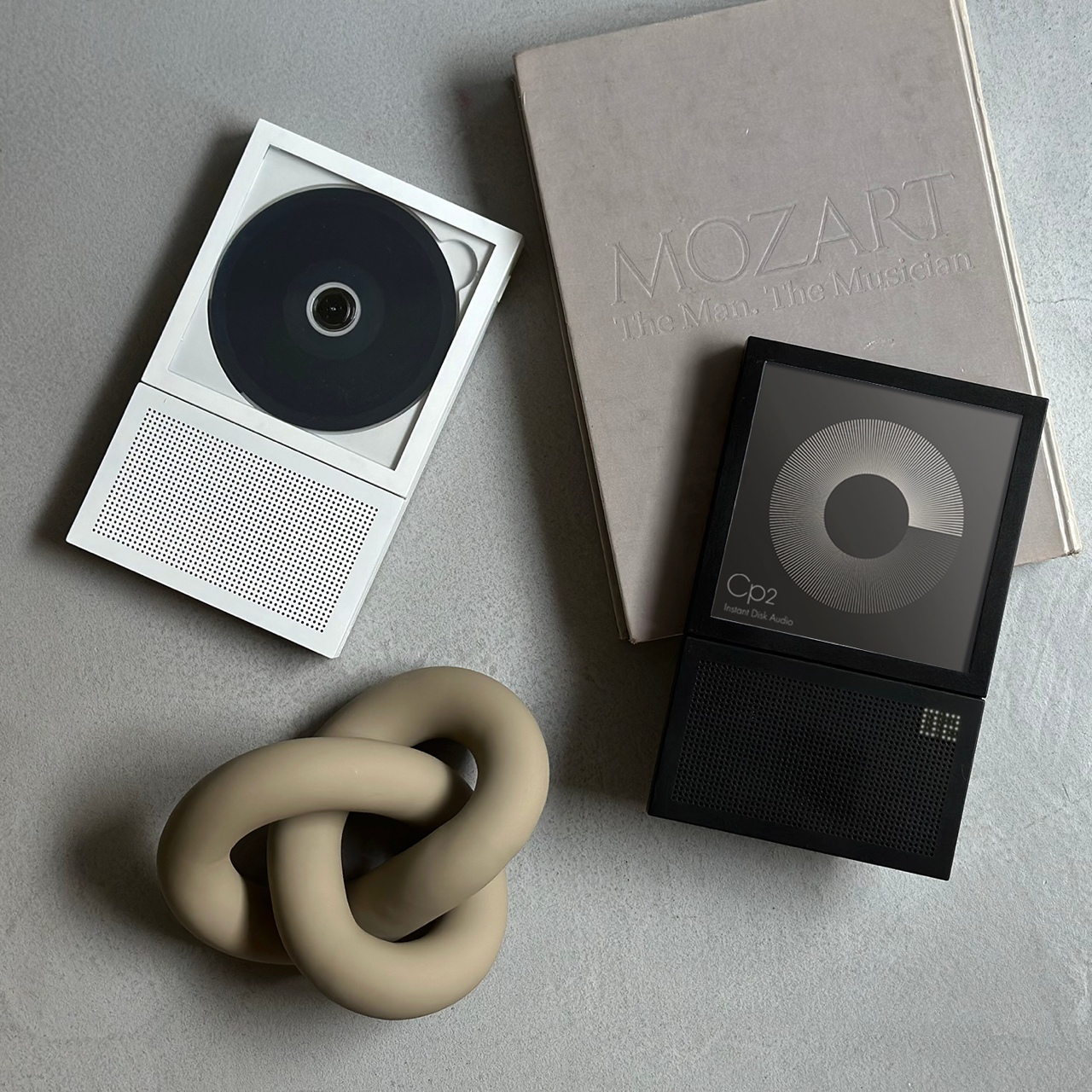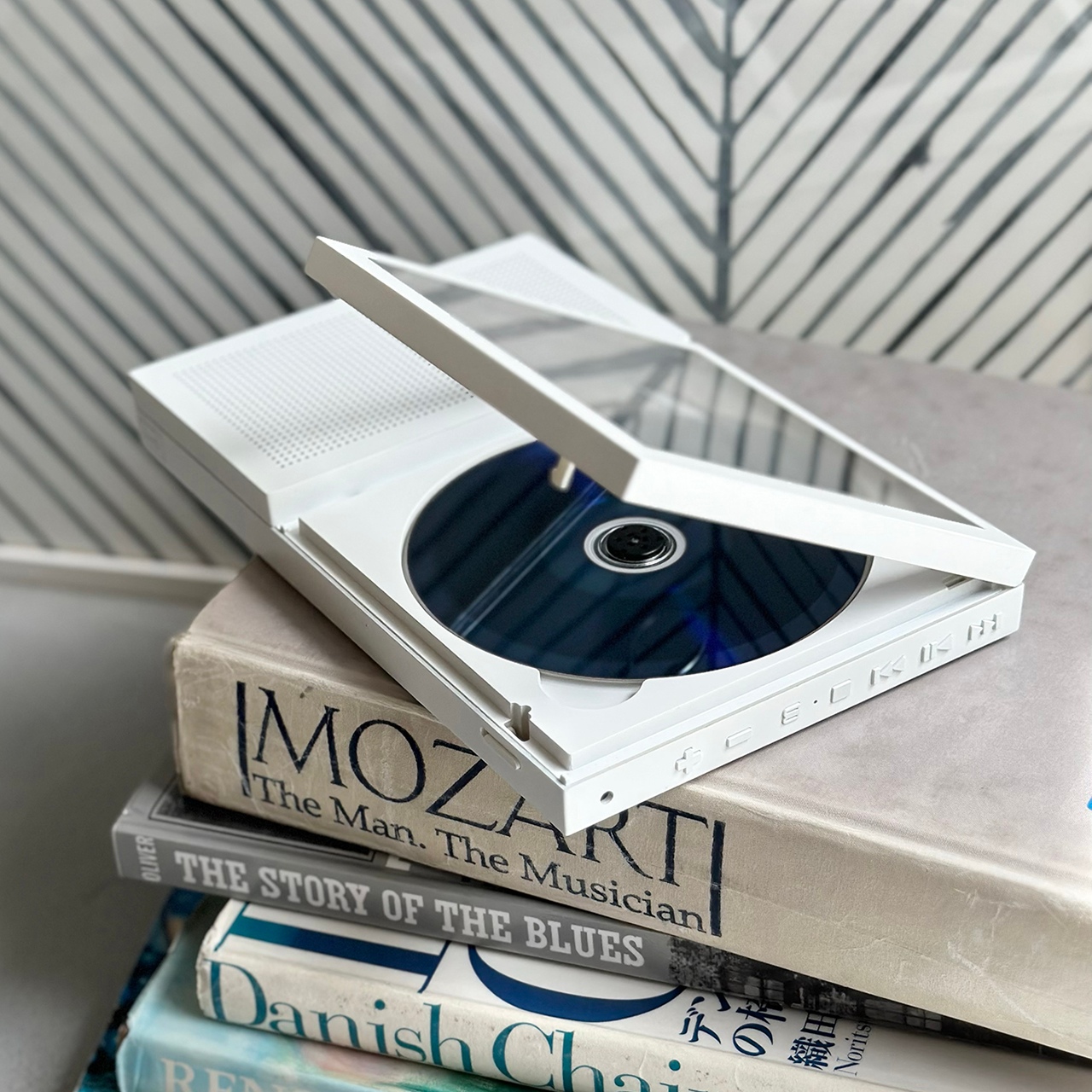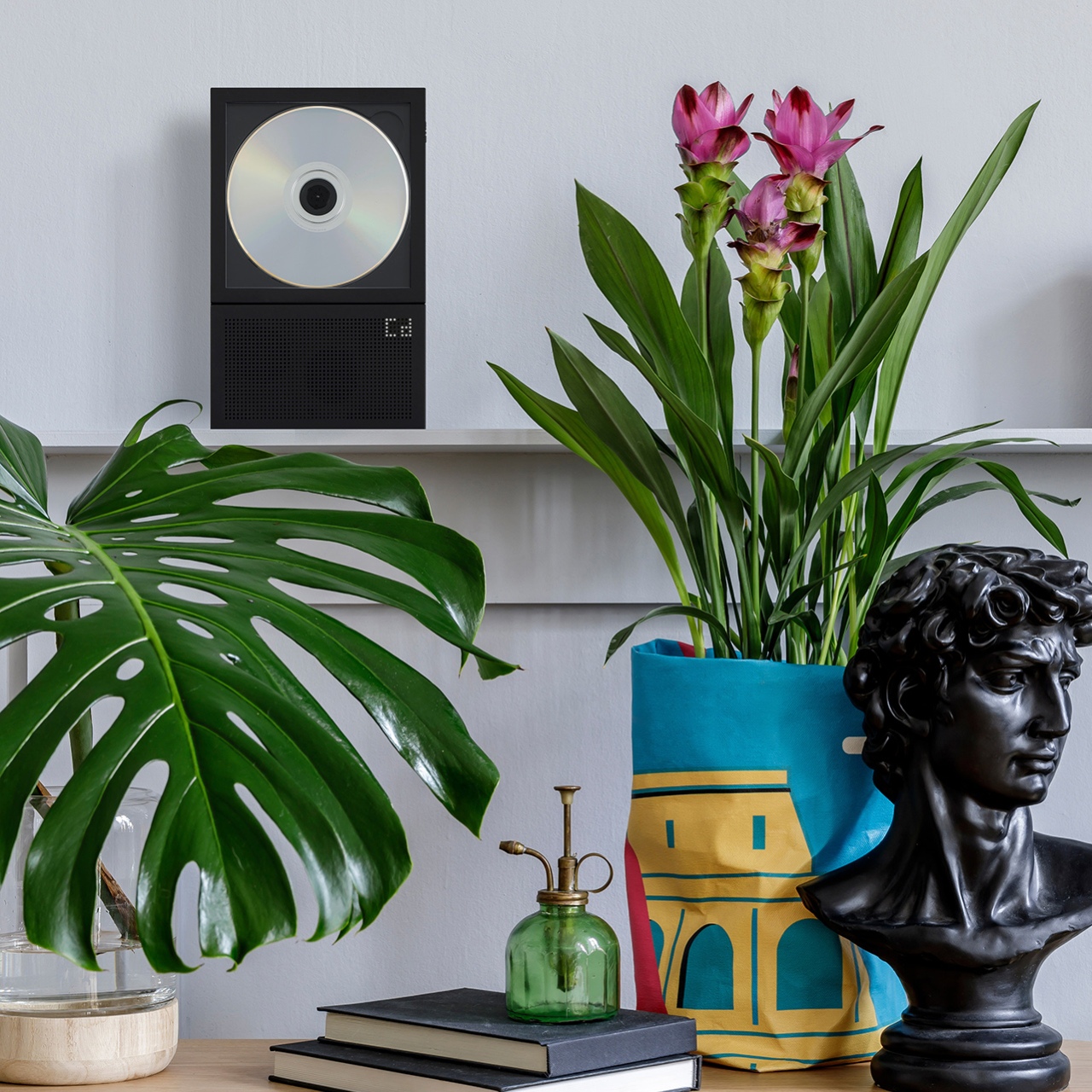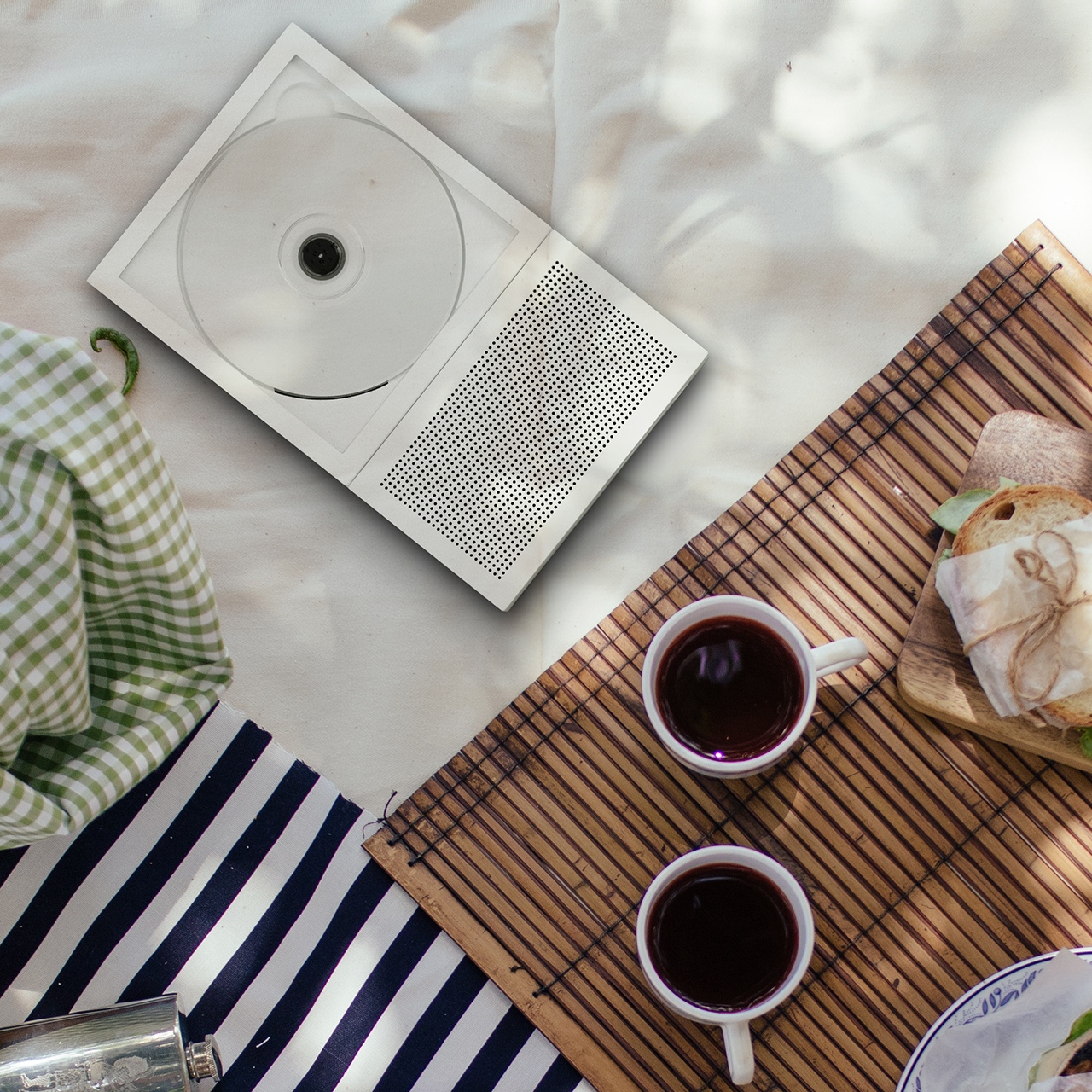Look, I know life can get hectic and work can be super exhausting, which can be brutal for our mental health. Taking care of our mental well-being has never been more essential, considering how chaotic life can get. As much as we tend to pay attention to our physical well-being, it’s time to do the same for our mental health. Meditation can really help you unwind, release stress, and create an overall tranquil mindset. Although if you’re anything like me, sitting still without a single thought in your head can seem damn near impossible! Hence we’ve curated a collection of innovative gadgets to help you master the art of meditation. From a meditation headset designed by Layer to a battery-free aroma diffuser – these inventive product designs are all you need to inculcate meditation sessions into your daily routine! Start your day or end it on a peaceful and tranquil note. You can thank us later!
1. Japanese Lantern Candle
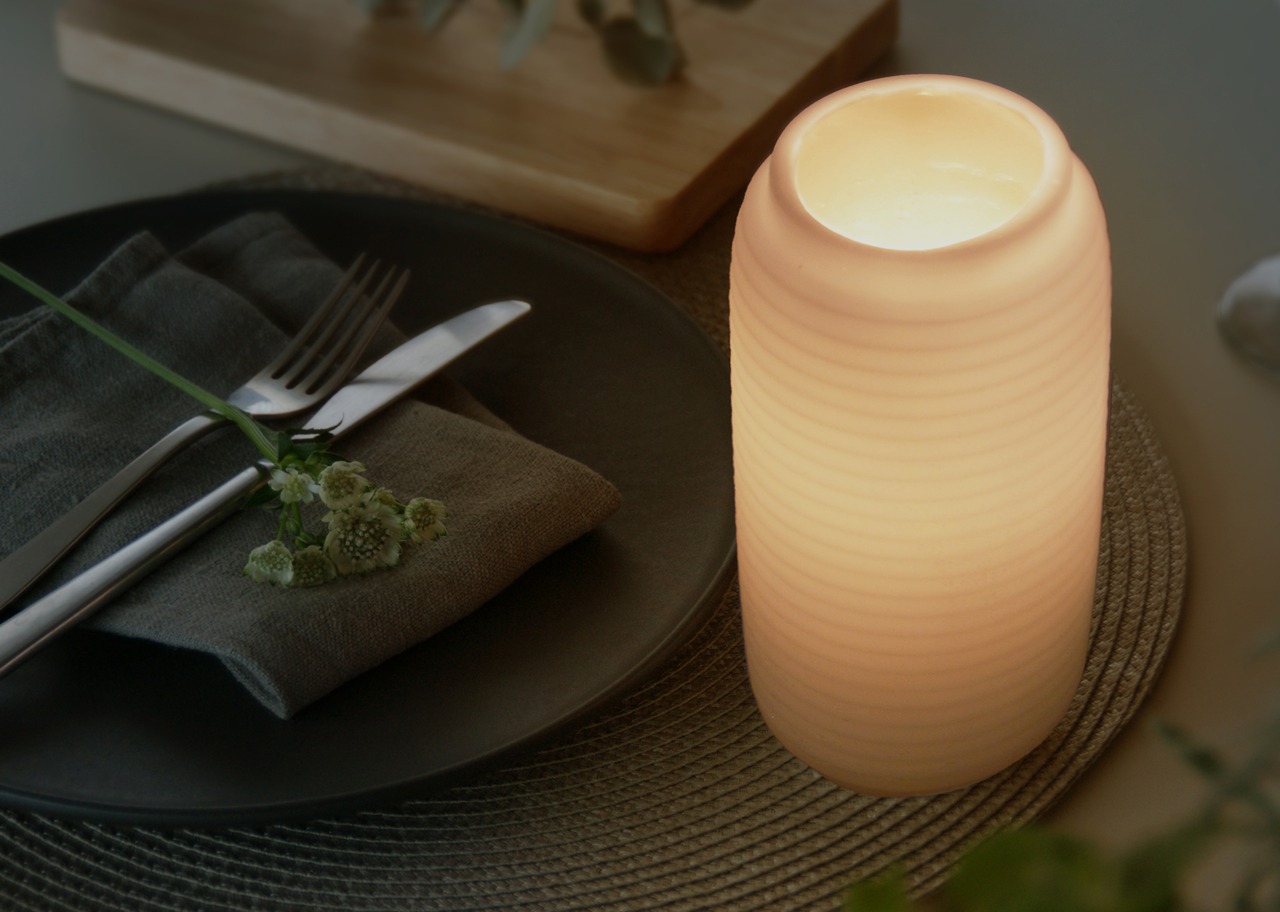
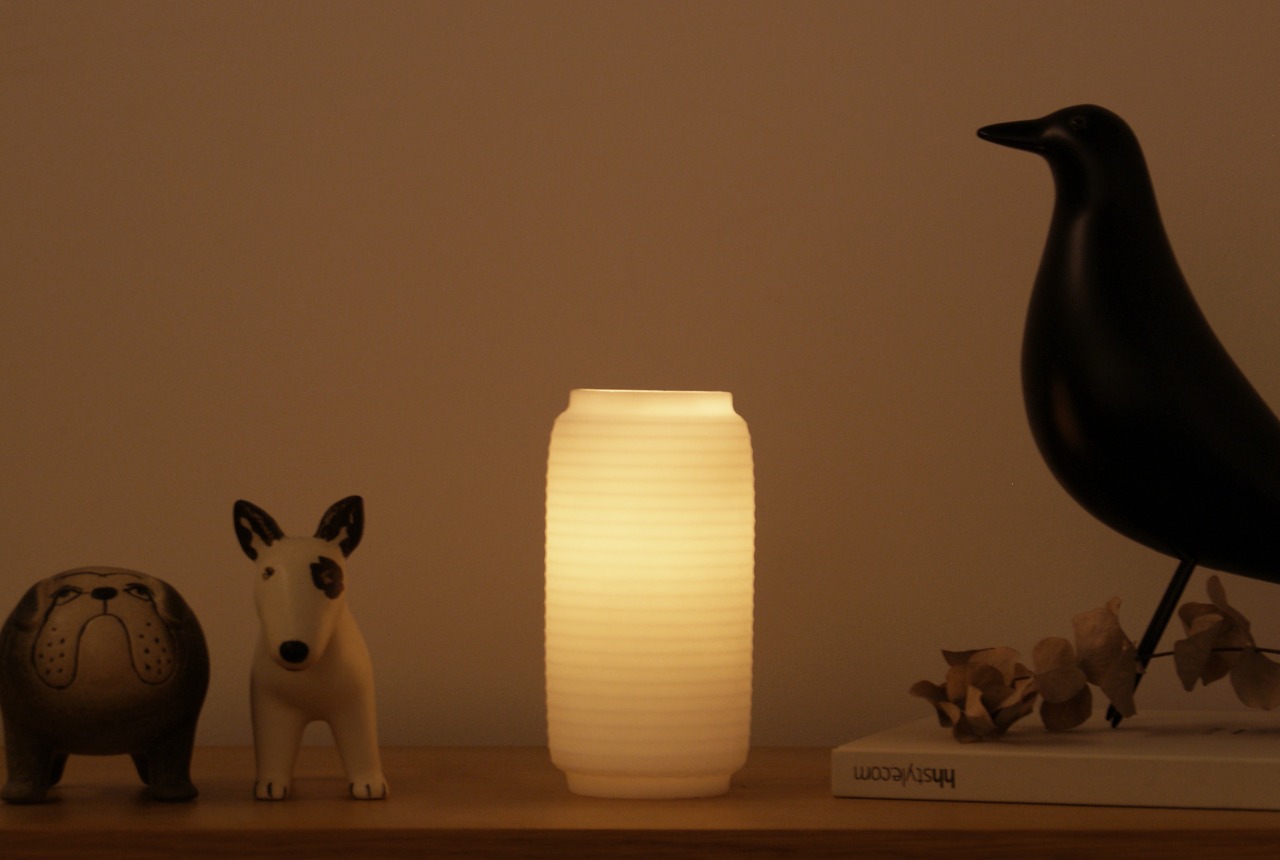
Designed to look like a traditional Japanese ‘chouchin’ lantern, this pretty Japanese lantern candle has an interesting pillar shape and is essential for your bedroom or bathroom on the days you decide to give yourself some much-needed me-time and pampering. The lantern has a soothing and aesthetic appearance.
Why is it noteworthy?
The Japanese lantern candle provides a contemporary and modern take on an iconic Japanese design. It has a minimalist design that lets it seamlessly merge with any modern living space perfectly and emits a relaxing glow that will instantly make you feel at ease, and help you enter a meditative state.
What we like
- Since the wax is non-melting, it creates a lovely clarity on the candle
What we dislike
- The candle is a fire hazard, so you need to use it carefully around kids and pets
2. ASMR Zen Ball
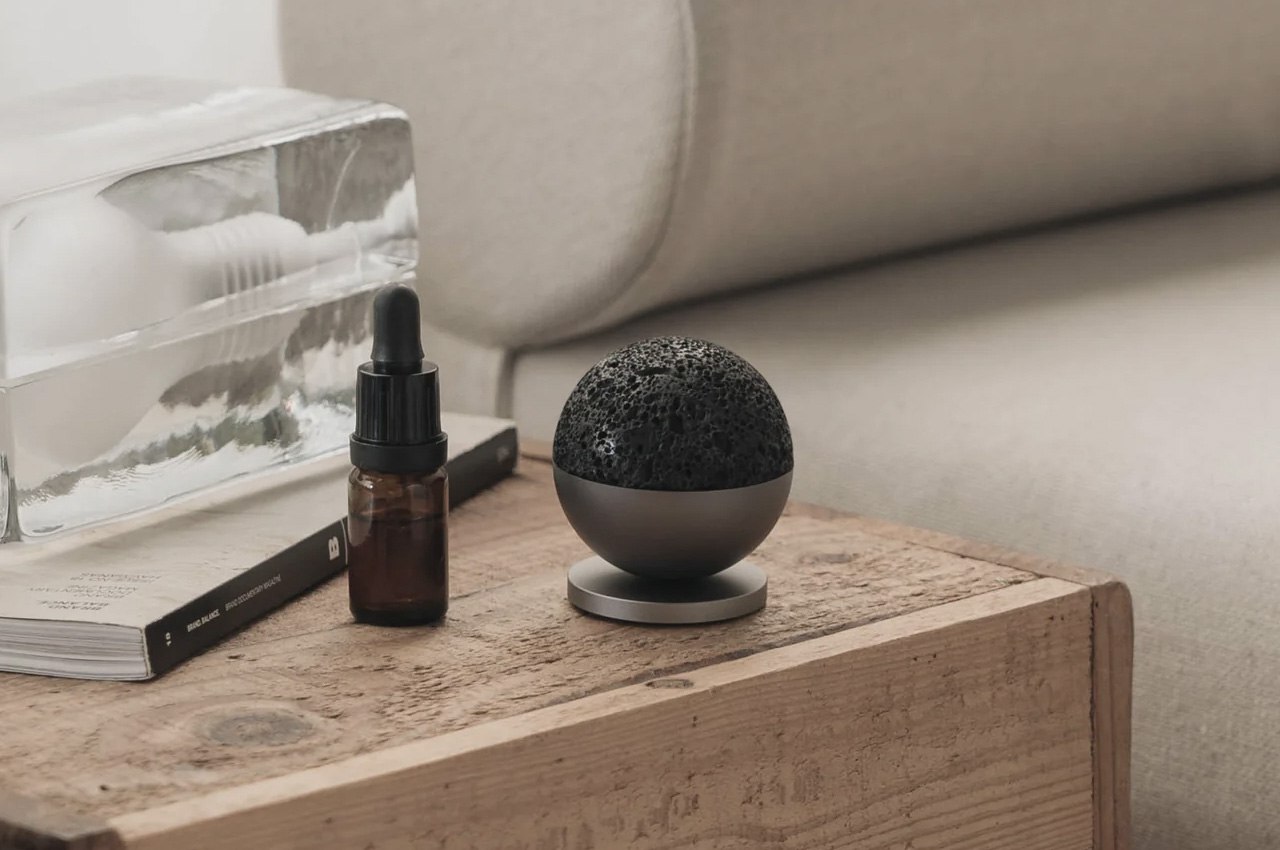
This little compact ball is called the ASMR Zen Ball, and it perfectly fuses natural and engineered elements to create a space-inspired design that provides a calming and relaxing experience to its users. The nifty little product has a meteorite-inspired porous surface that functions as an excellent absorbent surface for your aroma oils, which helps create a meditative experience for you.
Why is it noteworthy?
The Zen Ball is made from genuine volcanic stone and matte aluminum alloy, which lets it double up as a fidget toy, creating an interactive experience, where users can connect with the natural energy of the earth.
What we like
- The Zen Ball also doubles up as a fidget toy, which provides sensory stimulation
What we dislike
- The ball could get rolling due to accidental bumps when not attached to its base
3. Rin Harmony Incense Holder

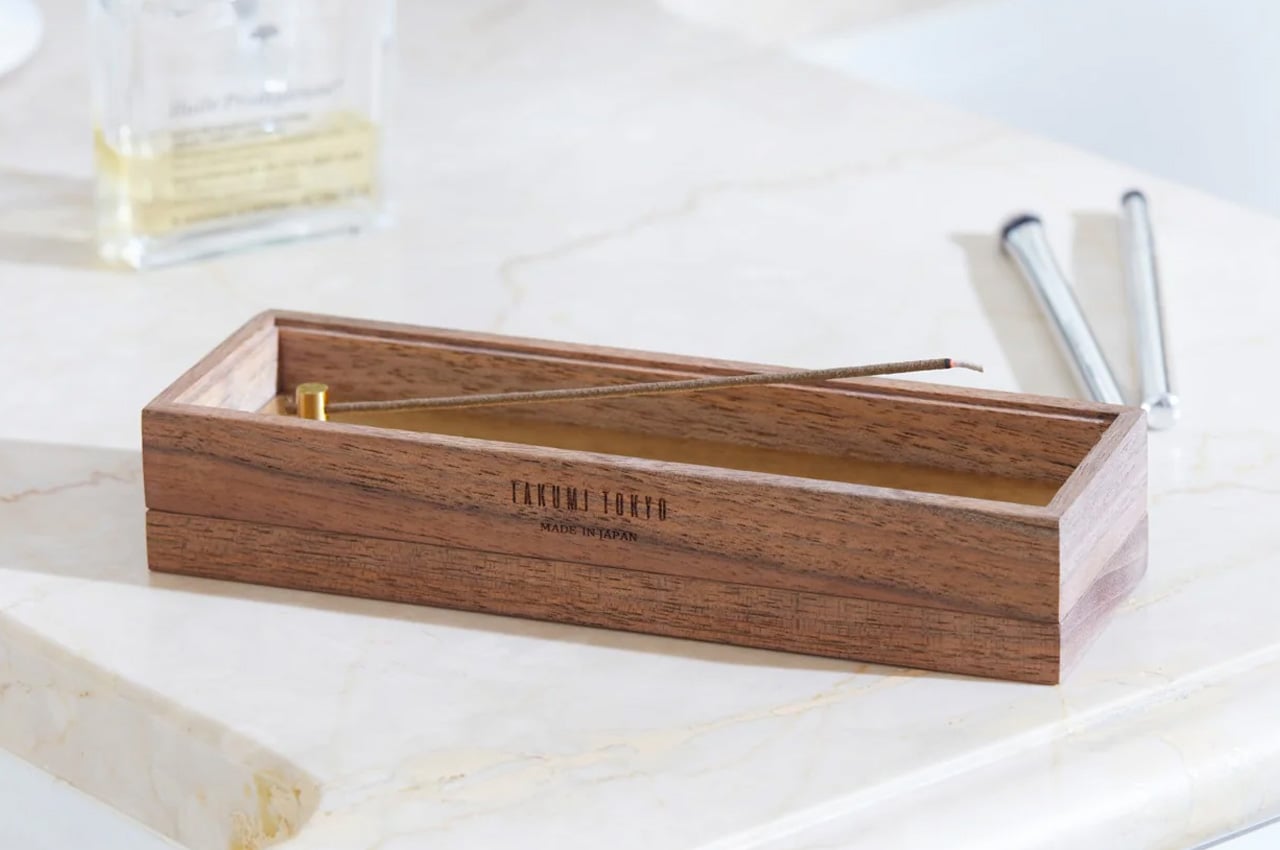
The Rin Harmony Incense Holder lets you enjoy the smoky and relaxing aroma of your favorite incense stick, letting you calm down, irrespective of where you are. The holder is built from natural walnut wood, and it serves as a storage space for the incense sticks, as well as a base for the burning incense.
Why is it noteworthy?
The brass plate functions as a safe space to hold the lit stick, and a matching cover lets you snuff out the flame, while also making sure that the ashes don’t fly around.
What we like
- Dual-functional design with a minimal form
- Great companion for your calming exercises and meditation
What we dislike
- The holder only allows one incense to be lit at a time, so the reach of the aroma is limited
4. LightVision Meditation Headset
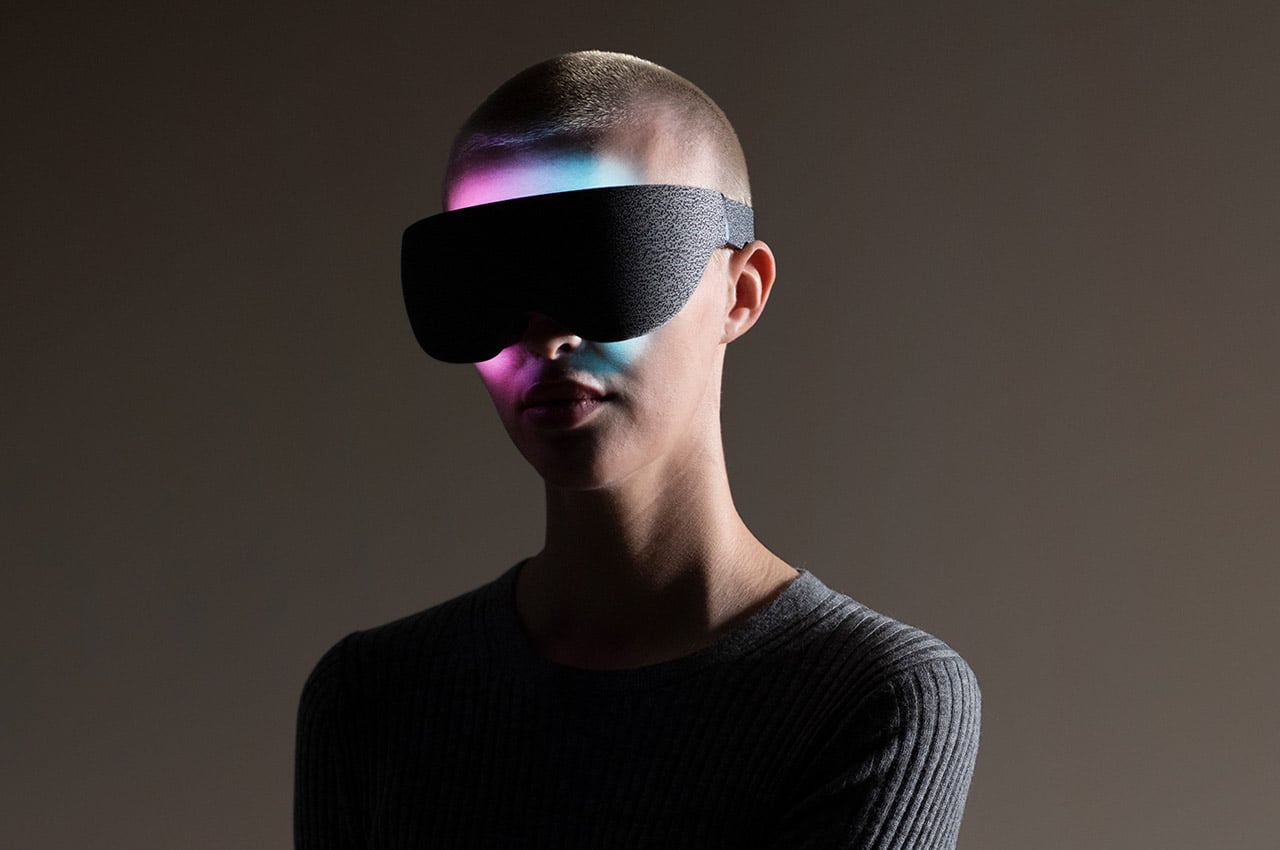
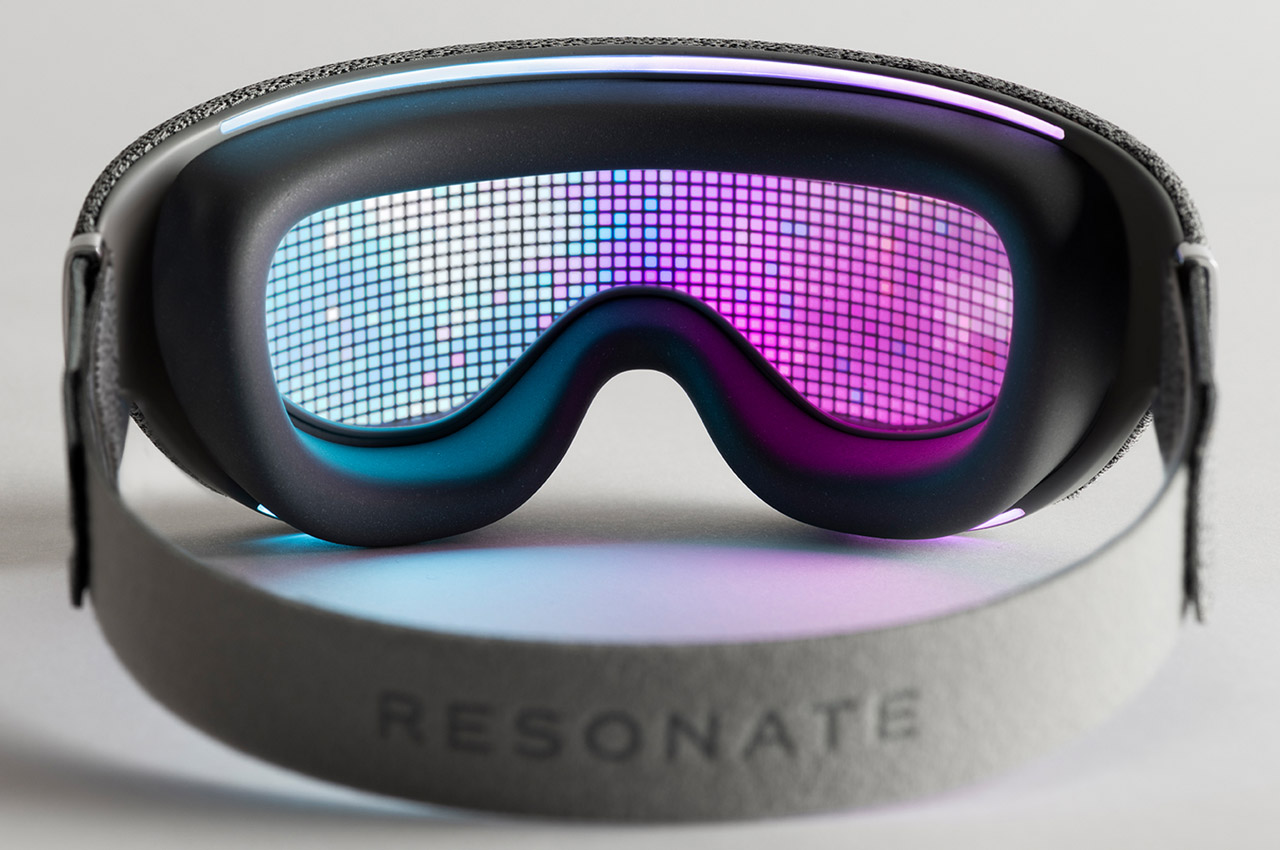
Designed by Layer Design, the LightVision meditation headset is an interesting innovation with an array of LED lights that create a layer of magic to the natural visual feed of the user. It transforms natural videos into a sequence of biomorphic patterns, which are visible to the closed eyes.
Why is it noteworthy?
The patterns are visible as an ever-changing kaleidoscope of sequences that trigger the brain’s “frequency-following response”. This results in a distraction-free state of mind letting you meditate and unwind.
What we like
- An ergonomic form that is comfortable on the face and eyes
What we dislike
- Meditating with the help of screens may result in tired eyes if you’re using them for long periods of time
5. Battery-free Aroma Diffuser
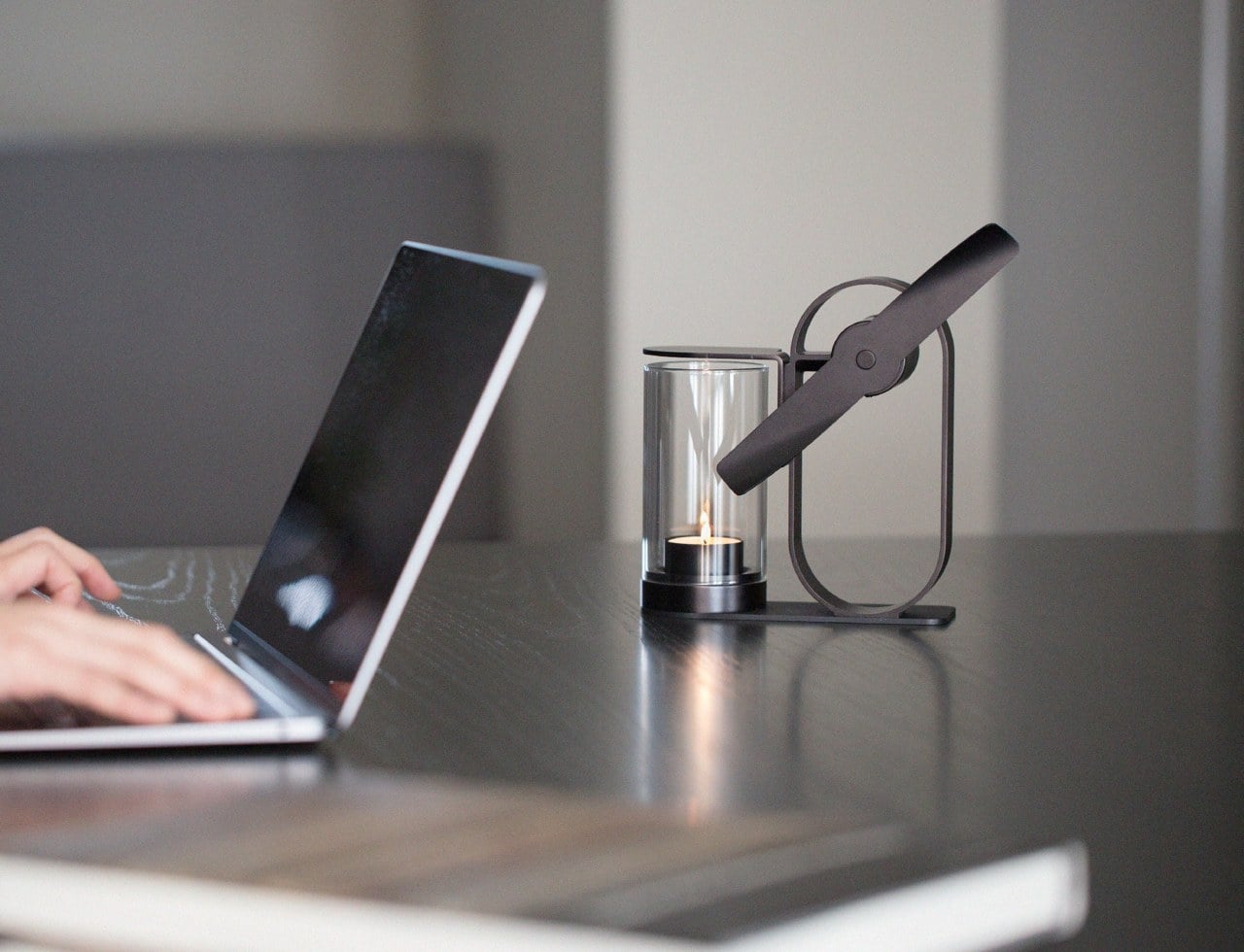
If you’re in the mood to meditate, then this battery-free aroma diffuser is your perfect companion. It lets you take a deep and relaxing breath without causing any kind of harm to the environment. When you use the battery-free aroma diffuser, you harness the power of a single candle as it uses simple science and physics.
Why is it noteworthy?
As its name signifies, the diffuser doesn’t need any batteries or external power source to operate. It only uses the heat of a single candle to spread some amazing aromatic scents. Made from sustainable materials, the diffuser has a minimalist and eco-friendly design philosophy.
What we like
- Built from recyclable materials
- Compatible with all kinds of essential oils
What we dislike
- Since the diffuser lacks electric controls, it is tough to adjust the intensity of the aroma
6. Miniature Bonfire Wood Diffuser Set


Named the Miniature Bonfire Wood Diffuser Set, this little design induces relaxation as it recreates the smell and lovely experience of a mesmerizing outdoor fire. It perfectly captures all the scents, smells, and memories of a memorable outdoor fire, but within the comfort of your own home, without the dangers of a large outdoor fire.
Why is it noteworthy?
The wood collected for the diffuser is from branches that were meant to be thrown away. They give off a distinct warm smoky steel when they are burnt on the stainless steel mini oven, emitting a comforting and serene aroma.
What we like
- You can use the diffuser as a heating or cooking stool by adding a piece of solid wood, making it a distinct multifunctional design
What we dislike
- Requires small pieces of wood, can’t be used with larger pieces of wood
7. Stress-free Aroma Diffuser
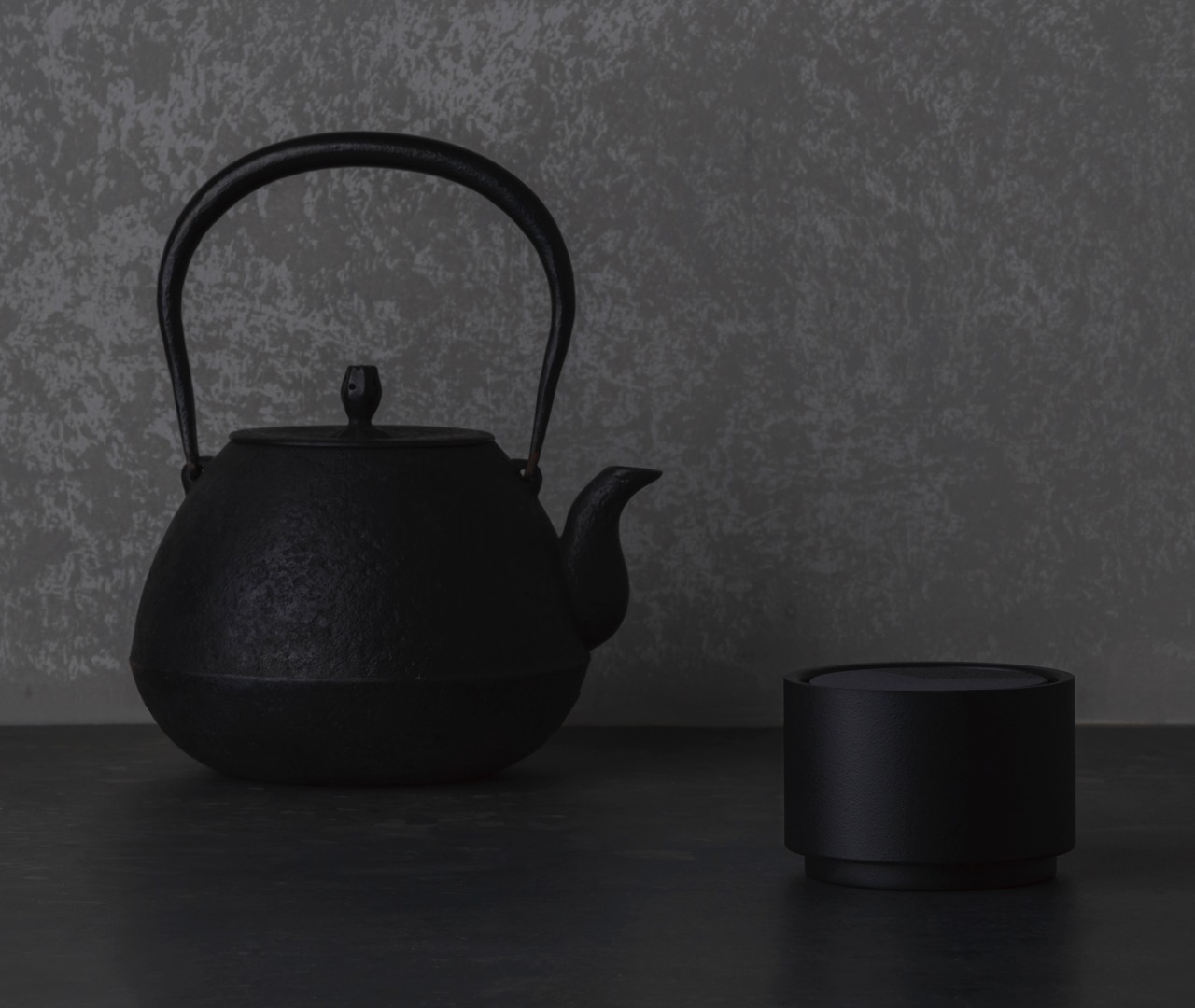
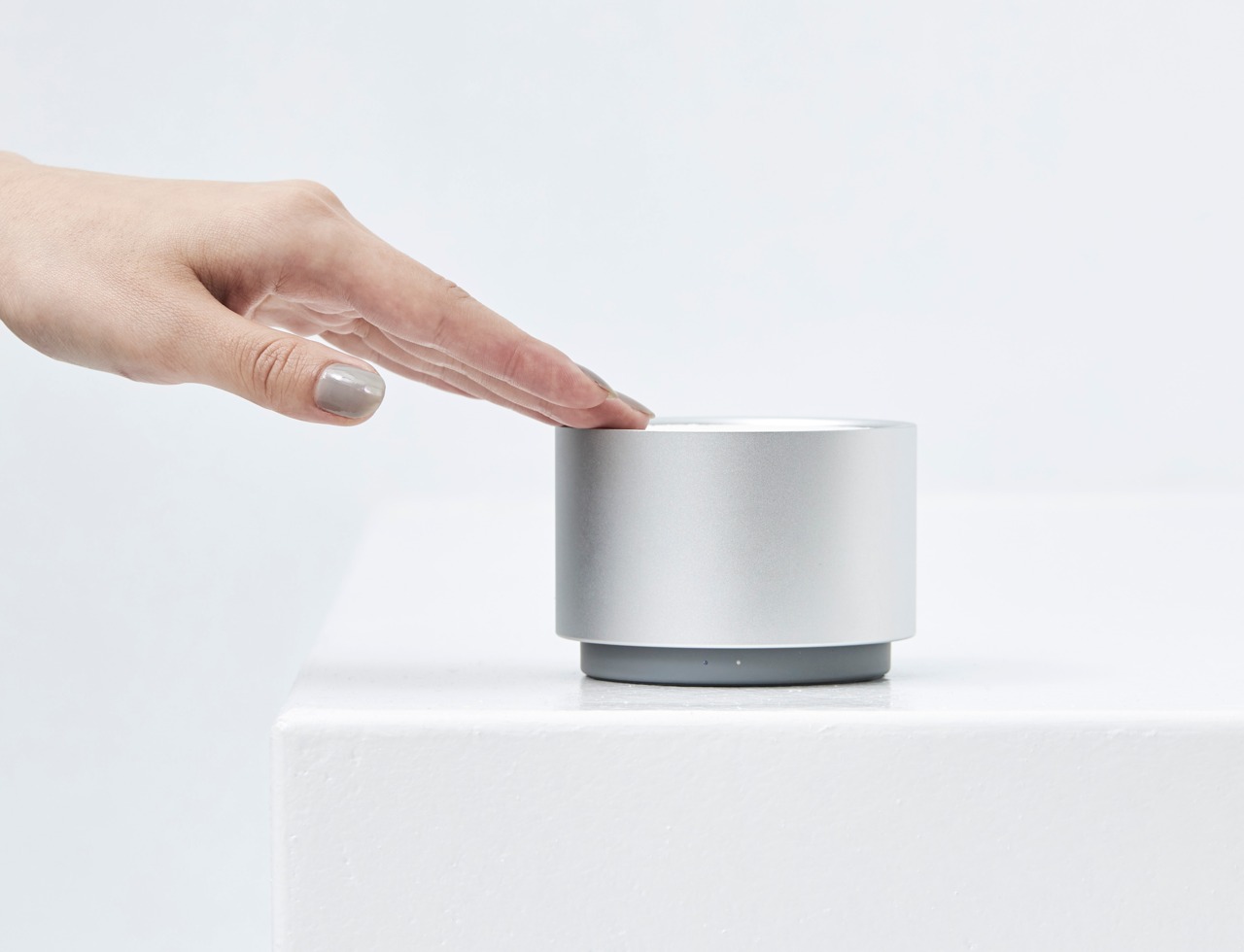
Meet the Stress-free Aroma Diffuser which helps you sit back and relax while breathing in an excellent mix of aromatic blends, that have been specially selected to soothe your mind, and help you meditate and unwind. Play some calming music, and let yourself relax with the Stress-free Aroma Diffuser.
Why is it noteworthy?
The Stress-free Aroma Diffuser emits a gentle breeze, which disperses the aroma evenly wherever you are sitting. It features a porcelain filter that absorbs the oil to provide a long-lasting experience.
What we like
- The base is polished and provides an interesting contrast to the organic-looking porcelain disc, letting it function as an elegant decoration piece
What we dislike
- Looks easily breakable and fragile, so it must be handled with care
8. The SOUL
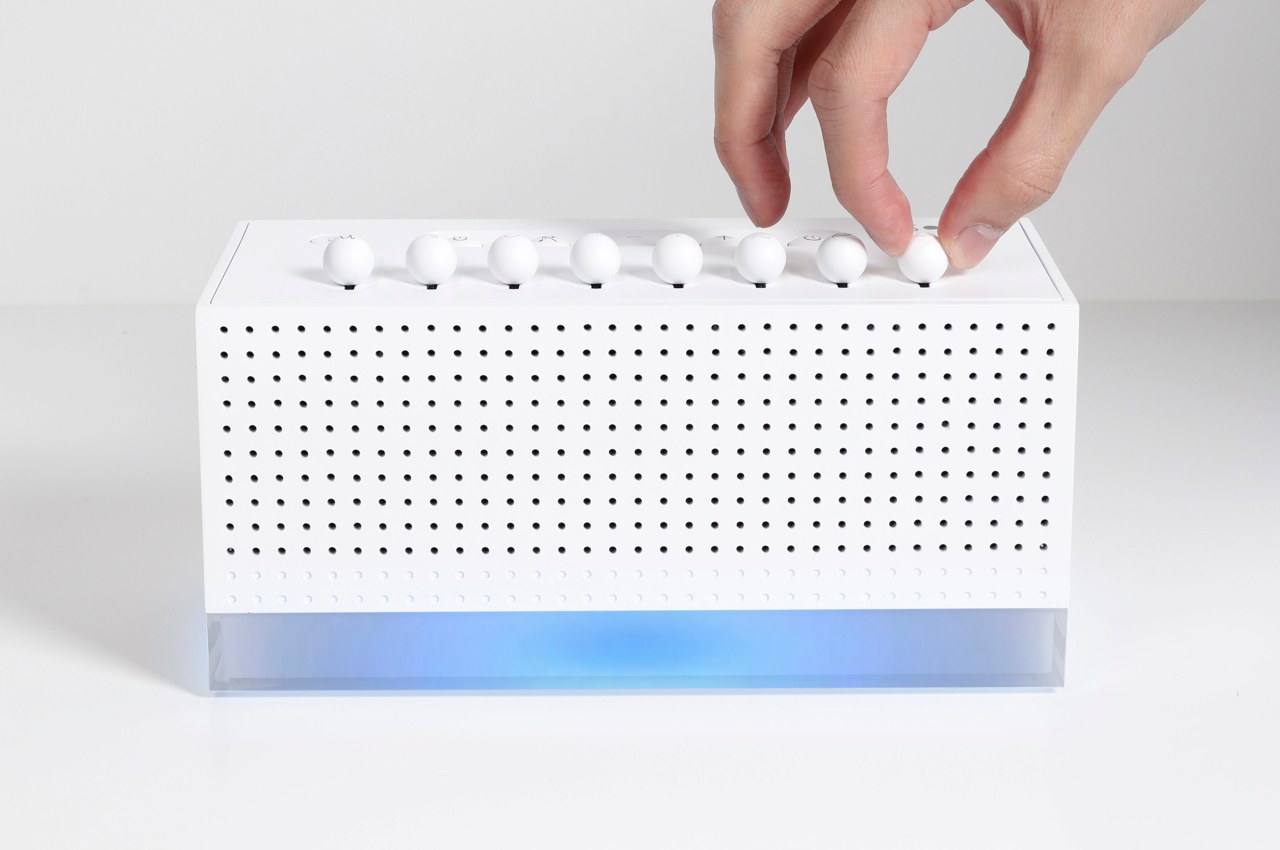
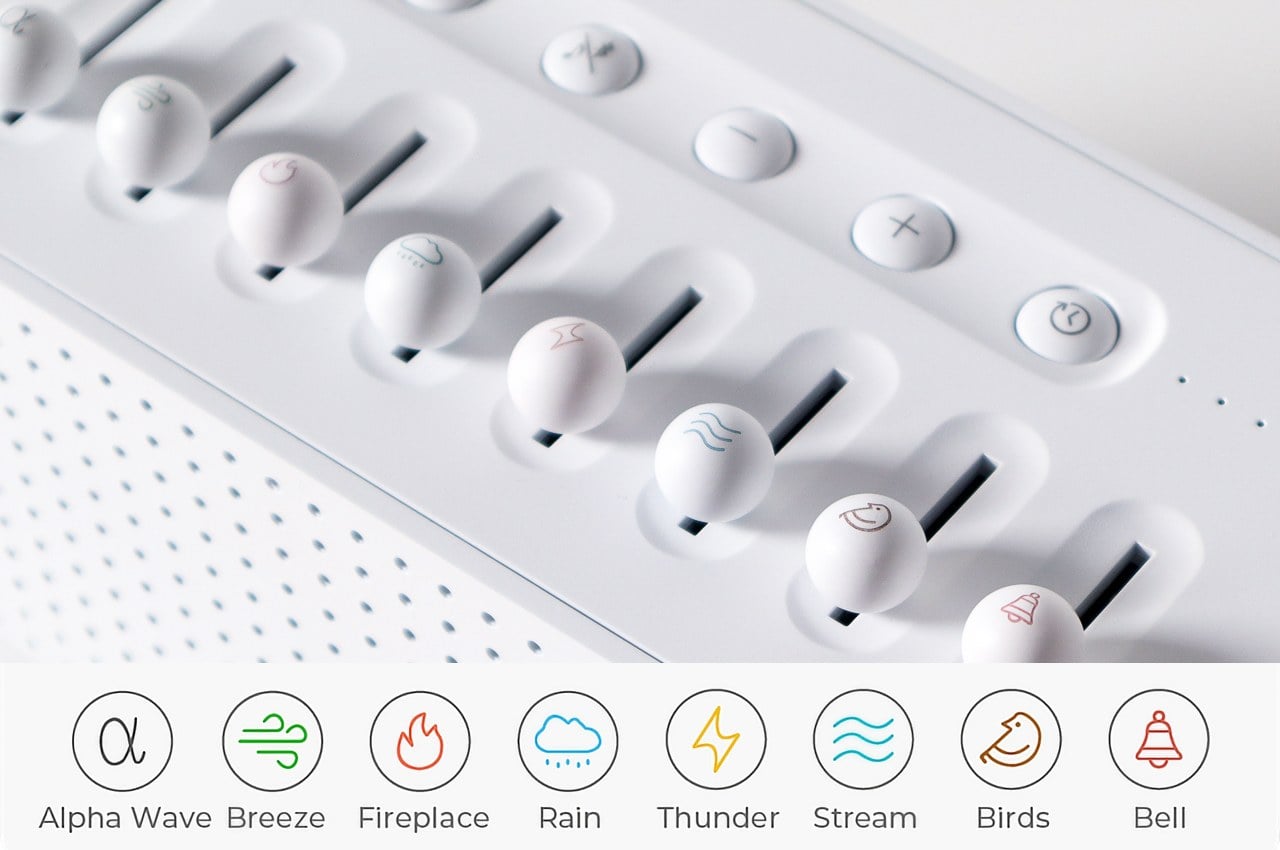
The SOUL is an ambient sound generator with a pure all-white minimalist form factor with 8 tactile slides on the top and ambient lighting at the base of the speaker. You don’t need to connect it to your Wi-Fi, and does it come with an app, nor does it have Bluetooth.
Why is it noteworthy?
The SOUL is designed to help you calm down, and not bog you down with features, and paid subscriptions. The sliders on the top resemble tactile spherical sliders, and they let you build out your soundscape, letting you choose between different sounds, and how loud you want them.
What we like
- The 8 sliders allow you to customize your sound, helping you focus, destress, meditate, or even fall asleep
What we dislike
- It’s a conceptual product, so we don’t know how well it will translate into a tangible product
9. Focus
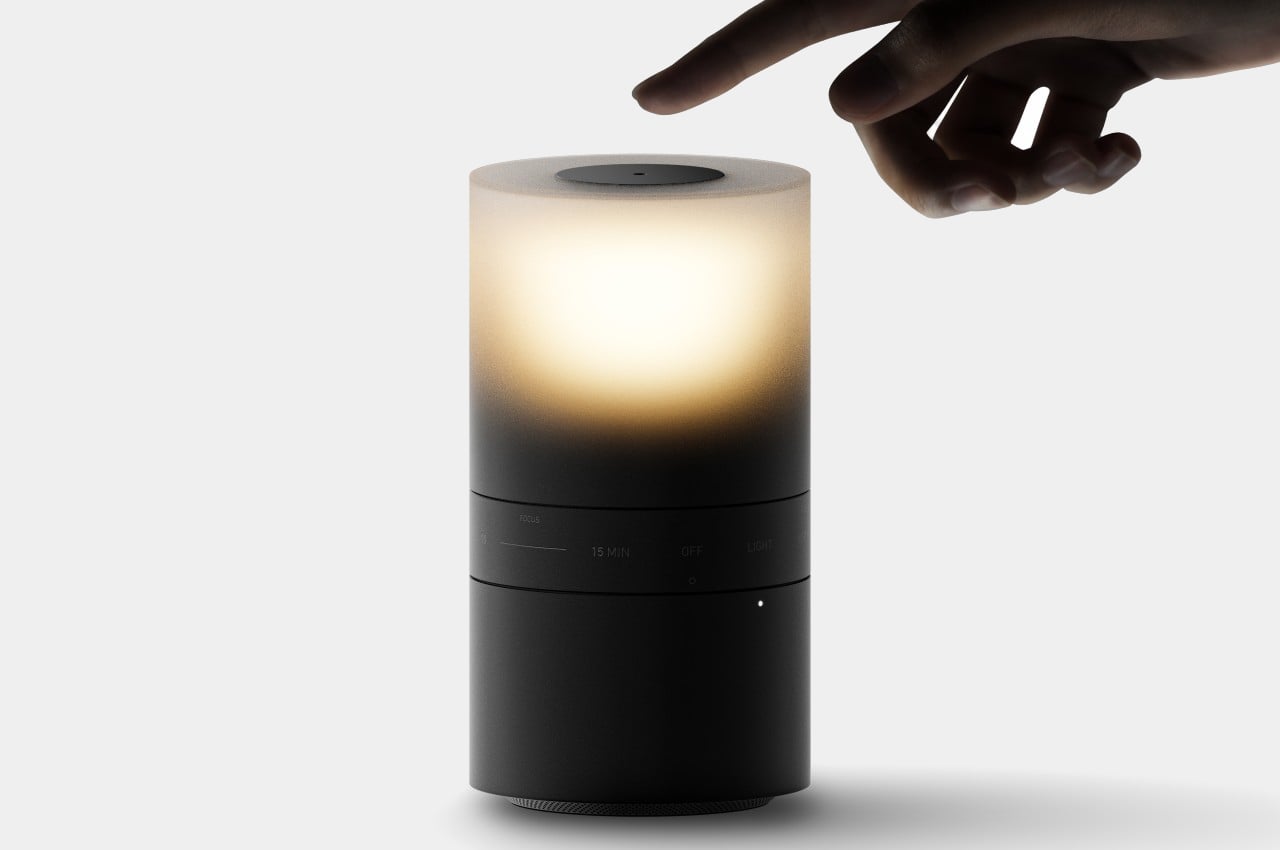
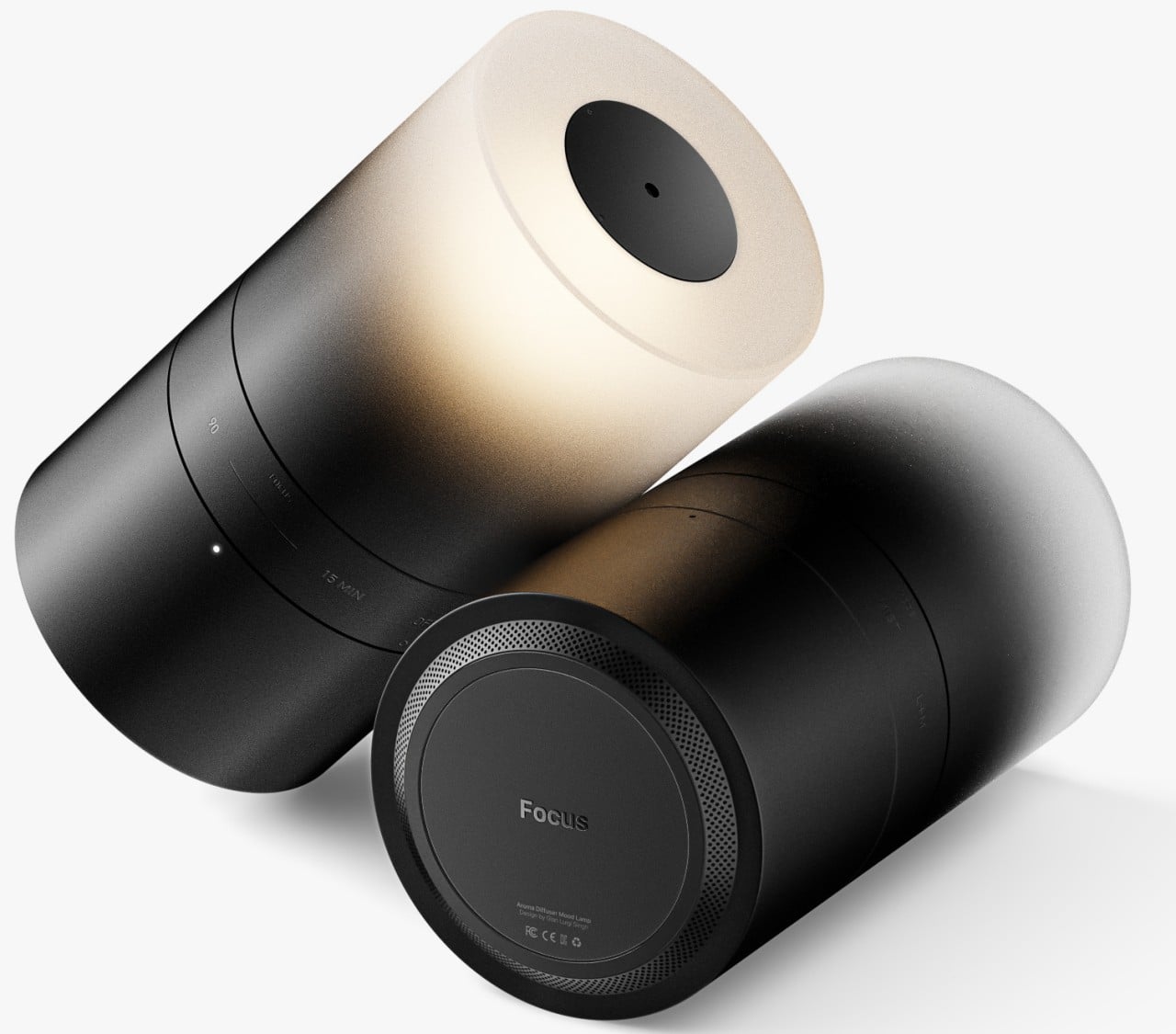
Dubbed Focus, this unique design merges an aroma diffuser and a mood lamp to form an object that will remind you of a scented candle. Focus is meant to touch your different senses, letting you unwind, and enter a soothing meditative state, where you can leave all your cumbersome worries behind.
Why is it noteworthy?
In its unlit mode, Focus resembles a small wireless speaker, but when turned on, it allows you to take a break and relax, while also encouraging you to be mindful, and helping you to focus at the task on hand.
What we like
- Lets you take little breaks, and enjoy the present moment
What we dislike
- It’s a concept, so we are unsure how the actual product will turn out to be
10. Gingko Smart Diffuser Lamp
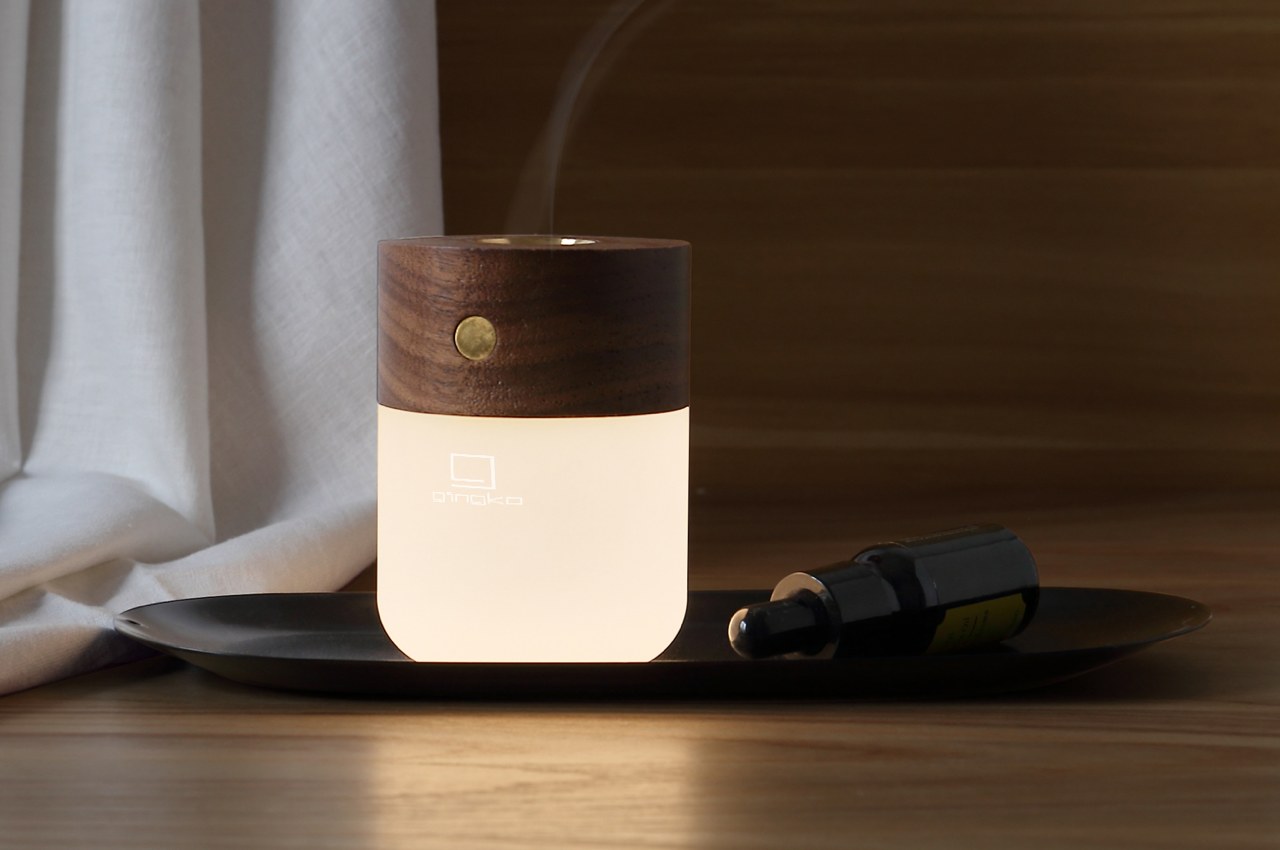

This is the Gingko Smart Diffuser Lamp – it is equipped with a monolithic form that holds a fragrance diffuser in its upper half, and a compact, well-designed desk lamp in its lower half, allowing it to function as a smart dual-functional product design, that you can place on your desk or bedside table.
Why is it noteworthy?
Made from a combination of wood, copper, and frosted acrylic glass, the diffuser has an earthy warm appearance that is typically seen in most of Gingko’s products, creating a product that is minimal, calming, and surreal.
What we like
- A portable little device that you can carry around with ease
What we dislike
- Some people may not prefer wood as their material of choice for diffusers
The post Top 10 Meditation Tools To Help You Achieve A Zen Mental State first appeared on Yanko Design.

